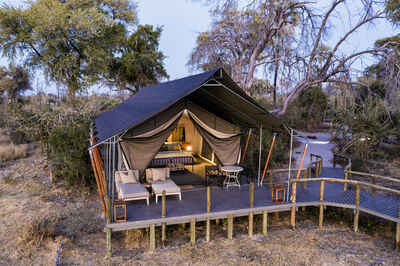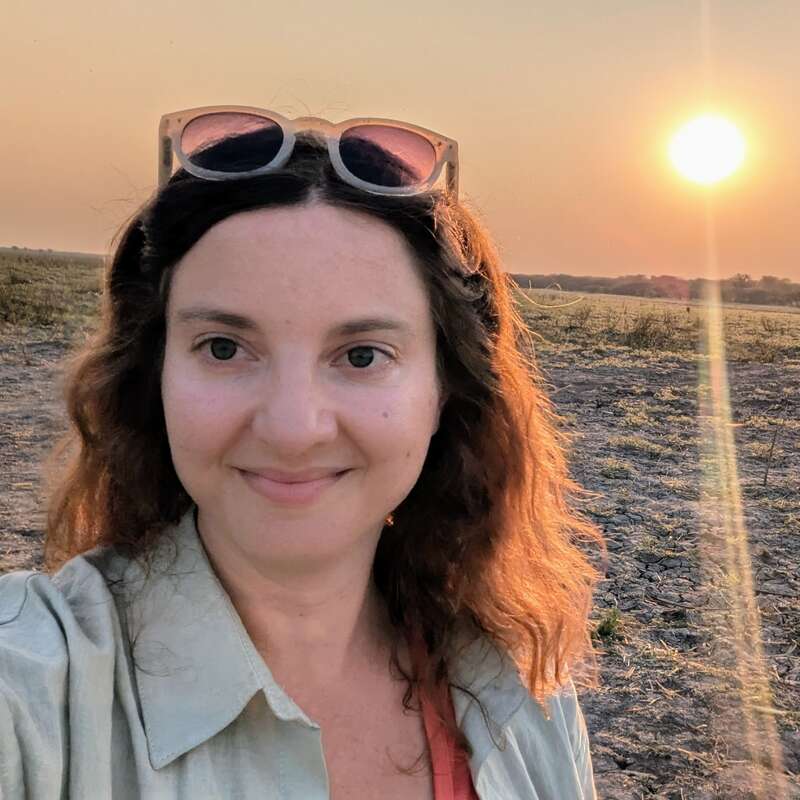About Gomoti Plains Camp
Riverine forest, open floodplains and the river itself: it’s a winning combination for wildlife at Gomoti Plains Camp.
And the best of it is that for guests here, exploring the surrounding area – whether on a 4WD game drive, on the water or even on foot – is exclusive to them.
Overlooking a tributary of the Gomoti River, the camp lies in a private, community-run reserve in the south-east of the iconic Okavango Delta. Shaded by tall, elegant palms and mature leadwoods, it’s in a beautiful spot, its 10 safari tents reached along sandy paths that meander through the vegetation.
While paraffin-style lanterns set a classic safari tone at dusk, the interior of each tent has a far more contemporary feel: smart, light and bright, with wooden floors and anglepoise lamps. Chairs and a daybed on the wooden deck mean you can watch for wildlife in comfort – and privacy. Outdoor (as well as indoor) showers add a hint of adventure; in-room spa treatments a touch of indulgence.
The light hand behind the décor runs through the main area, where high stools at the bar contrast with large sofas and armchairs in the lounge. A pool deck set with sunloungers, chairs around a convivial firepit, and the potential for communal dining encourage a truly inclusive atmosphere; what better way to mull over the day?
Our view
Our expectations were high when we first visited Gomoti Plains Camp in October 2017 and we haven’t been disappointed yet. On our most recent visit in December 2019 we were still thoroughly impressed with the quality of the camp, the level of service and the diversity of wildlife in the area. It's a modern classic camp, well designed, comfortable and relaxed – and very well-priced for what it offers. Being in a private concession, the game-viewing experience is also relatively exclusive, making for a winning combination.
Accommodation
10 tented room
Children
Best for aged 8+
Open
All year
Activities

4WD Safari

Birdwatching

Boat trip

Fishing

Guided walking safari

Helicopter

Mokoro

Night drive

Private activities
Traveller reviews of Gomoti Plains Camp
38 real, un-edited reviews from Expert Africa's travellers.
Arrived 9 Sep 2023, 3 nights
"Gomoti Plains Camp review"
Overall rating: Excellent
Arrived 15 Sep 2023, 3 nights
"Gomoti Plains Camp review"
Overall rating: Excellent
Arrived 3 Aug 2023, 3 nights
"Gomoti Plains Camp review"
Overall rating: Excellent
Arrived 12 Nov 2022, 3 nights
"Gomoti Plains Camp review"
Overall rating: Excellent
Arrived 9 Sep 2022, 3 nights
"Gomoti Plains Camp review"
Overall rating: Excellent
Arrived 4 Jul 2022, 4 nights
"Gomoti Plains Camp review"
Overall rating: Excellent
Arrived 21 May 2022, 3 nights
"Gomoti Plains Camp review"
Overall rating: Excellent
Arrived 17 May 2022, 3 nights
"Gomoti Plains Camp review"
Overall rating: Excellent
Arrived 23 Jul 2021, 3 nights
"Gomoti Plains Camp review"
Overall rating: Good
Arrived 15 Feb 2020, 4 nights
"Gomoti Plains Camp review"
Overall rating: Excellent
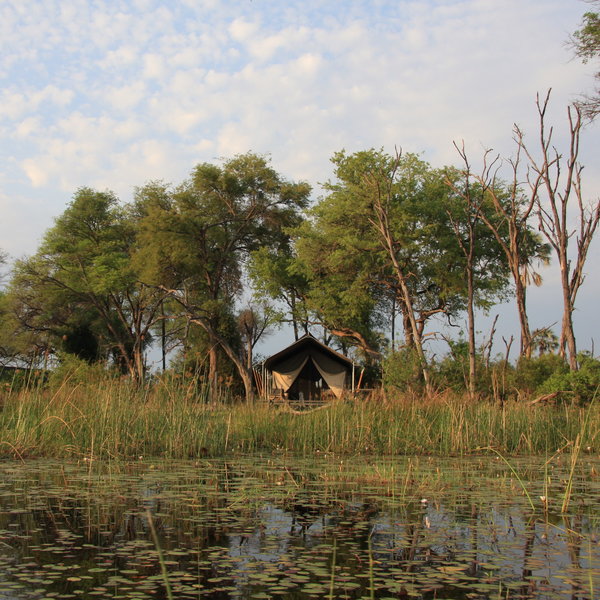
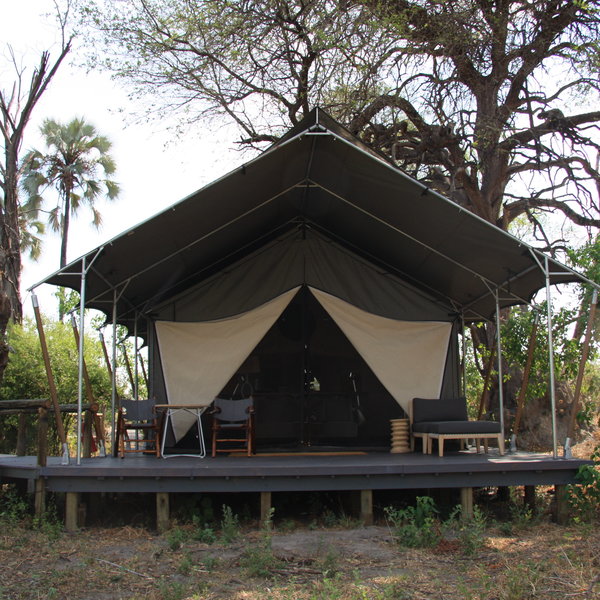
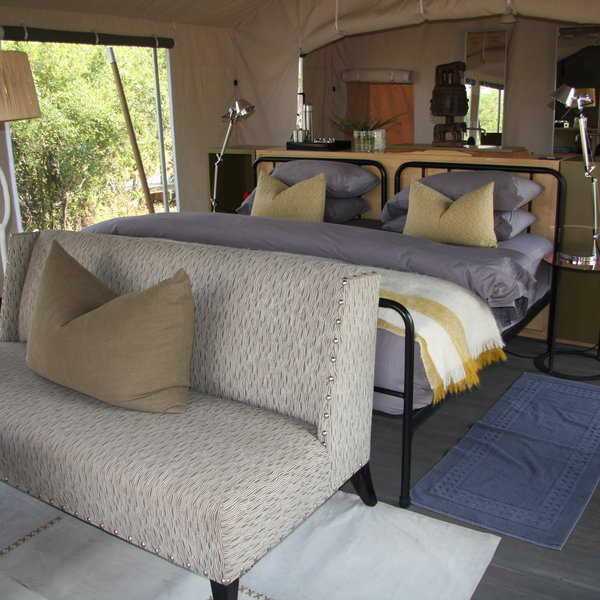
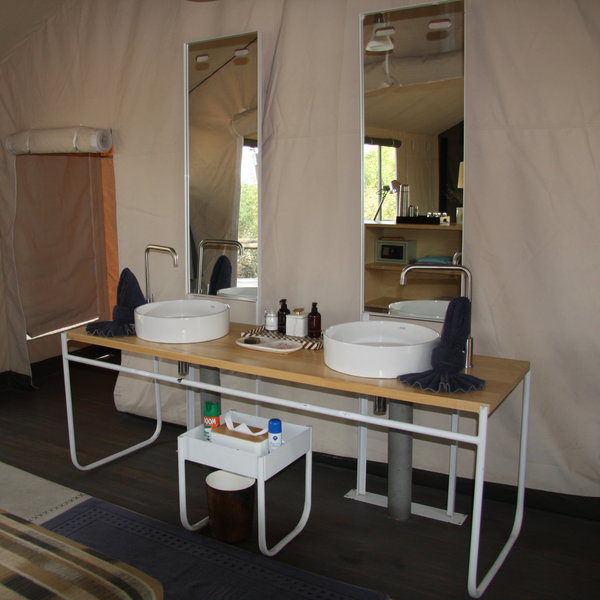
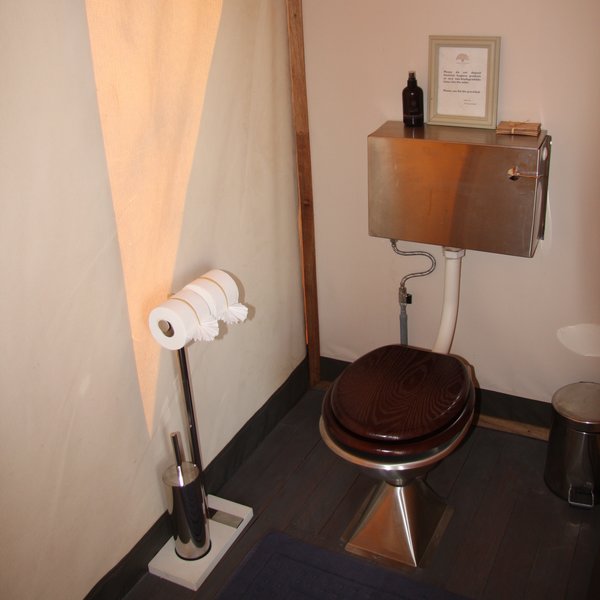
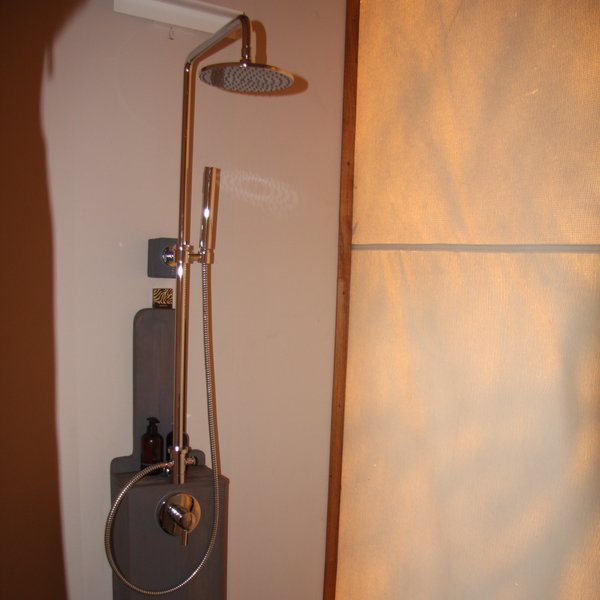
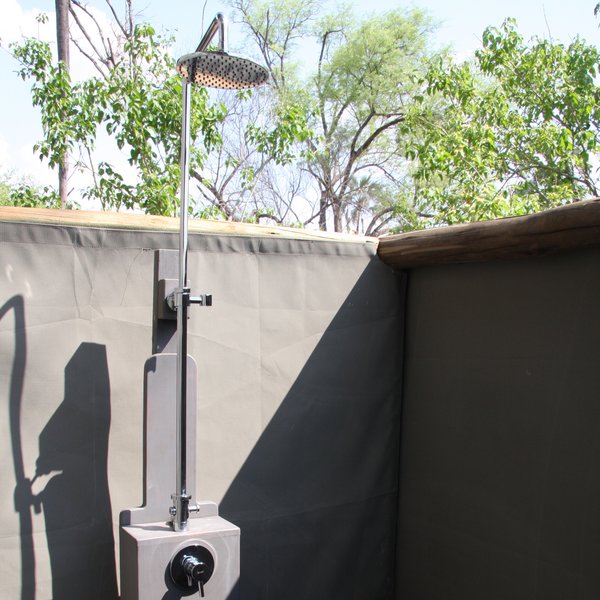
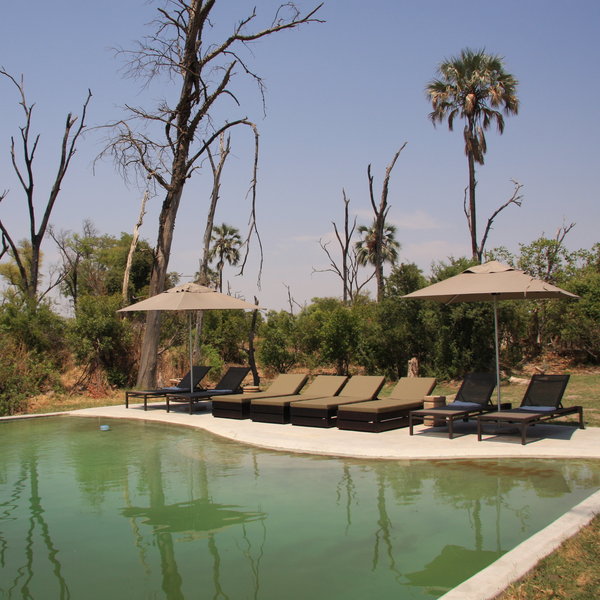
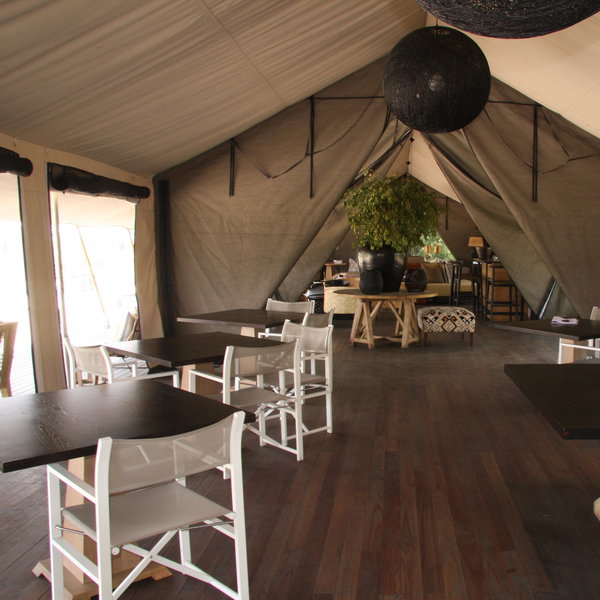
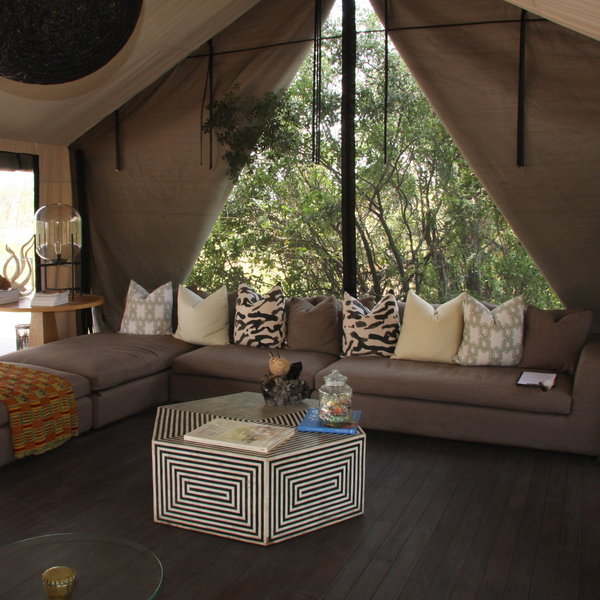
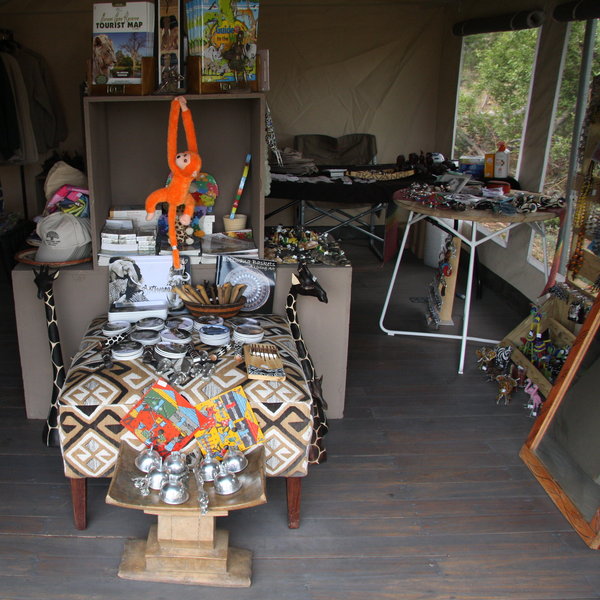
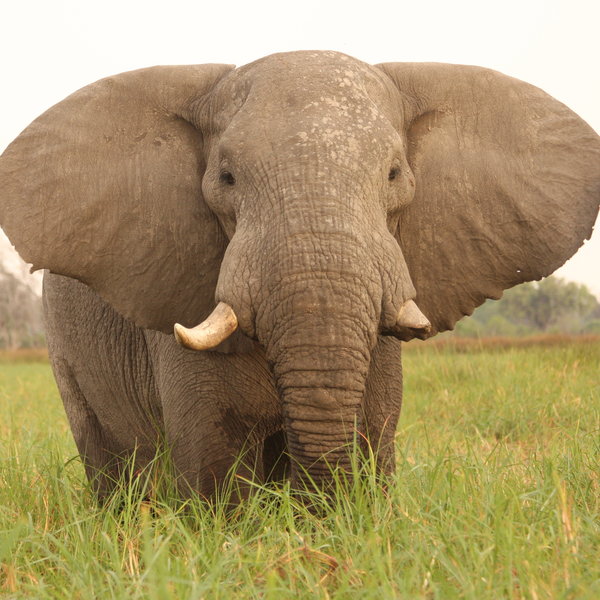
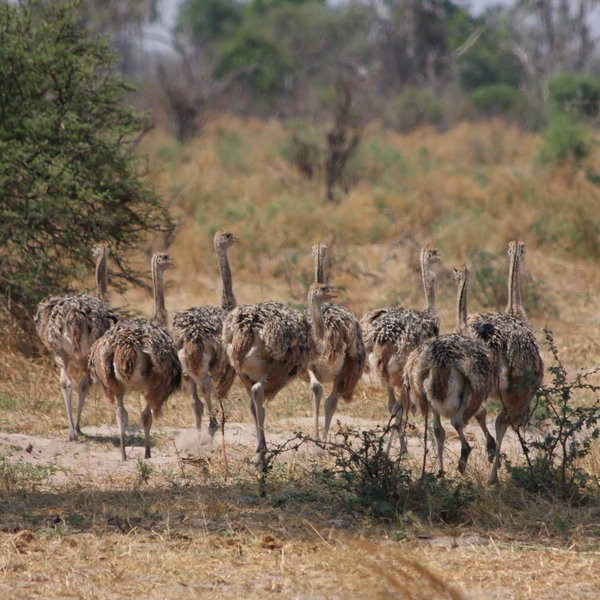
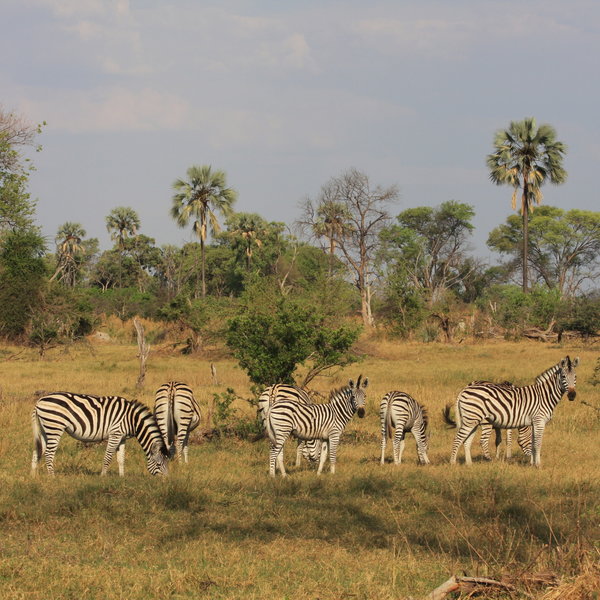
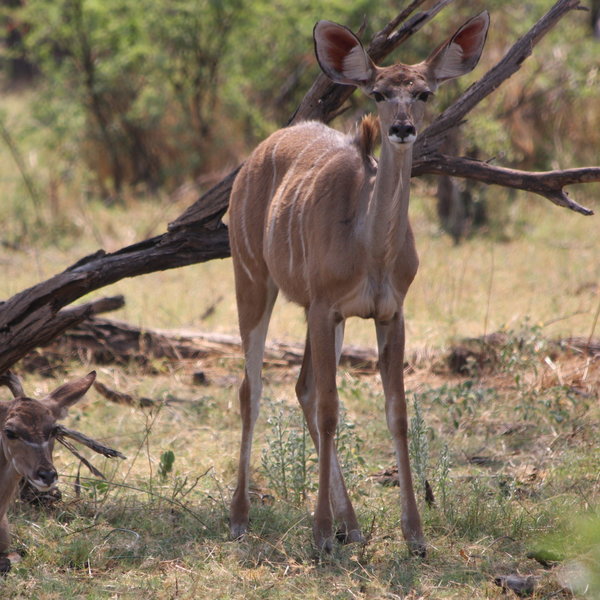
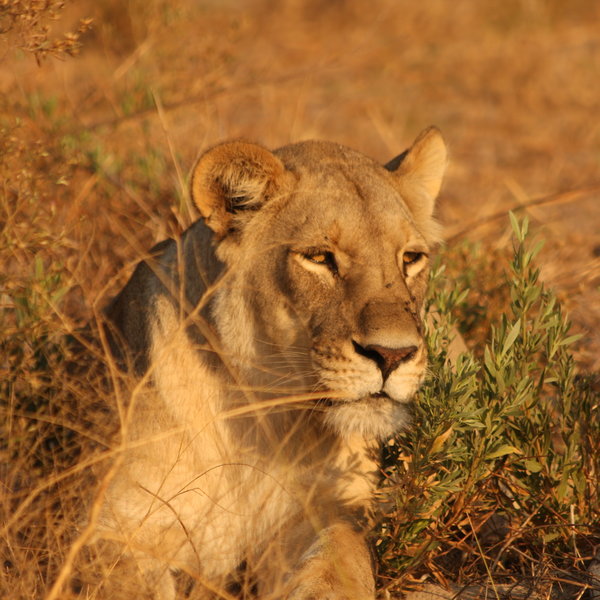
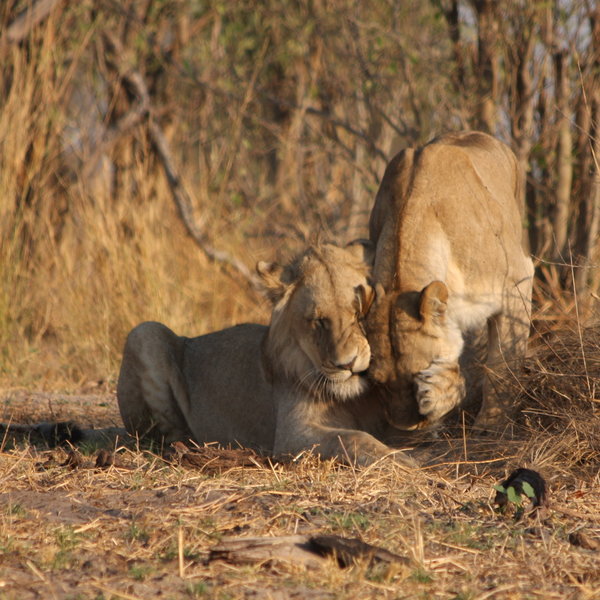
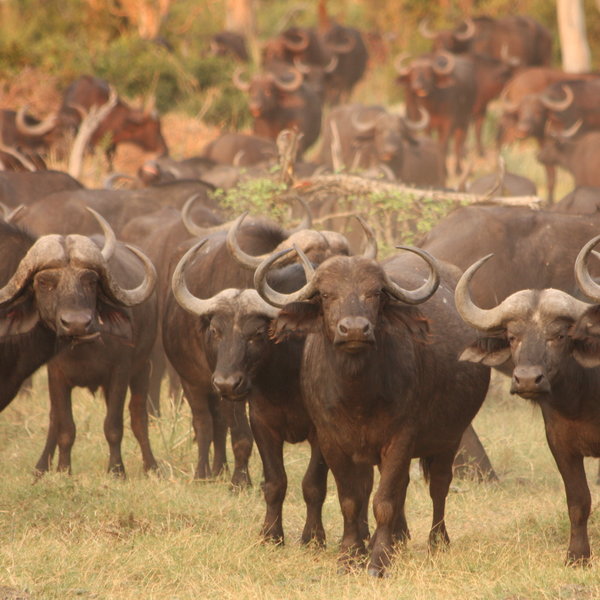
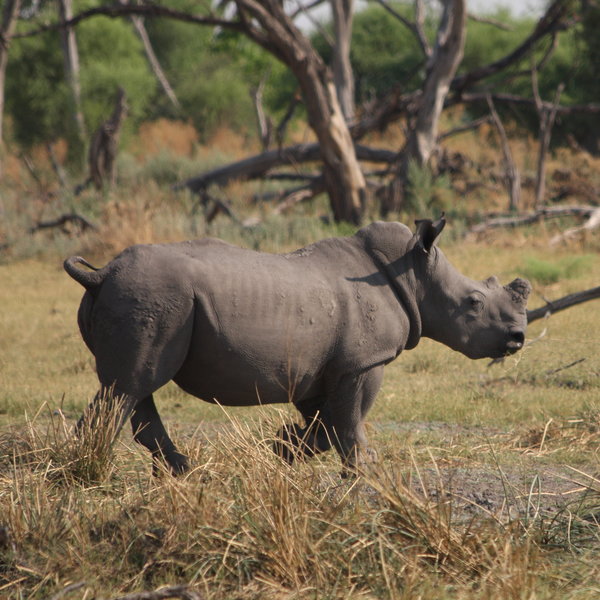
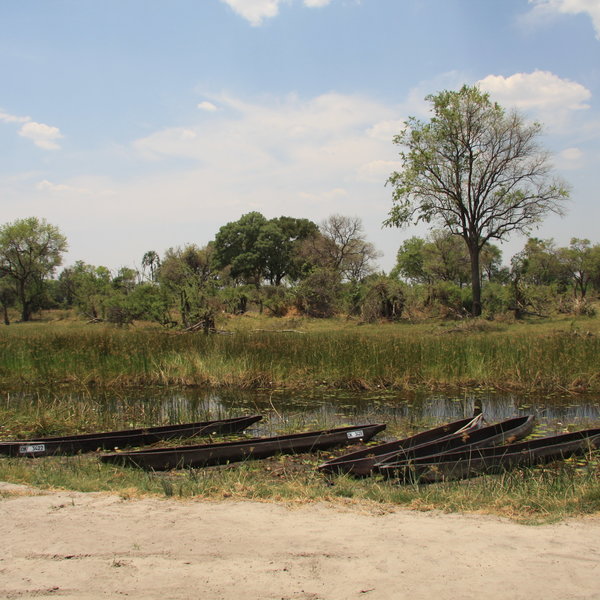
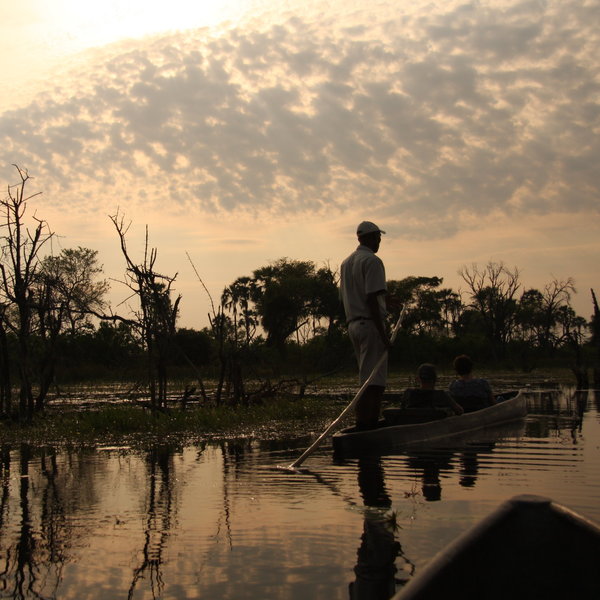
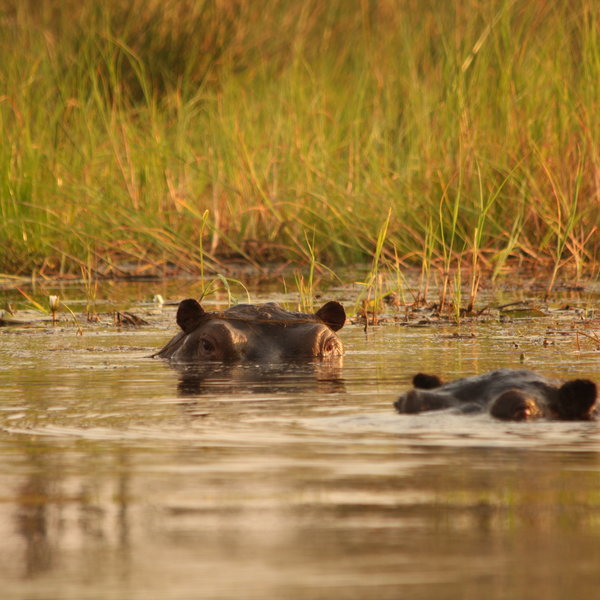
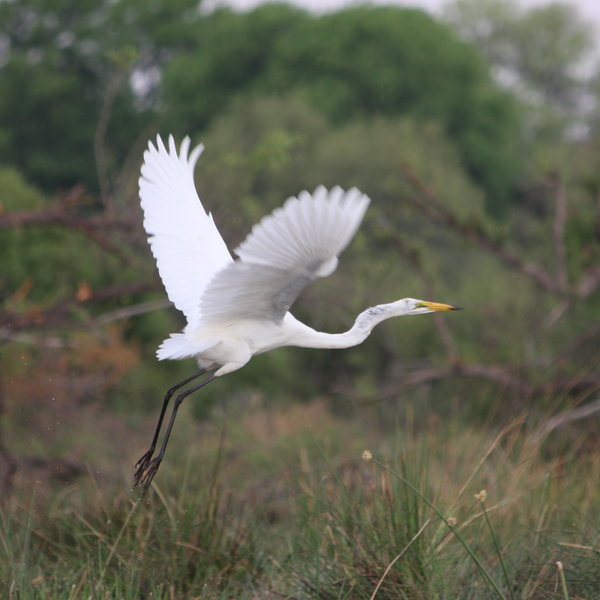
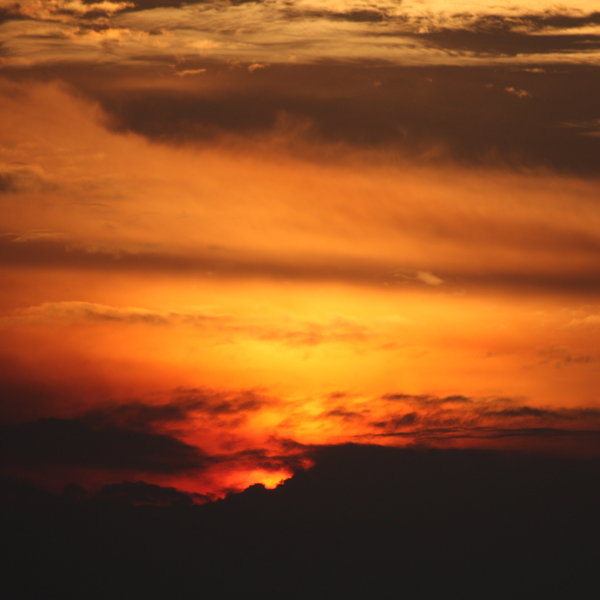
Expert Africa's gallery
When we travel we take lots of photos ourselves to give you a real and un-edited view of the safaris. See our 89 pictures of Gomoti Plains to get the candid view.
View gallerySafaris visiting Gomoti Plains
Just ideas, we'll always tailor-make a trip for you
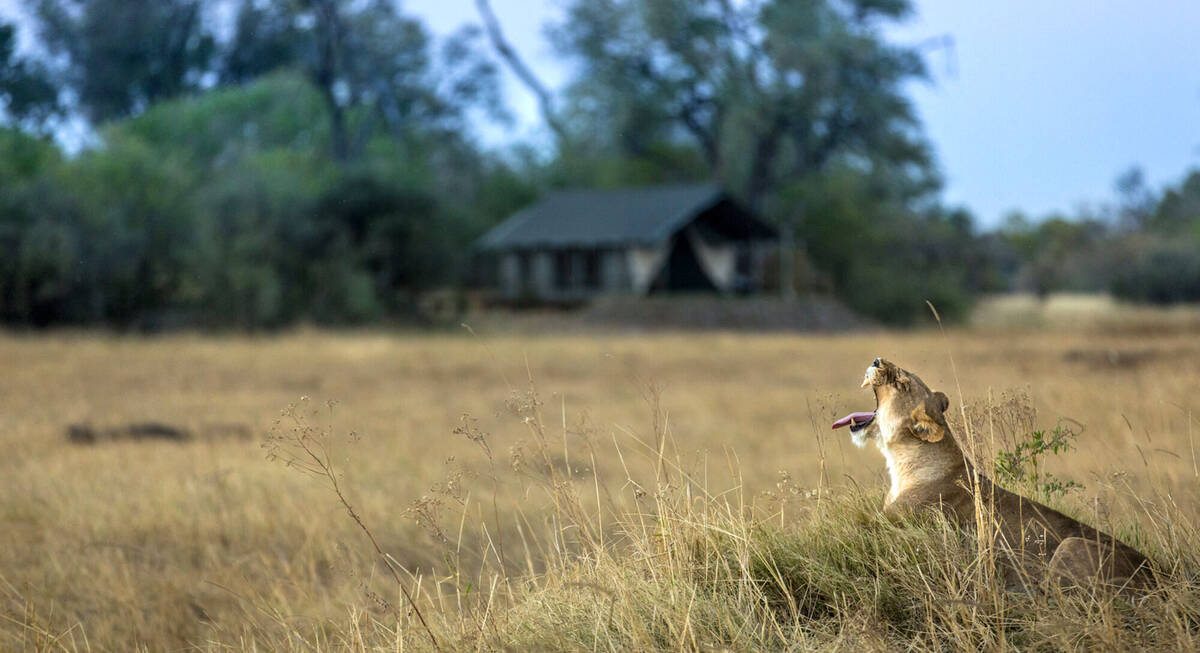
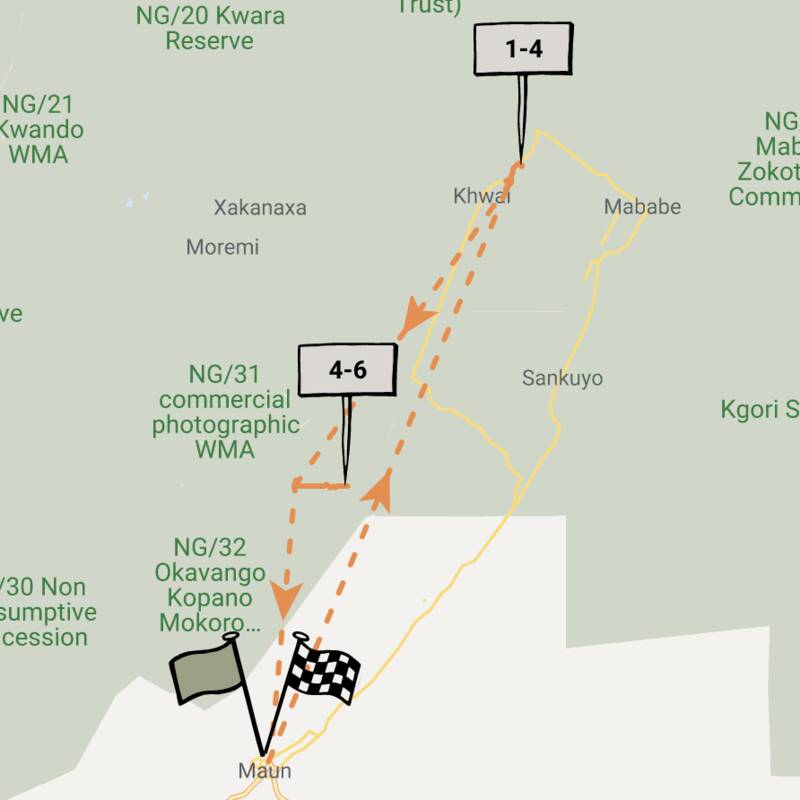
Aardwolf Safari
5 days • 2 locations • 1 country
MAUN AIRPORT TO MAUN AIRPORT
Two sister-camps within private concessions bordering Moremi Game Reserve offer access to excellent game, varied landscapes and a range of land and water-based safari activities. A great-value safari in one of Botswana’s best wildlife regions.
Visiting Moremi & Surrounds, Okavango Delta
US$5,830 - US$9,430 per person
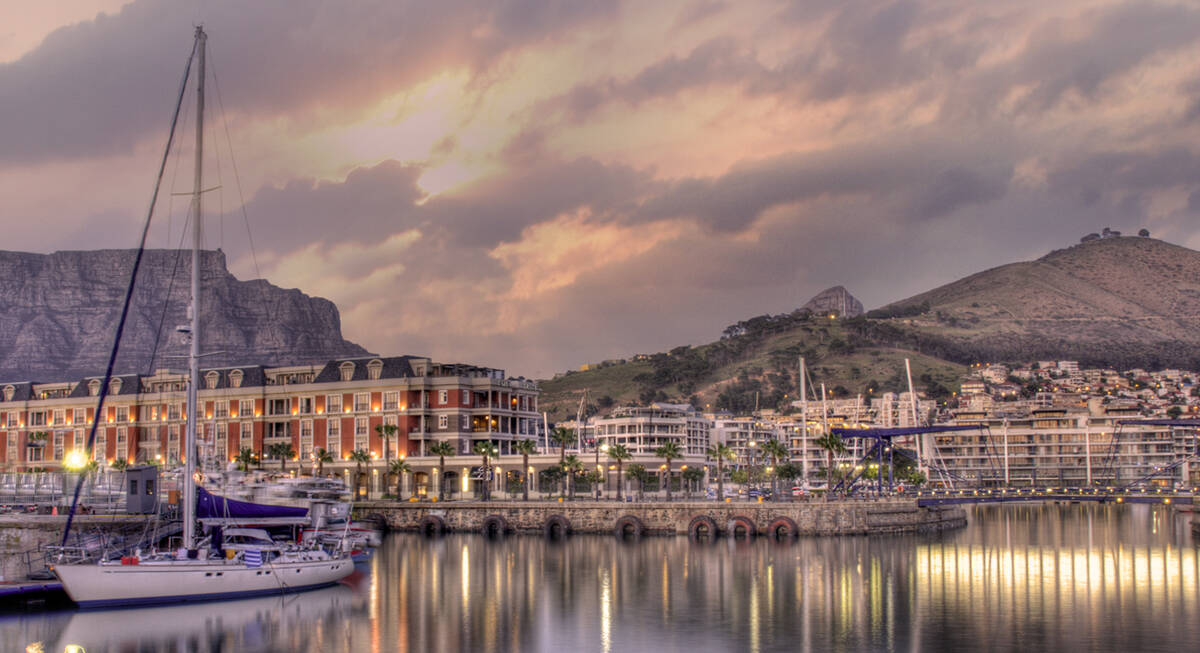
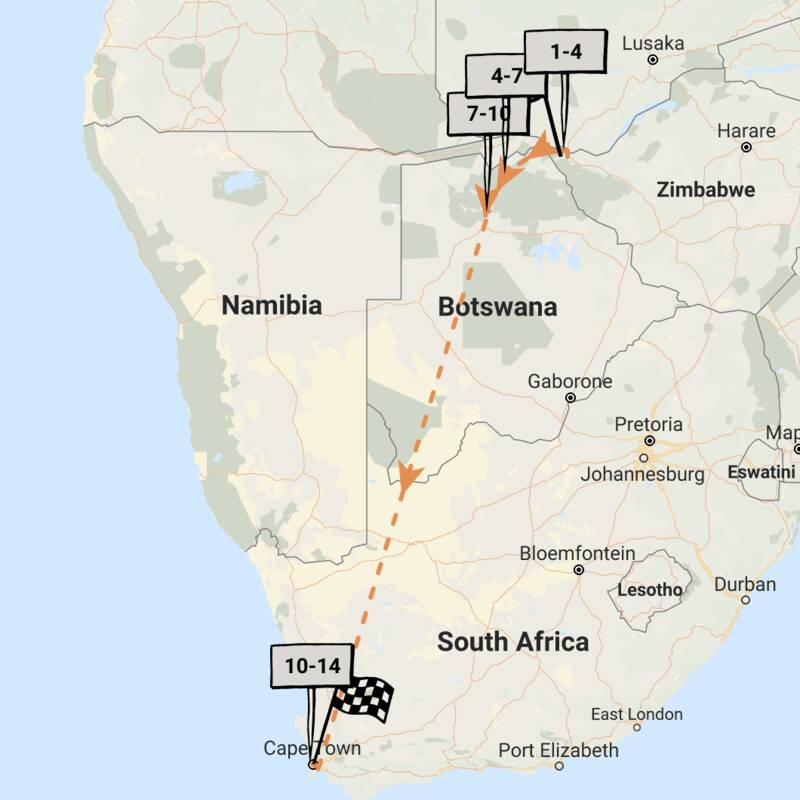
Leopard Safari
13 days • 4 locations • 3 country
VICTORIA FALLS AIRPORT TO CAPE TOWN AIRPORT
Victoria Falls, Botswana and Cape Town – a classic southern African itinerary combining luxury, wilderness, safari and culture. We can't think of a better way to spend two weeks.
Visiting Victoria Falls, Chobe and 2 other areas
US$15,260 - US$18,150 per person
Gomoti Plains Camp: Our full report
Overlooking a tributary of the Gomoti River, the classic Gomoti Plains Camp is in a beautiful location.
It was opened in April 2017 in a private, community-run concession (NG32) in the south-east of Botswana's Okavango Delta. Surrounded by riverine forest with tall, elegant fan palms, leadwoods and knobthorn trees, it offers a good diversity of wildlife.
Gomoti Plains lies in the large NG32 concession of the Delta, which has been subdivided into three zones (1, 2 and 3), each operated exclusively by a separate safari company. Gomoti Plains sits in the north-east of zone 3, not far from the main Gomoti River. The camp is privately run by a new generation of sustainable safari operators, under the same ownership as Machaba Camp and Little Machaba in the Khwai Community concession.
The area within the vicinity of camp has a mixture of habitats. Coming from the airstrip you will pass through an area of mopane woodland, before going into shorter mopane scrub, then open grasslands before getting to the riverine forest and floodplains of the Gomoti River system. In the wet season the floodplains around the river and its tributaries swell with water, small pans fill up in the grasslands and the animals move out of the riverine forest and floodplains (where they reside during the dry season) and move into the grasslands. Some of the exciting big game found in this area includes wild dog, prides of lion, leopard, hippo, big herds of buffalo, and even cheetah, as well as plentiful plains game such as zebra and giraffe. Rhino, that used to be found have, have now been translocated.
Along a sandy path that weaves through the riverine vegetation, Gomoti Plains has 10 'modern meets classic safari style' tented rooms, all very well spaced out. Set back slightly from the river on wooden decks just a step off the ground, eight of these are standard twin or double rooms; the other two are designed for families. All are minimalist in design yet they're smart, light and bright – a refreshing change from the rather dark interiors at some of the older camps in Botswana. It's clear that a good deal of thought has gone into the design, and we liked the tents a lot.
To the front of the of each tent is a two-piece day bed as well as a table and a couple of chairs that are a more comfortable take on directors' chairs. From here in all but two tents you can watch birds and other wildlife around the small river and on the floodplain.
Inside the tents, accessed through large zipped doors, the bedroom and bathroom areas feature muted greys, greens and beiges. A couple of mats add comfort and warmth to the wooden floors, and a large fan will help to help keep you cool in the warmer summer months.
Facing the doors and the views beyond, simple, but very comfortable, metal-frame beds can be made up as either twins or doubles, with a bedside table and an anglepoise lamp on each side. At the foot of the bed are a comfy sofa with a small circular table carved from a tree stump, and a modern standing lamp, while behind the bed is a large unit with shelves and hanging space for clothes and other bits and pieces. Here you'll also find a flask of cold water, a digital safe, shoe polish and a couple of kikois – cool wraps that are great for use in really hot weather.
At the back of each tent, the en-suite bathroom can be separated from the bedroom by a large dividing screen. His and hers white ceramic washbasins are set into a light wood and metal frame with two large mirrors suspended above these. There is more hanging space here, too, with bathrobes and slippers, a laundry basket and complimentary toiletries provided. The toilet and shower are in separate cubicles, each with a roll-down door for privacy, and a separate door leads from the indoor shower to an enclosed but open-topped outdoor shower.
The two family tents are made up of two similar tents linked through a small lounge area with a shared bathroom at the rear.
In 2018 Gomoti Plains Camp added a private villa which they’ve called Gomoti Private. It’s located at the far end of camp and has exactly the same layout and design as the main camp, but on a smaller scale. There are just two tented rooms; one of them is a two bedroom family room, and the other they refer to as the honeymoon suite which has the added extra of an outdoor bath. Gomoti Private is self-contained and operates completely separate to the main camp, with its own lounge and dining room, plunge pool, private chef and private guide. It’s a great option for small groups and families looking for an exclusive safari experience.
The tented main area at Gomoti Plains Camp is light and airy, and has a modern safari feel, with views over the river and narrow floodplain to the trees beyond. In the entrance, a massive vase forms a striking centrepiece, with the dining area on one side, and a comfortable lounge to the other. Various maps of the region adorn the walls and the muted décor of beige, grey, mustard and green tones combines with a hardwood floor to give the feel of understated luxury.
The well-furnished lounge features large comfy sofas and chairs, and a sizeable bookcase with a good selection of books and magazines on local wildlife, plants, geography and history, as well as board games for children and adults. There is also a small bar with high stools where drinks are served (or you can help yourself in the absence of anyone to serve you).
In the dining area, simple but stylish chairs and tables are set up individually at breakfast and lunch but are usually combined in the evening into one or two larger tables for a more sociable atmosphere. However, these arrangements are very flexible and the friendly staff are happy to accommodate your wishes. Tea and coffee are also found here, along with a water dispenser of cold filtered water where you can help yourself throughout the day.
The front of the main tent opens out onto narrow decking with more seating, and beyond this is a tidy sandy area where early morning coffee/tea and pre- dinner drinks are served around a campfire. At night, paraffin lamps hanging from stands scattered around create a feel of old-time safari and romance.
Just a stone’s throw away is the curio tent, with a good selection of clothes, books, local artefacts etc, while continuing a little further brings you to the moderately sized, walk-in entry swimming pool overlooking the river. Here, a concrete deck is set with sunloungers and a couple of umbrellas – a great spot to relax after a long game drive.
On all our visits to Gomoti Plains, the game-viewing has been incredibly good – both in numbers and diversity of wildlife. The birdlife was also varied and plentiful with both land and water species in abundance. We understand that wildlife remains pretty good all year round due to the varied topography of the area, and we have witnessed this ourselves on recent trips in September and November 2018, and December 2019. We’ve seen leopards, a young lioness kill a warthog, red lechwe galore, hippos, crocs, hyena, a heard of roughly 700 buffalo and rhino (note though that rhino are no longer present in this area).
To explore the area around Gomoti Plains Camp, activities focus on day and night 4WD game drives, mokoro excursions and motorboat trips (depending on water levels). The camp also offers a chance to explore on foot, with guided walks (depending on the weather and the condition of the terrain) accompanied by an armed tracker. You can also indulge in a relaxing spa treatment by a qualified therapist in your room.
Water activities are a great way to get up close and personal with the many birds to be found in this area. The mokoros are launched from just in front of camp, or a 5-minute drive away when water levels are low, and the boat excursions are a short 15–20-minute drive to a deeper channel closer to the Gomoti River itself.
Aside from leopard and lion there were plenty of giraffe, zebra, kudu, warthog and hippo. The birding was varied, too, from giant eagle owls, ostrich and lilac-breasted rollers to open-billed storks and African fish eagles. From boat and mokoro trips we were able to get some great sightings of water birds: a variety of herons, darters and kingfishers, jacanas and plovers to name a few, and we also came relatively close to elephant on the way back into camp.
Although you will cross into the neighbouring zone coming from and going to the Qorokwe airstrip, you should not see vehicles from camps in the other zones during your game drives at Gomoti Plains, as they do not share traversing rights. Thus game drives here are more exclusive than at either of its sister camps on the Khwai River.
As at the other two camps, the managers at Gomoti Plains are more than happy to take guests on a back-of-house tour, which we found really interesting. You'll see how the camp is designed to limit any negative impact on the environment. This includes a sophisticated system of solar panels; low-energy appliances such as fridge-freezers that require little more energy than a couple of lightbulbs; and waste disposal systems that see organic waste neutralised before being returned to the environment in a harmless form, with all non-organic waste taken to Maun for recycling.
Activities
4WD Safari
Birdwatching
Boat trip
Fishing
Guided walking safari
Helicopter
Mokoro
Night drive
Private activities
Families & children
- Attitude towards children
- Children of all ages are welcome at Gomoti Plains Camp.
- Property’s age restrictions
- There is no minimum age, but families with children younger than six years must book a private vehicle at additional cost.
Children under 12 are not allowed to participate in mokoro or walking activities. - Special activities & services
- They can offer children a different choice of food at mealtimes and the timings of meals can also be flexible.
There are some games in the main area, and have a children's activity book, including colouring and collecting activities. - Equipment
- None, although the camp does have two family tents.
- Generally recommended for children
- We would recommend Gomoti Plains for mature children who have a keen interested in wildlife.
- Notes
- Gomoti Plains is unfenced, and dangerous wildlife, including lion and elephant, can wander through the camp at any time. There is no fence around the pool. Children must be supervised by an adult at all times.
Food & drink
- Usual board basis
- Full Board & Activities
- Food quality
- We first stayed at Gomoti Plains in October 2017 and the food was excellent, varied and tasty, giving an overriding impression of good old-fashioned home-style cooking. On our most recent visit in December 2019 the food was just as good. With advance notice, the camp can cater for vegetarians and other dietary requirements. They will also prepare special meals for children, on request.
Prior to the morning activity, there's a light breakfast of cereal, yoghurt, muffins/pancakes and fresh fruit, with the added option of a cooked breakfast and toast.
Brunch is served after returning from the morning activity. We enjoyed fried hake, spicy potato wedges, a lettuce, feta and tomato salad and freshly baked bread. Fruit and cheese platters were available for dessert.
Shortly before heading out on the afternoon activity tea is served. We really enjoyed the homemade pittas which you could fill with chicken and beef and salad and cheese cheese. These were accompanied by fresh homemade lemonade, iced coffee and tea, as well as hot tea and coffee.
Shortly after you return from the afternoon activity, pre-dinner drinks are offered around the campfire before settling down to dinner. Chicken liver pate with bruschetta to start, followed by a beautifully cook lamb shank with couscous, butternut squash and green beans, rounded off with a delicious coffee mousse with a chocolate spoon! - Dining style
- Mixture of group dining and individual tables
- Dining locations
- Indoor and Outdoor Dining
- Further dining info, including room service
- Bush dinners, bush picnics, and private dining in the rooms are available upon request.
- Drinks included
- All beverages stocked in camp are included (bottled water, soft drinks, local beers, spirits and a limited selection of generally South African wines). Champagne and premium or imported wines and spirits cost extra and must be requested in advance, as these are not held in camp.
Each tent is provided with glasses and a flask of drinking water that is replenished daily. We don't recommend that travellers drink from the tap.
Our travellers’ wildlife sightings from Gomoti Plains
Since mid-2018, many of our travellers who stayed at Gomoti Plains Camp have kindly recorded their wildlife sightings and shared them with us. The results are below. Click an animal to see more, and here to see more on our methodology.

100% success

100% success

100% success

100% success

97% success

95% success

94% success

54% success

42% success

28% success

26% success

25% success

21% success

21% success

11% success

6% success

6% success

3% success
Getting there
- Location
- Okavango Delta Safari Reserves, Botswana
- Ideal length of stay
- 3–4 nights
- Directions
- It's roughly 10 minutes by light aircraft from Maun (and 45 minutes from Kasane) to Qorokwe Airstrip, followed by a 30-minute game drive to camp.
- Accessible by
- Fly-and-Transfer
Sustainability
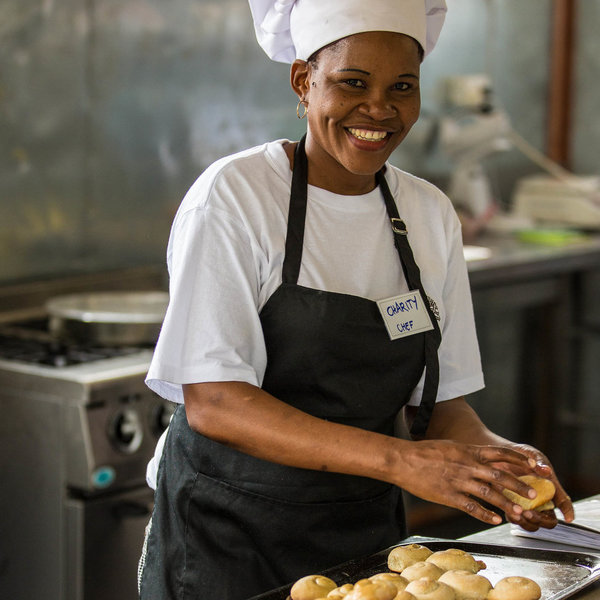
Self-sustaining safari experience
Gomoti Plains Camp: Self-sustaining safari experience
Celebrating Botswana’s low volume, eco-friendly tourism, Gomoti Plains Camp embraces the idea of sustainability in its daily operations and aims to minimize the negative impacts of tourism activity on the wildlife. Committed to being majorly self-sustaining, Gomoti Plains is especially involved in recycling or reusing waste and therefore reducing its footprint on the environment as much as possible.
Generated food waste is classified into different categories and goes under further treatment. These residues are either reproduced into fertilizers, or used to feed the animals that support the lodge’s self-sustaining farm. This way, the camp manages to supply the kitchen with fresh ingredients such as eggs, milk, honey and poultry, offering visitors an authentic taste of African dishes made off with organic ingredients. On the other hand, solid waste generated from the lodge’s operations is either reused, sent for recycling to the nearby town of Maun, or goes through a purification system. With the help of the three cleaning bio plants built under the kitchen, staff and living areas, waste is purified and broken down into substances that are suitable for returning into the environment.
Consistent efforts for minimizing its environmental footprint ensures that the lodge can remain a safe ground for the wide variety of animals living in the Okavango delta, and that Gomoti Plains Camp can continue to responsibly offer visitors memorable wildlife encounters.
See more great sustainability projects in Botswana
Communications
- Power supply notes
- They have a back-up generator
All tents have 220V multi-adaptor plug points, which can be used to charge batteries and sleep apnoea machines, but they are not suitable for hairdryers or electric razors. - Communications
- WiFi is available at a picnic table shaded by an umbrella at the back of camp, near the kitchen, though it can be a bit hit and miss at times.
Generally there is no cellphone reception; though occasionally some pops up, please do not rely on this! - TV & radio
- There is no television or radio at Gomoti Plains Camp.
- Water supply
- Borehole
- Water supply notes
- All the tented rooms have plumbed hot and cold running water for showers, and flushing toilets.
Health & safety
- Malarial protection recommended
- Yes
- Medical care
- Management and guides are level 3 first-aid trained and they have a full trauma kit on site. Medical evacuation is available in case of emergencies. However, please note that it is only possible to fly out of camp during daylight hours as the bush airstrips do not have any lighting at night. The nearest doctor is in Maun and there are hospitals in Maun and Johannesburg.
- Dangerous animals
- High Risk
- Security measures
- Guests are escorted to their tents after dark as dangerous wildlife is known to wander through the camp. 'Fog horns' are provided in the tents to summon help in case of emergency.
- Fire safety
- Each tented room has a fire extinguisher and the tents are also surrounded by an emergency irrigation system.
Useful info
- Disabled access
- In Place
- Laundry facilities
- A laundry service is included (including smalls). Laundry is collected in the morning and usually returned the same day, weather permitting. Washing powder is provided in the tented rooms for guests to wash their smalls if they wish.
- Money
- No exchange facilities are offered at Gomoti Plains. There is a small safe in each tent that can fit travel documents, cash and wallets.
- Accepted payment on location
- Mastercard and Visa credit cards are accepted, but Diners and Amex are not. Cash in the form of South African rand, GB sterling, US dollars, euros and Botswana pula is accepted.
Plan and book your trip with Expert Africa
All of our trips are tailor-made, so we'll always adapt them to suit you. Talk to an Expert and let us plan and arrange your perfect trip.

Talk to an Expert
Call or email us now! We’ll match you with the Specialist in our team who is best suited to help you. Then together we can start planning your trip.

Set up your itinerary
Based on our experience and your ideas, your specialist will create a detailed, costed itinerary. We’ll refine it together, until we have a trip that you’re perfectly happy with.

Prepare for your trip
The same Specialist will make the seamless arrangements for your trip, send you detailed travel documents, and be available to answer any questions before you depart.

Travel with peace of mind
After you set off, you’ll be cared for by our partners in Africa, most of whom have worked with Expert Africa for decades. And if you ever need us urgently, we’re available 24/7.

When you return
We love to learn about your trip, and so will always be grateful if you’ve the time to give feedback to your Specialist when you return.
Gomoti Plains Camp's location
Look closer at the environment and surroundings of Gomoti Plains.
Excursions from Gomoti Plains
Optional extra day-trips and excursions possible whilst you're staying at Gomoti Plains. Talk to us: these are usually best arranged before you go.
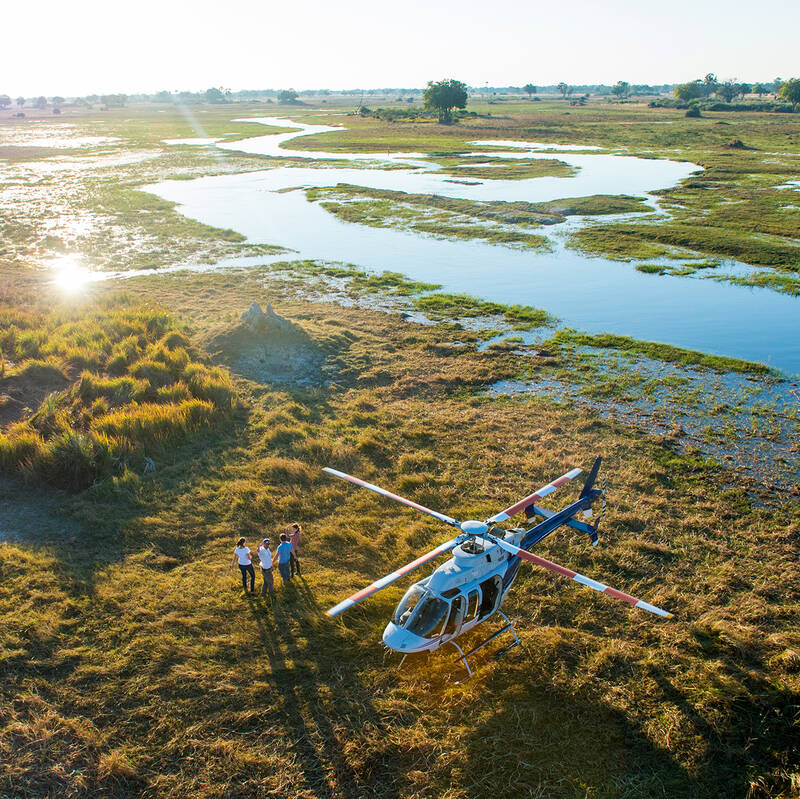
Helicopter Flight - Botswana
Various: from 30 minutes to half a day.
Low-flying, agile and offering superb views, helicopters are an ideal way to move around the Okavango Delta.You can use them instead of fixed-wing inter-lodge transfers or as an addition to other wildlife watching activities, and of course, helicopters can hover to allow that perfect pic, whereas fixed-wings can’t.
More about Helicopter FlightOther lodges in Okavango Delta Safari Reserves
Alternative places to stay in this same area.
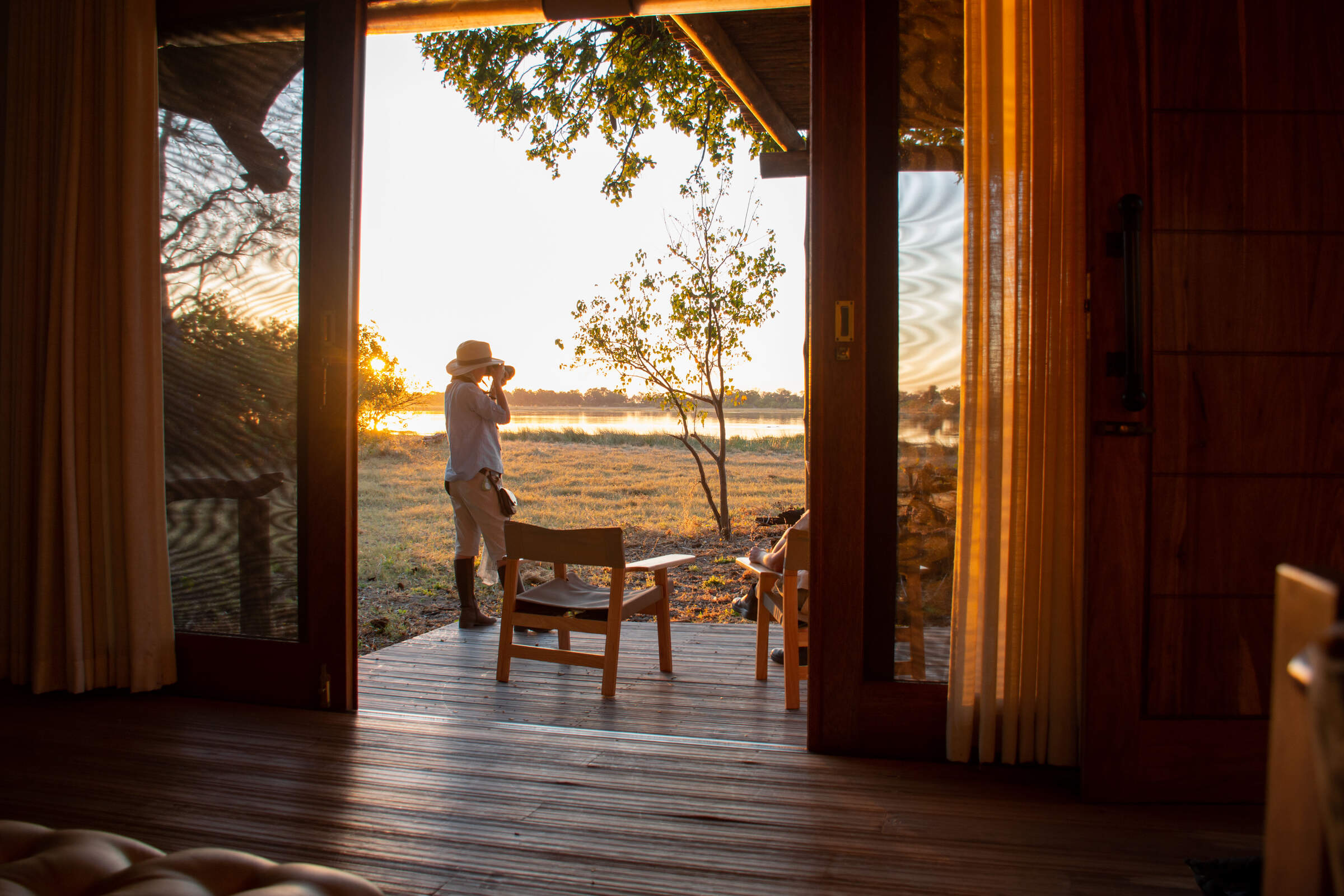
Kwara Camp
Kwara Camp's private reserve boasts land and water activities year-round, with excellent game-viewing opportunities and access to permanent channels of the north-east Okavango Delta.
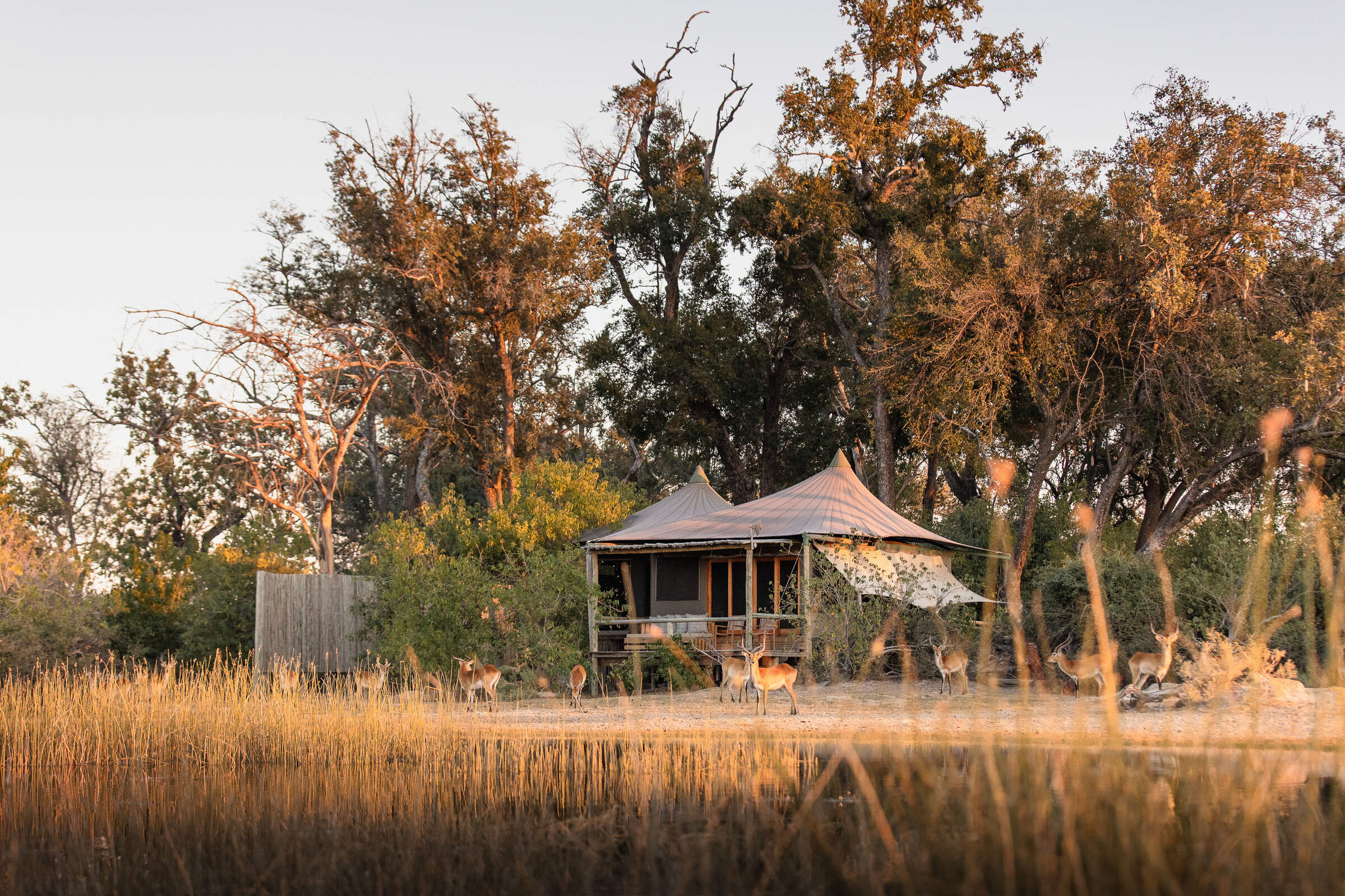
Little Vumbura
On a secluded island within a private reserve, Little Vumbura combines superb game viewing with a broad diversity of habitats in a truly picturesque setting.
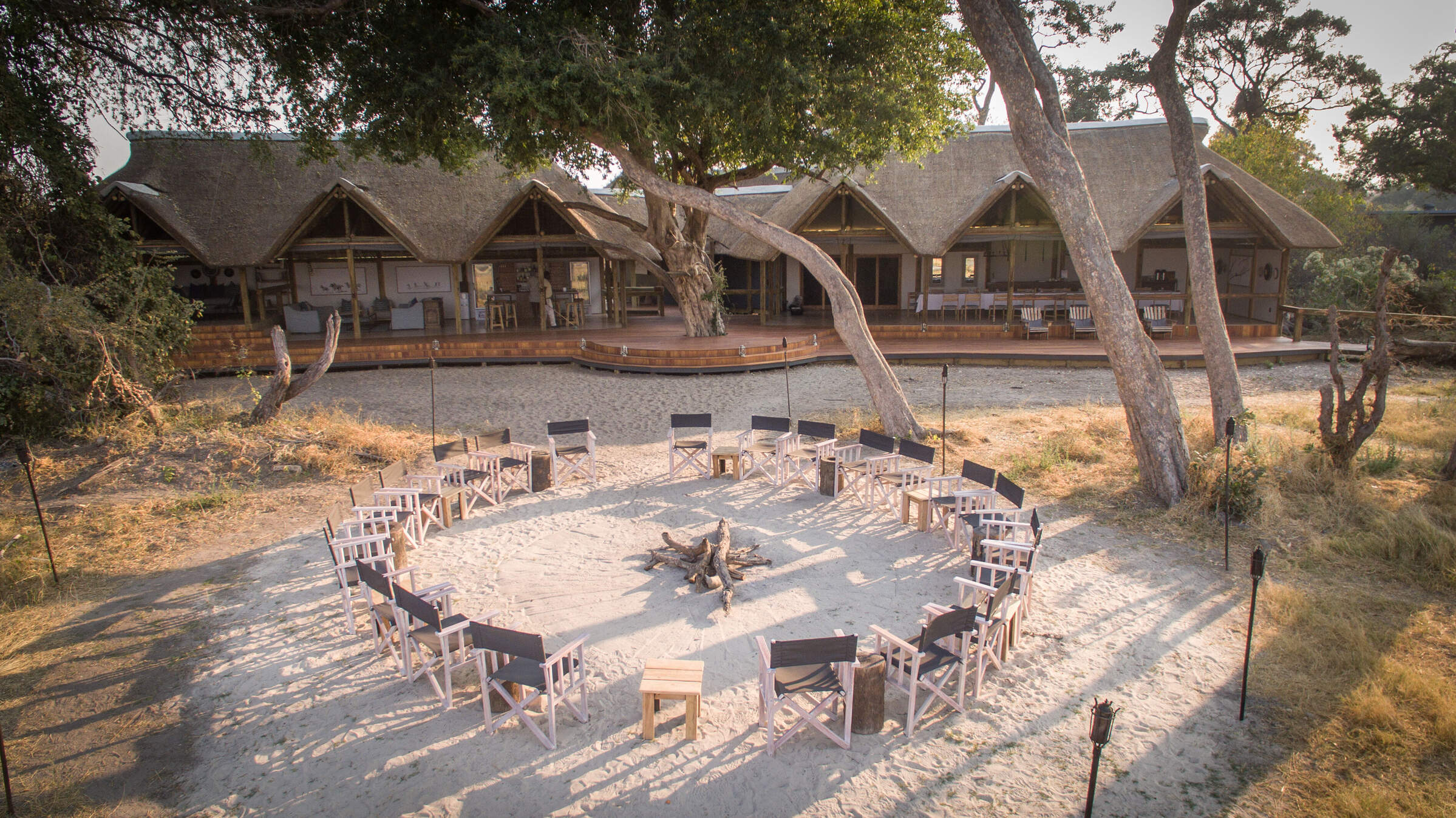
Splash Camp
Set in the Kwara Reserve, offering superb wildlife viewing year-round, Splash offers both land and water activities led by guides with a particular knack for tracking big game.
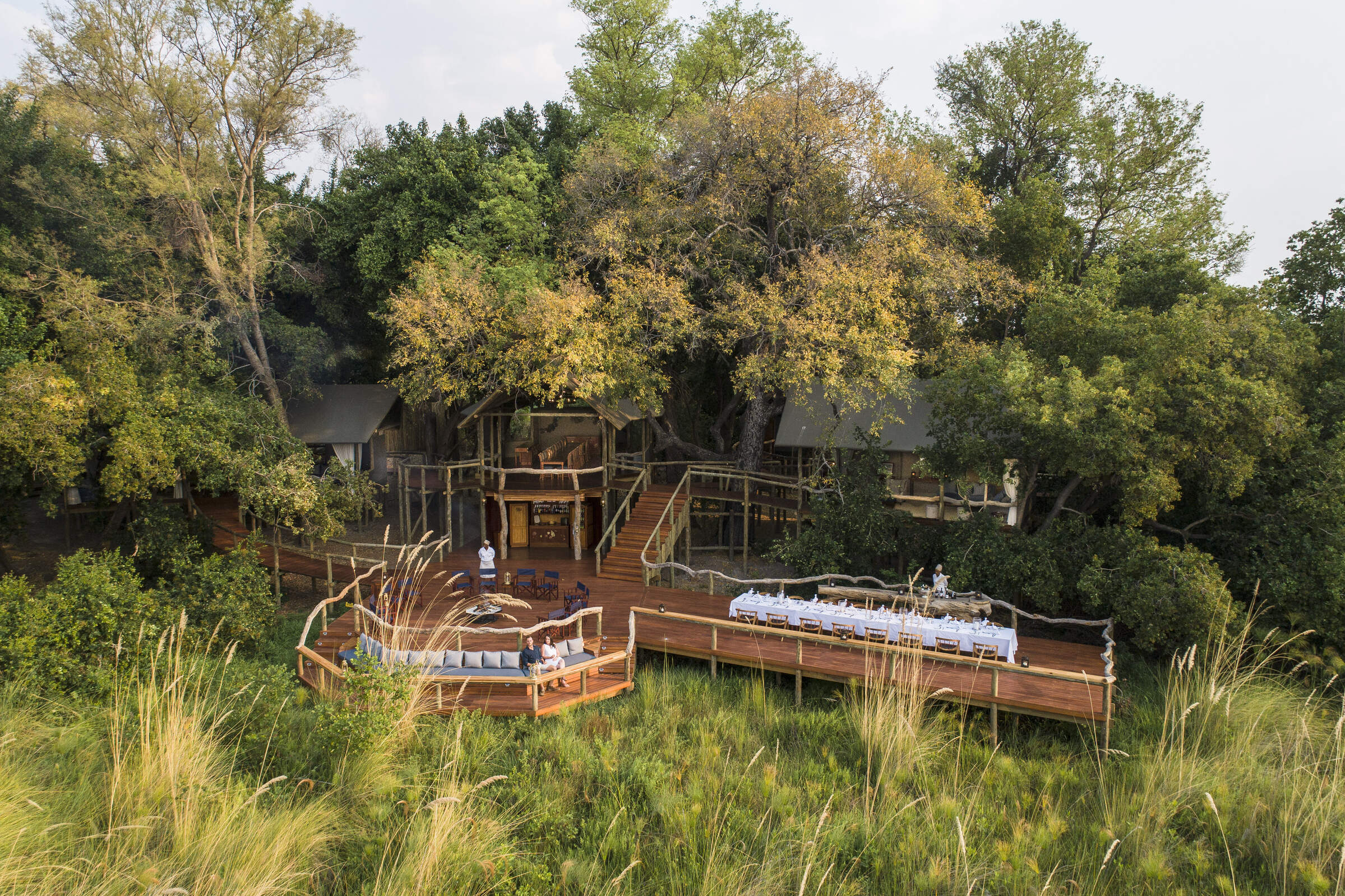
Shinde Camp
With experienced staff and a wealth of activities, Shinde offers a traditional safari in an exceptionally varied and wildlife-rich environment.
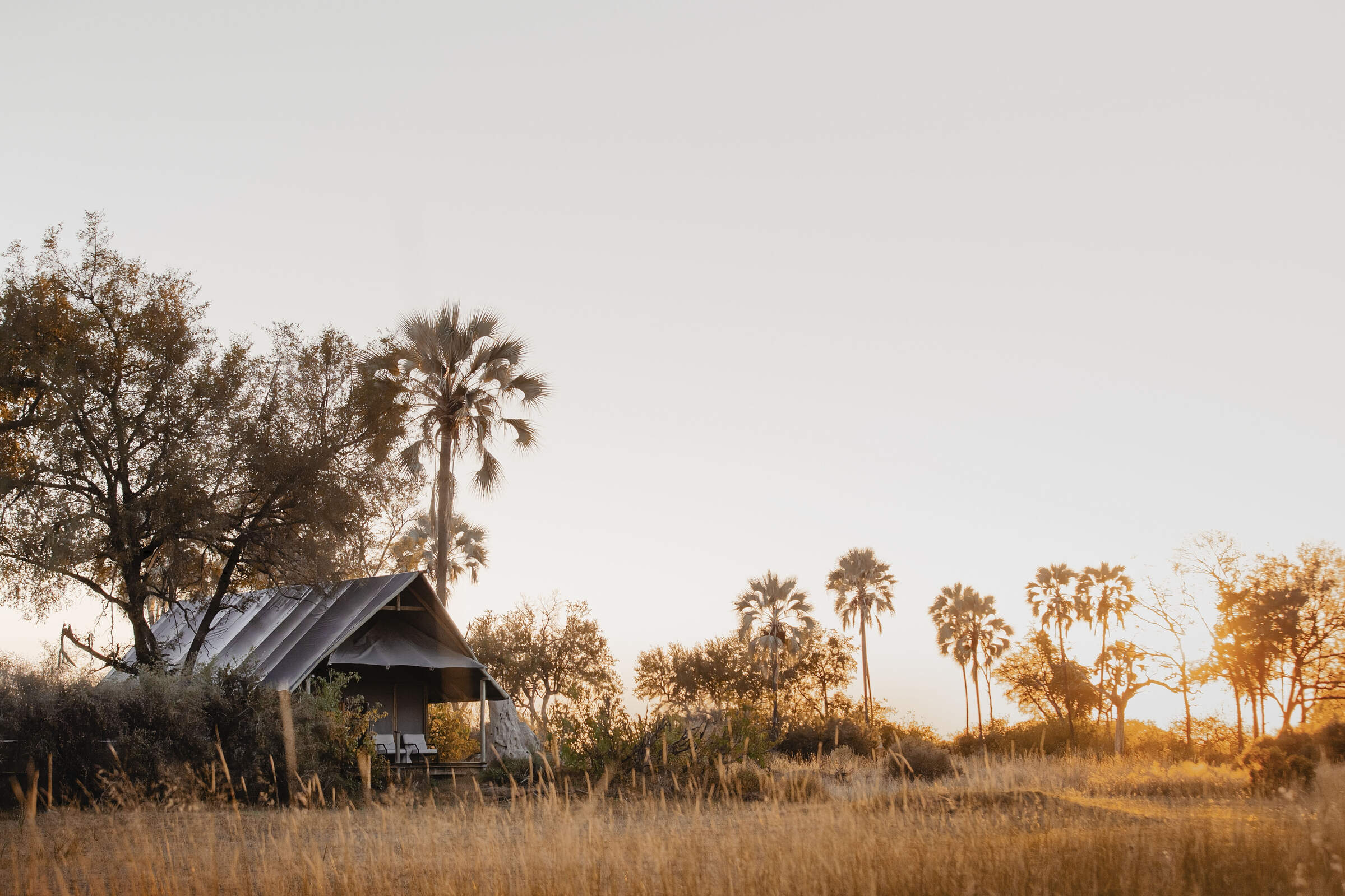
Chitabe Lediba
Chitabe Lediba, in Botswana's southern Okavango Delta, is a small family friendly safari camp; it offers great dry-land safaris and in our experience consistently delivers good game sightings.
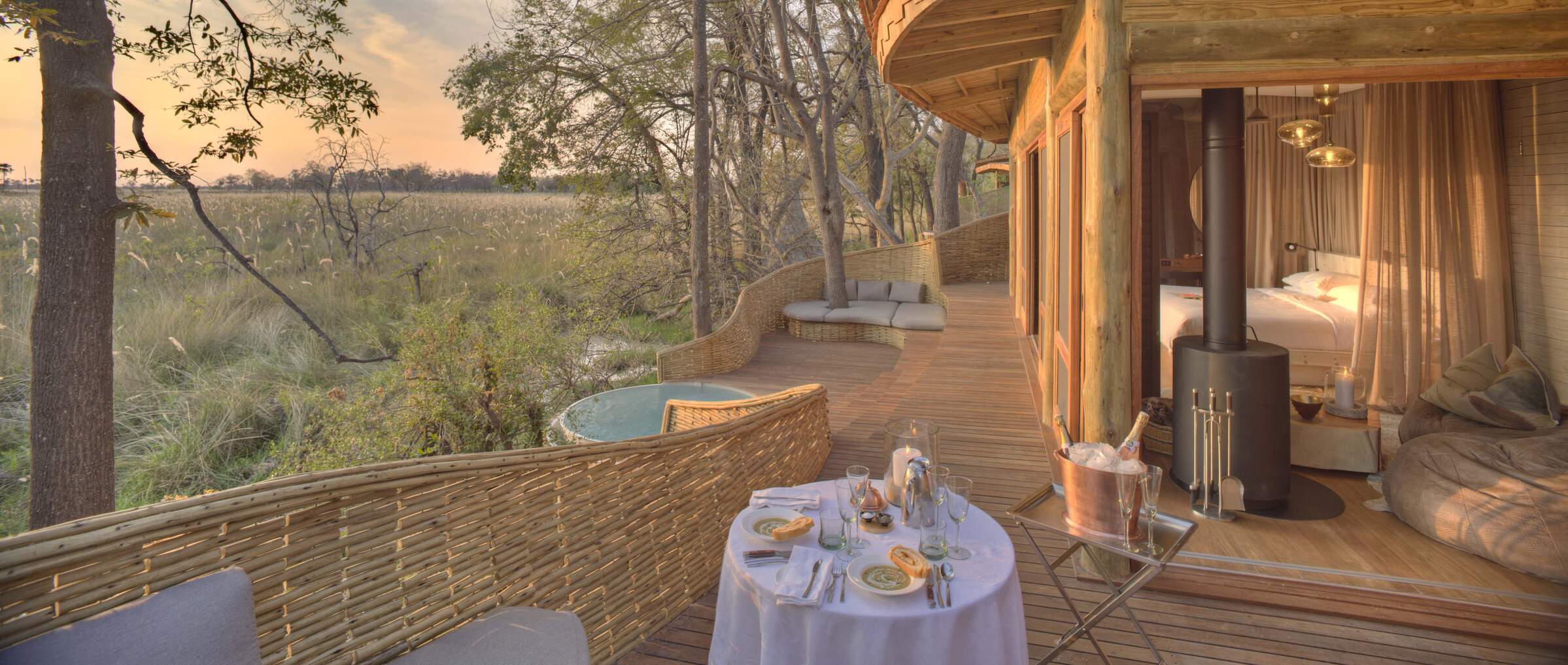
Sandibe Safari Lodge
The luxurious Sandibe Okavango Safari Lodge lies in a private concession in the heart of the Okavango Delta, beside Moremi Game Reserve, with superb big-game viewing.
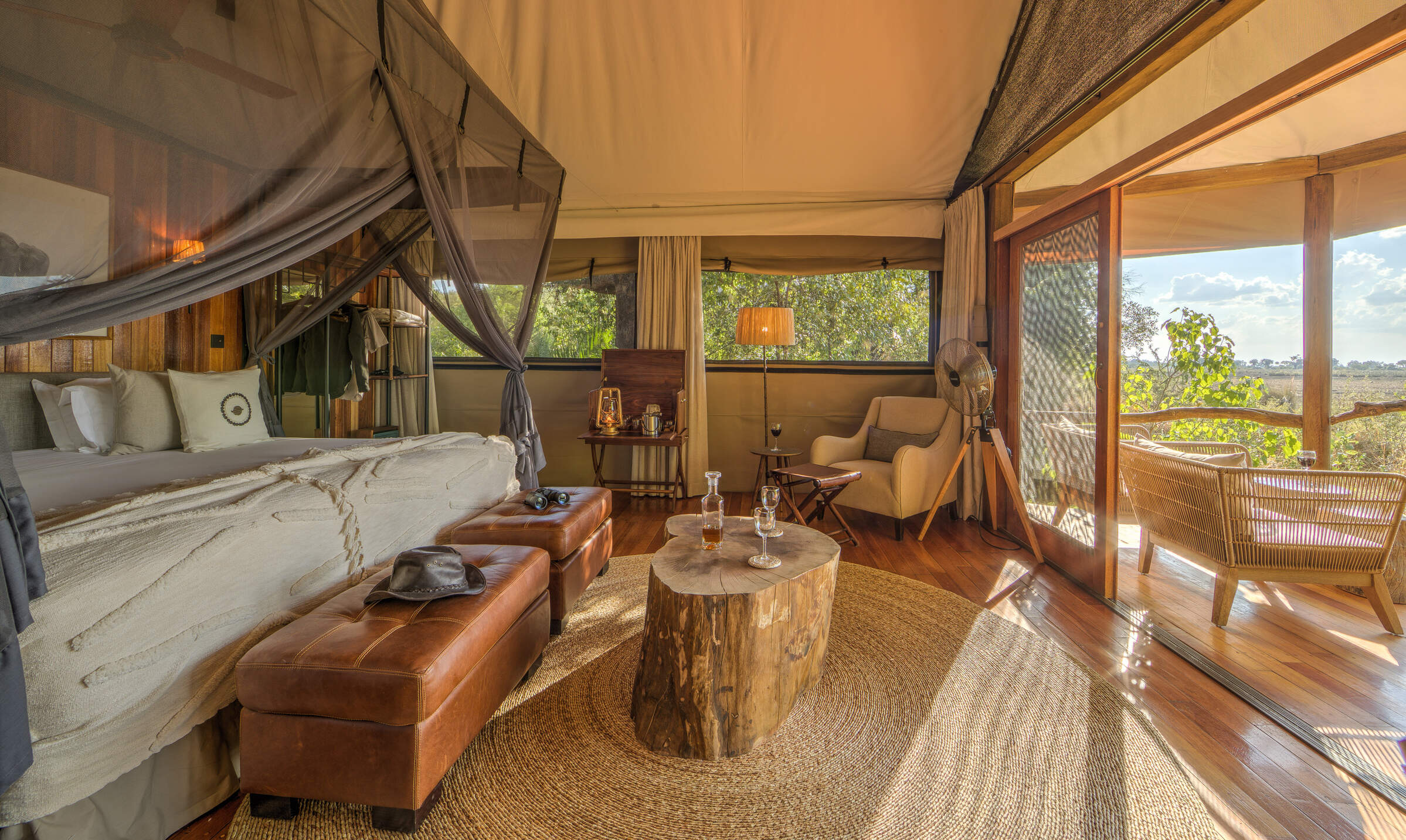
Kanana
In a beautiful part of the Delta, Kanana focuses on fantastic water activities and birding – including exclusive access to an impressive heronry.
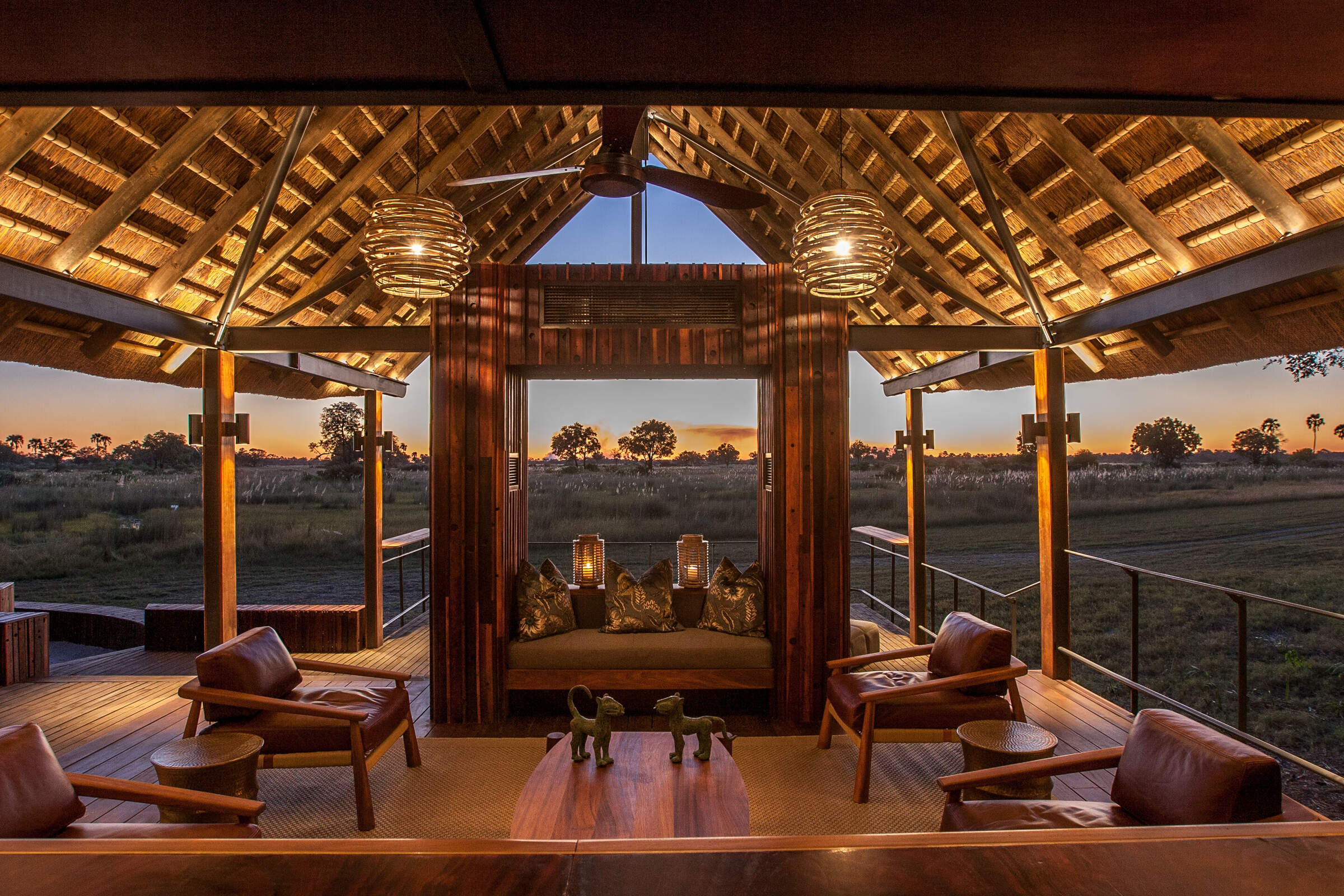
Chitabe Camp
In the southern Okavango Delta, the excellent Chitabe Camp concentrates on dry-land safaris in an area that we've found particularly good for wild dog sightings.
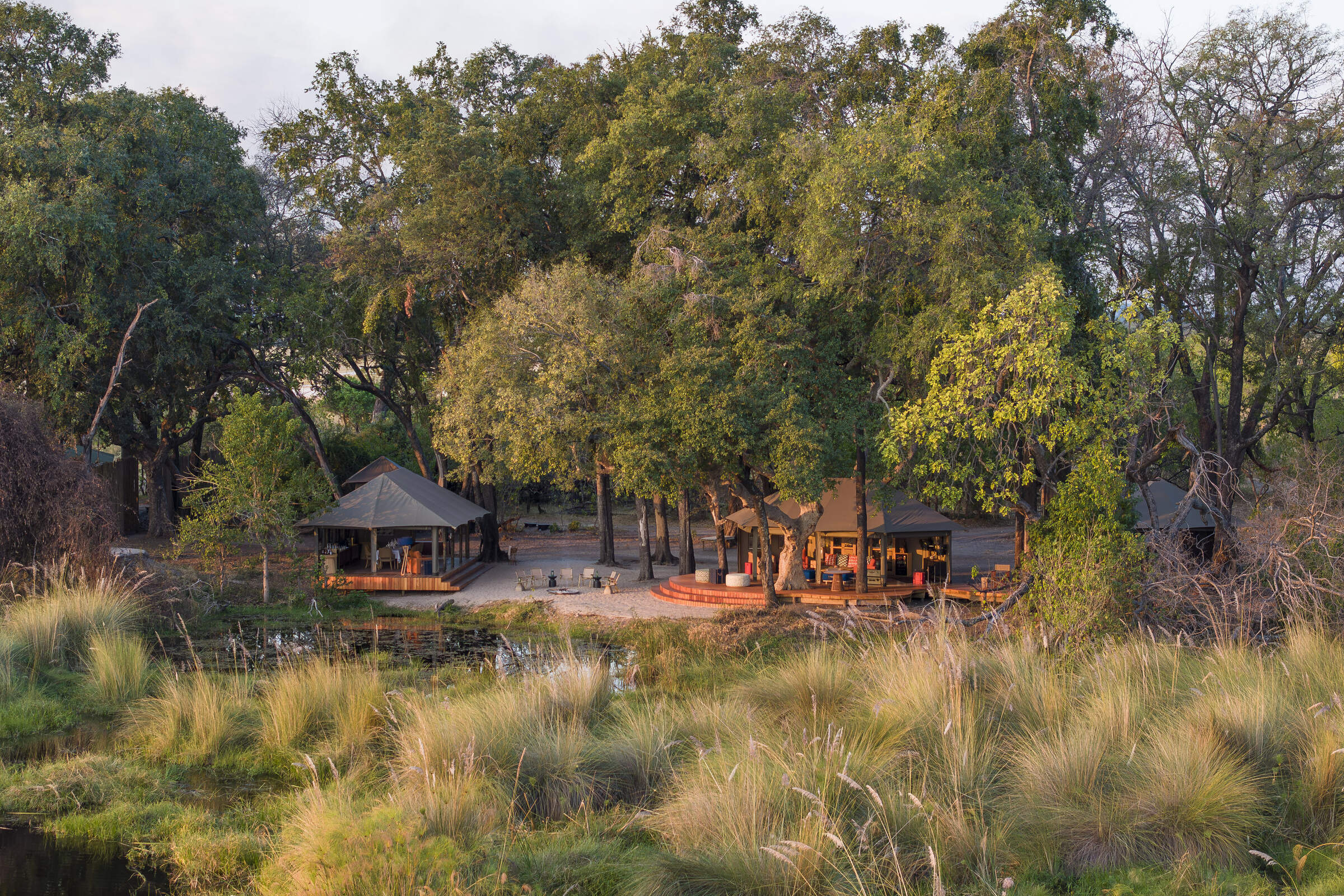
Shinde Footsteps
Small and simple, but comfortable, Shinde Footsteps focuses on walking safaris as well as game drives; it also runs a special children's programme so is particularly suitable for families.
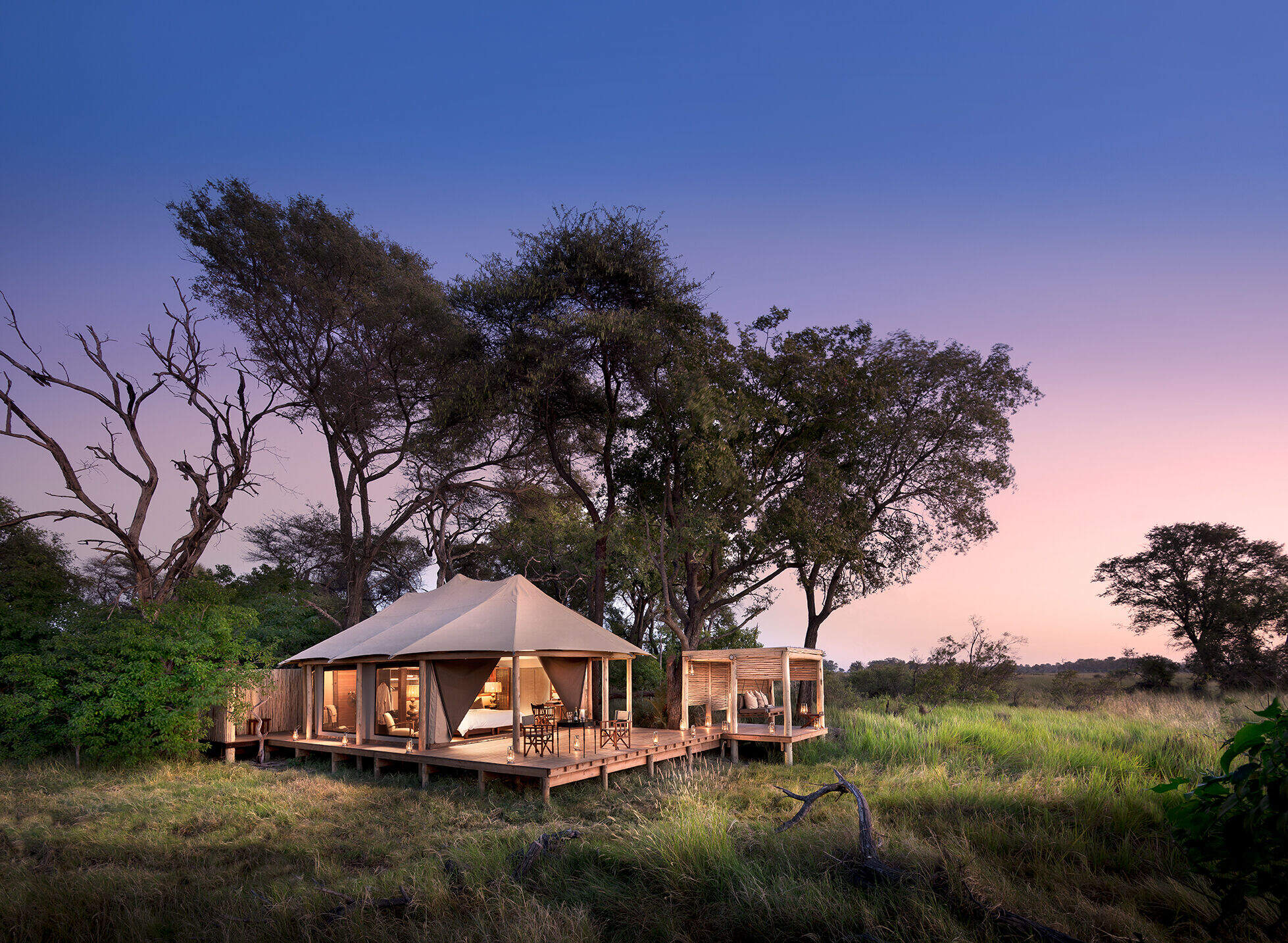
Nxabega Tented Camp
Nxabega offers a selection of both land- and water-based activities, plus very good guiding, food and service, but game viewing can be somewhat erratic.
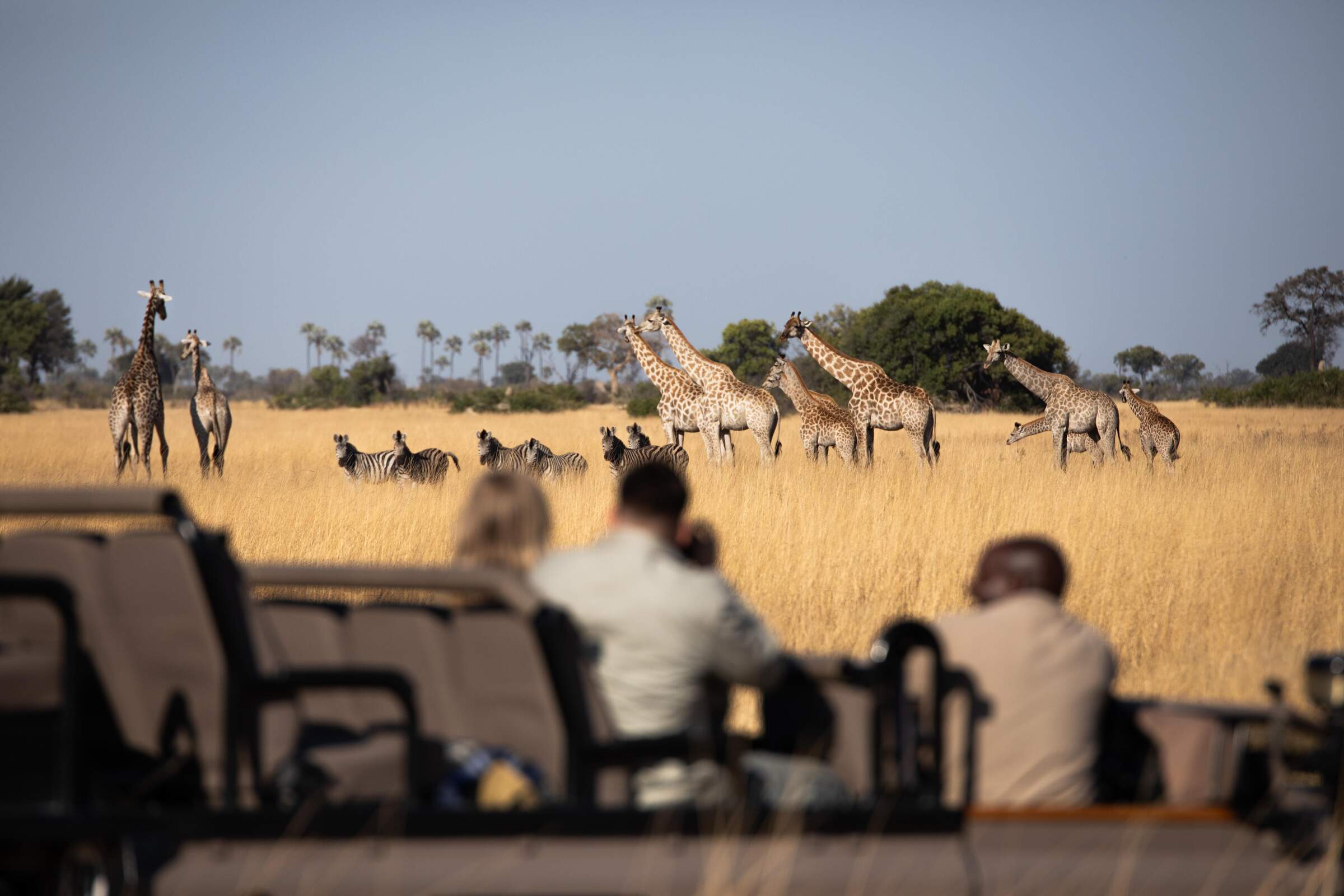
Tubu Tree Camp
A traditional tented camp with a distinctive tree-house feel, Tubu Tree offers some of the best game viewing in the Jao Reserve.
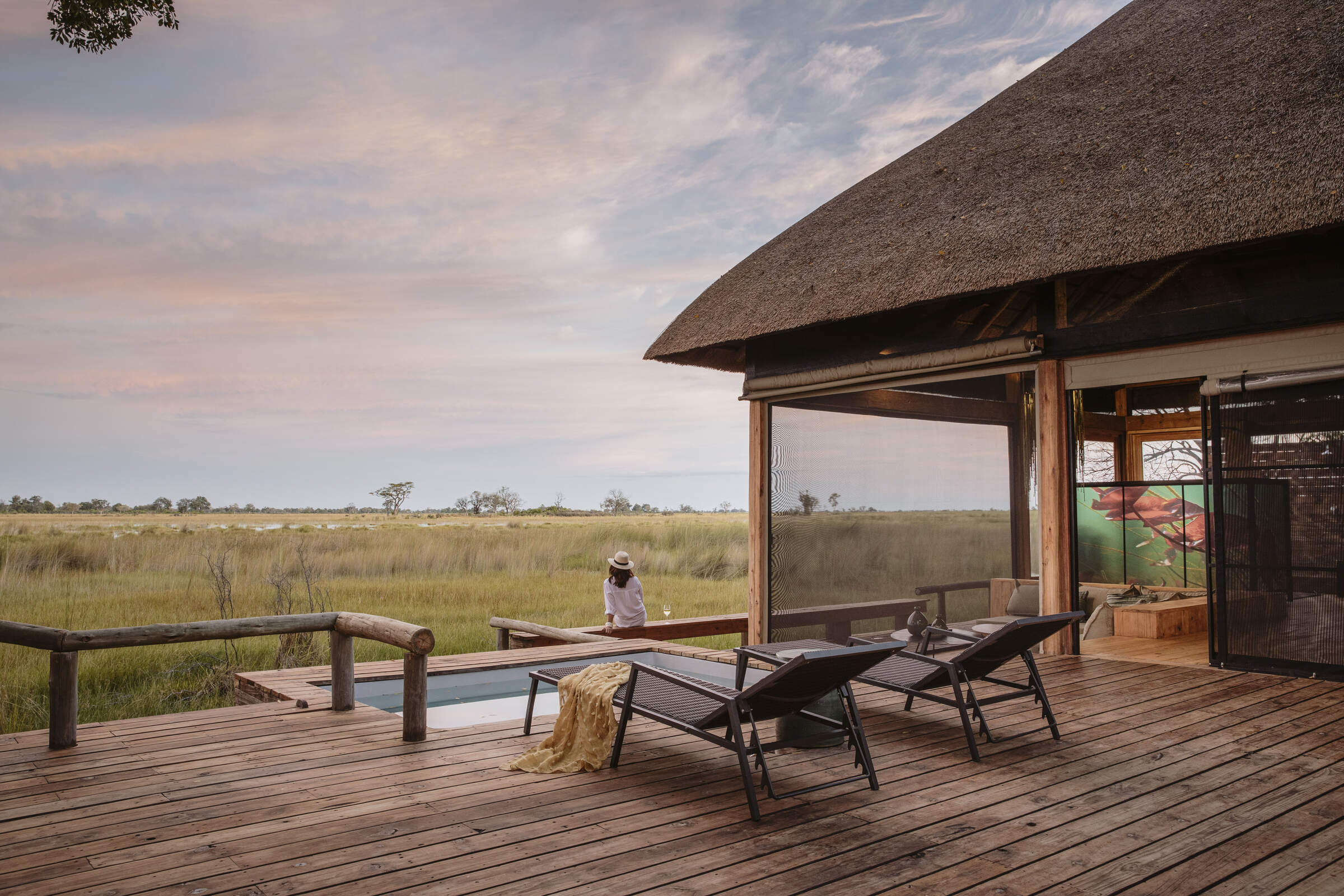
Vumbura Plains
Indulgently stylish and luxurious, Vumbura Plains offers superb game viewing and birding on an exceptionally varied private reserve.
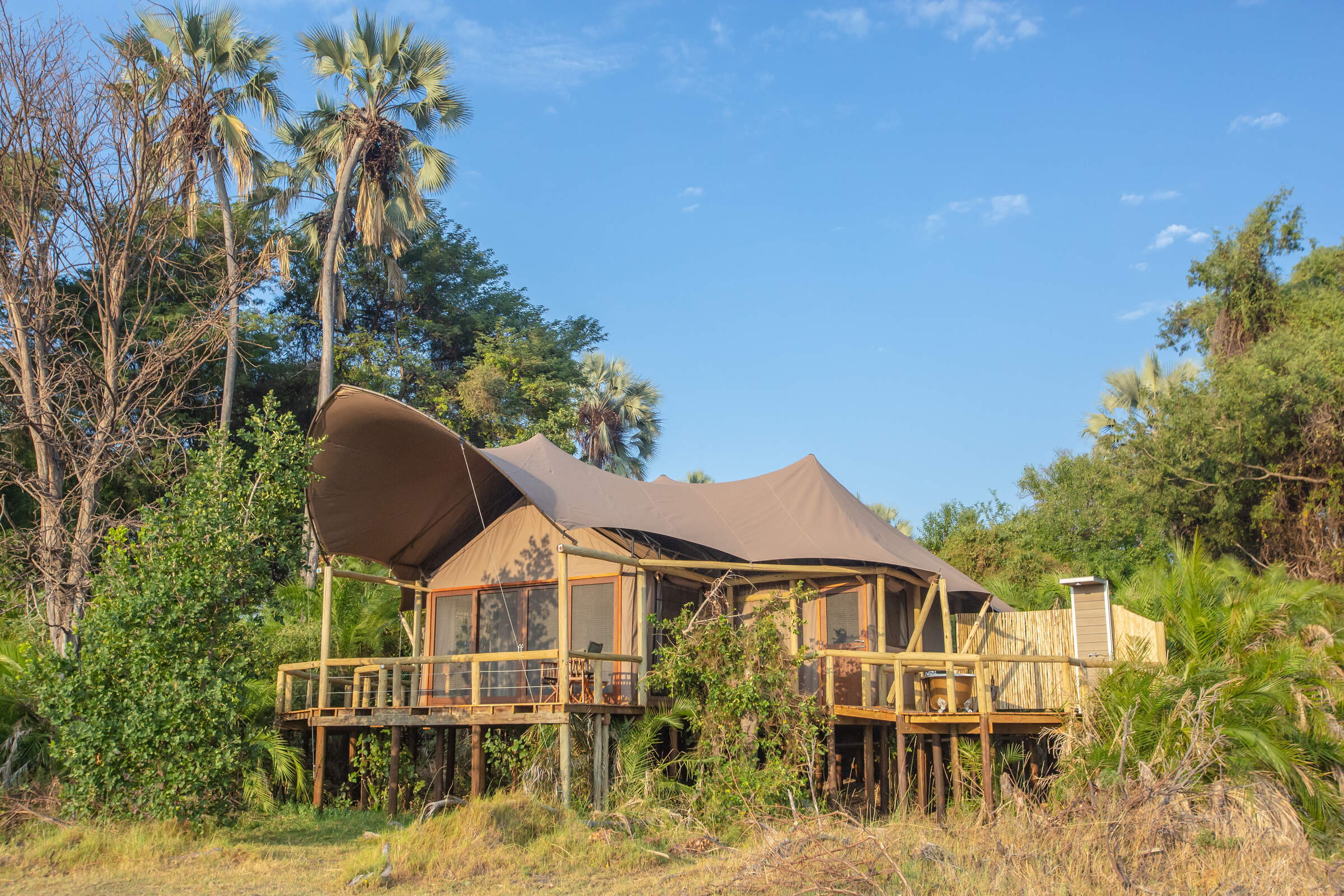
Jacana Camp
Jacana Camp is a small safari camp with an informal island feel; it is ideal for water-based activities in the Delta and offers excellent birdwatching.
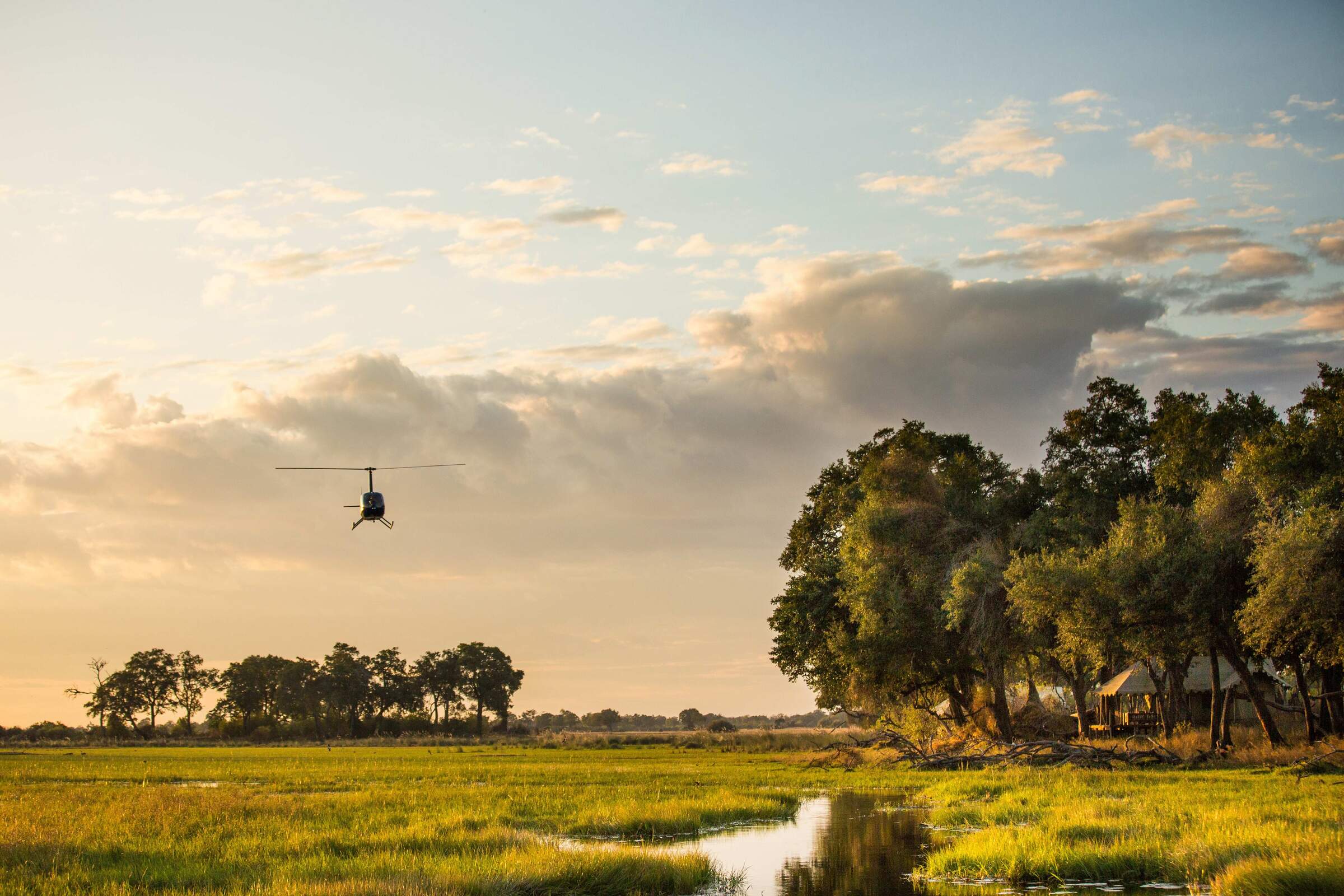
Duba Explorers Camp
Intimate and elegant, Duba Explorers Camp promises a firm safari focus in a remote corner of the Okavango, led by a team who value the highest guiding and hosting standards.
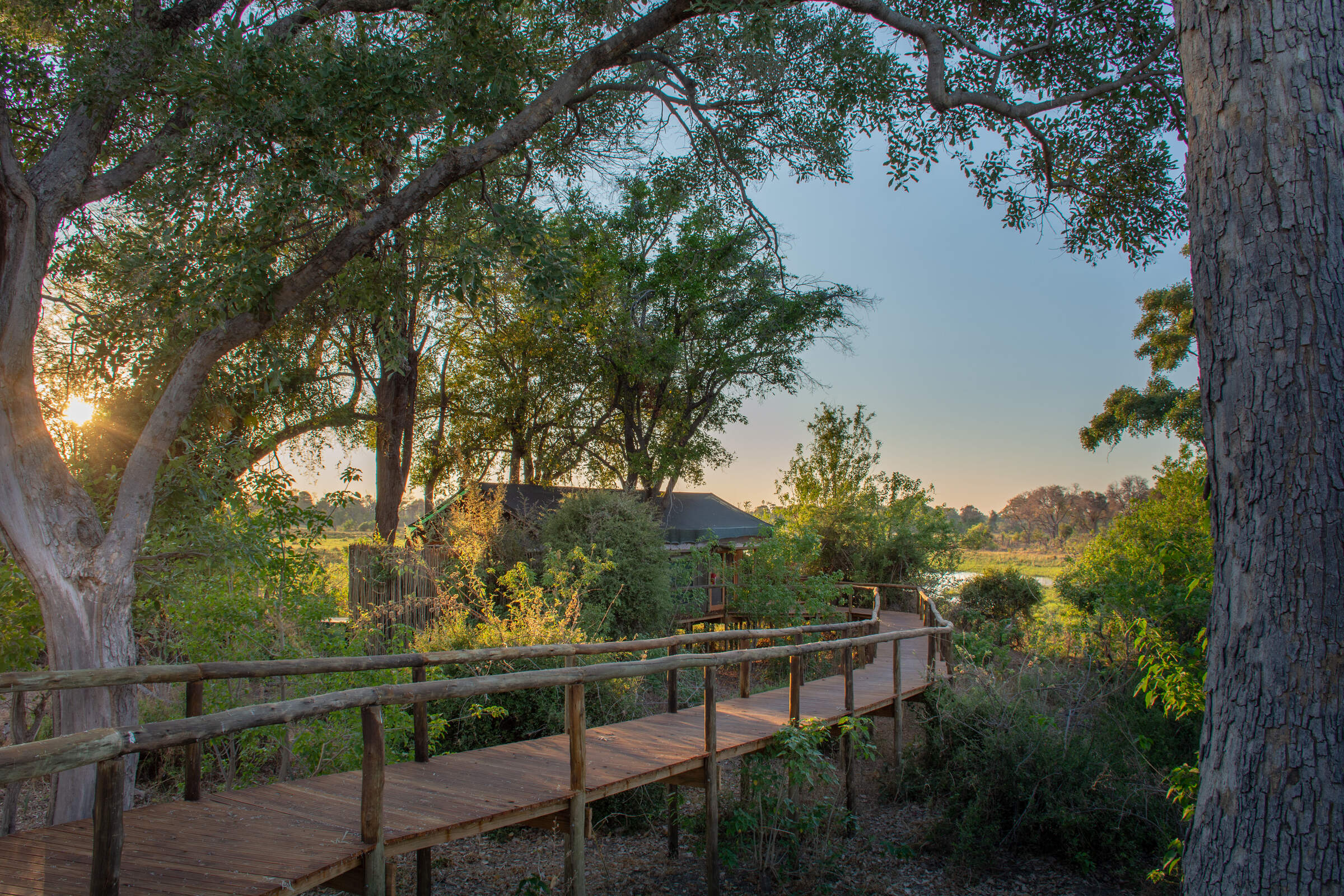
Mma Dinare
Beautifully located in a private concession overlooking the Gomoti River, the traditional Mma Dinare is very well-priced for the Okavango Delta.
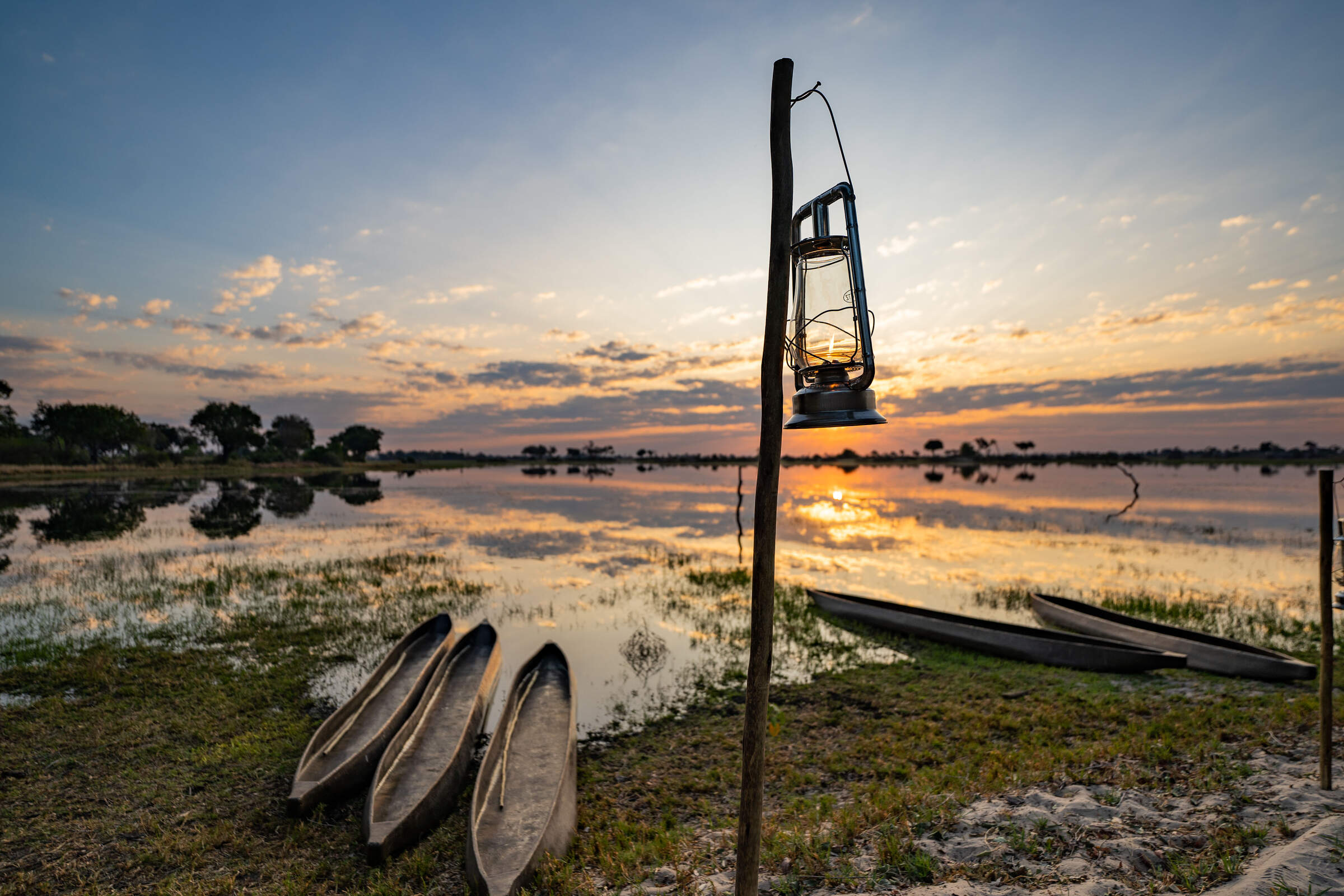
Pom Pom Camp
Amidst stunning Okavango Delta scenery, Pom Pom offers idyllic mokoro trips in season, great birdwatching, and increasingly good big-game sightings, especially leopards.
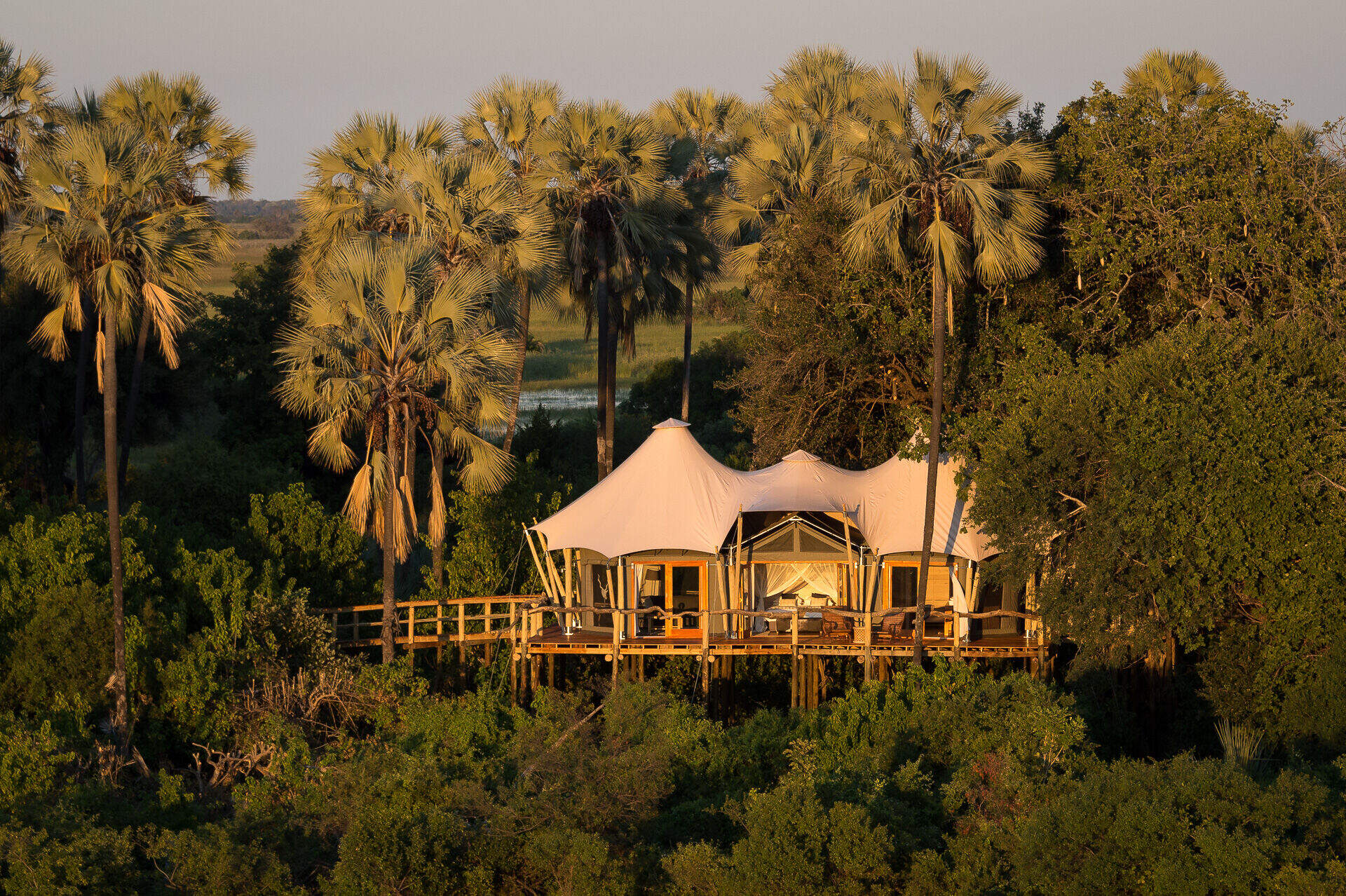
Kwetsani Camp
Deep in the Delta, overlooking a floodplain, Kwetsani Camp is a small, high-end camp with good access to areas for land and water-based activities.
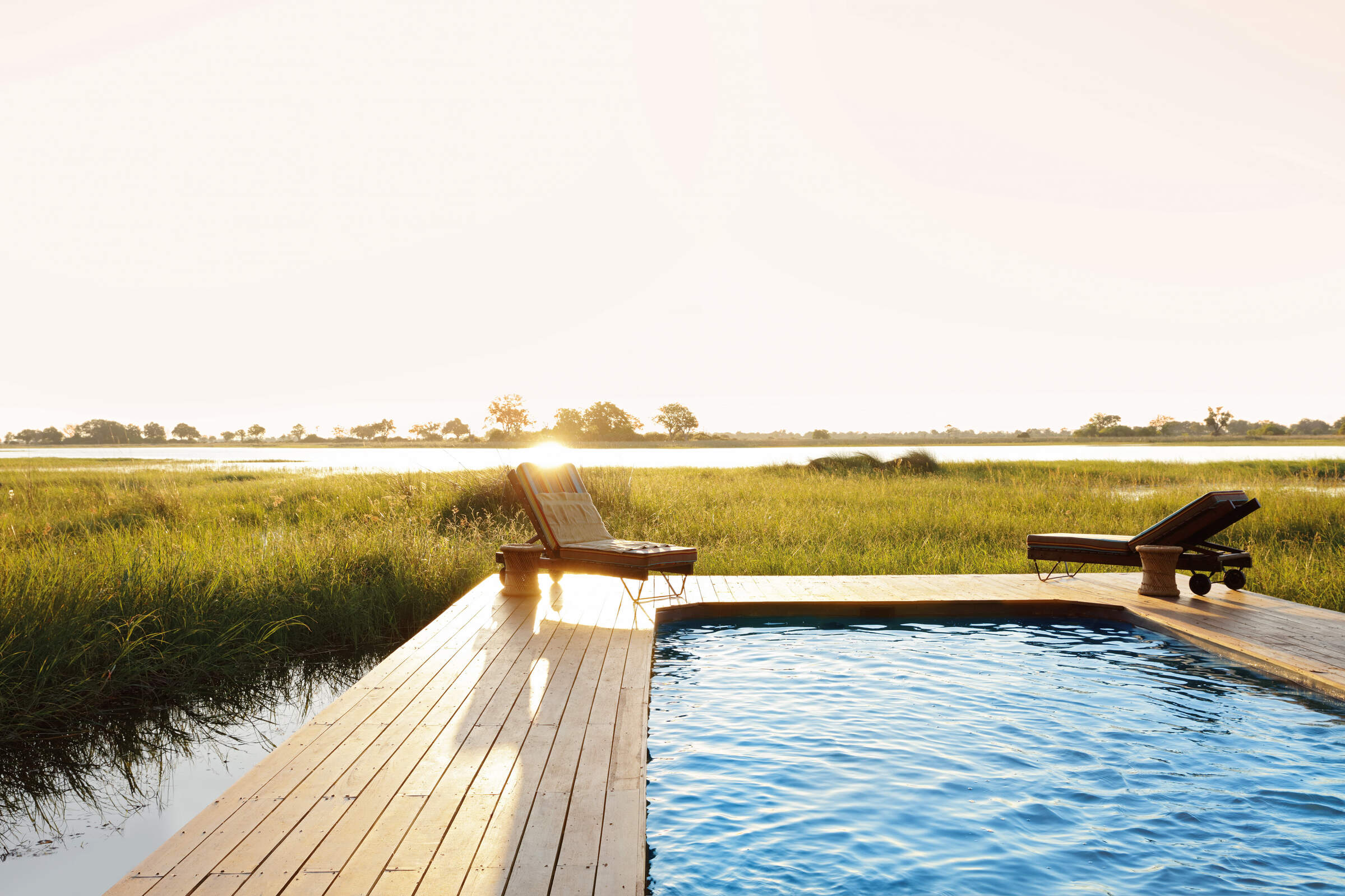
Mapula Lodge
For an affordable yet varied safari encompassing a range of eco-systems, the traditional Mapula Lodge takes a lot of beating.
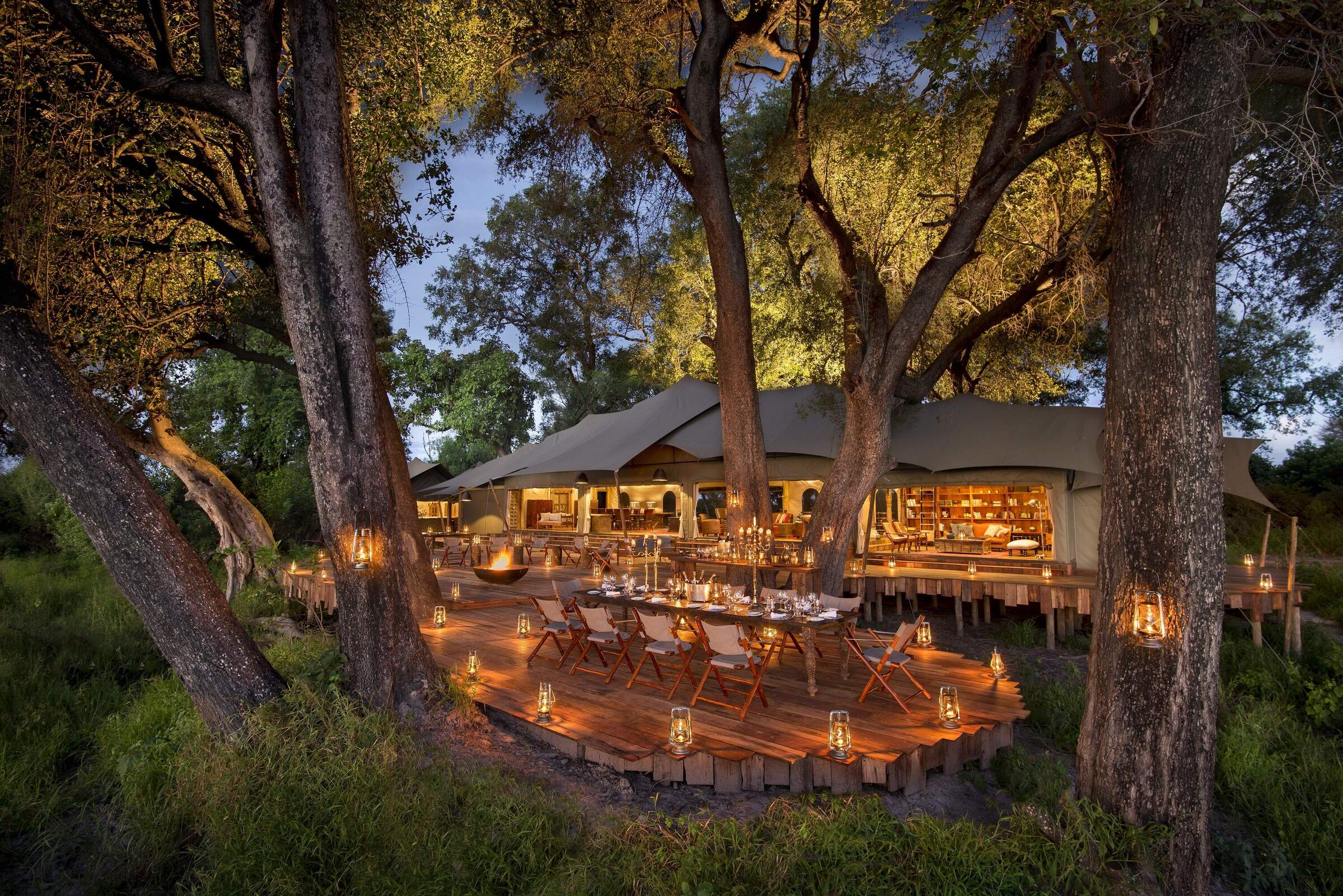
Duba Plains Camp
Duba Plains Camp is a traditional yet luxurious safari camp, best known for the thrilling lion behavior interaction that is often see during the day.
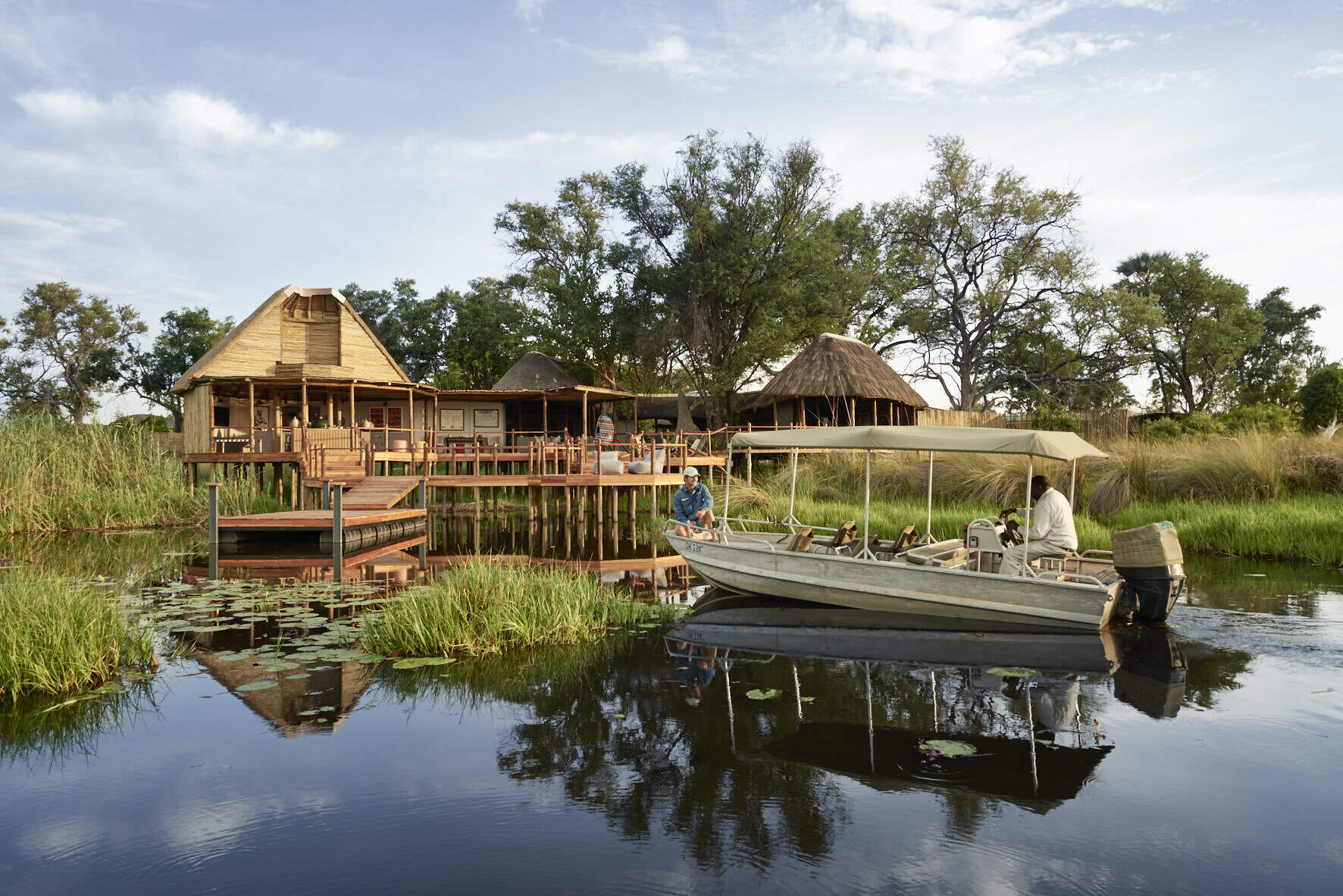
Baines' Camp
Baines' Camp is a well-run, intimate camp in a pretty part of the Okavango, offering a range of activities and the option to spend a morning walking with elephants.
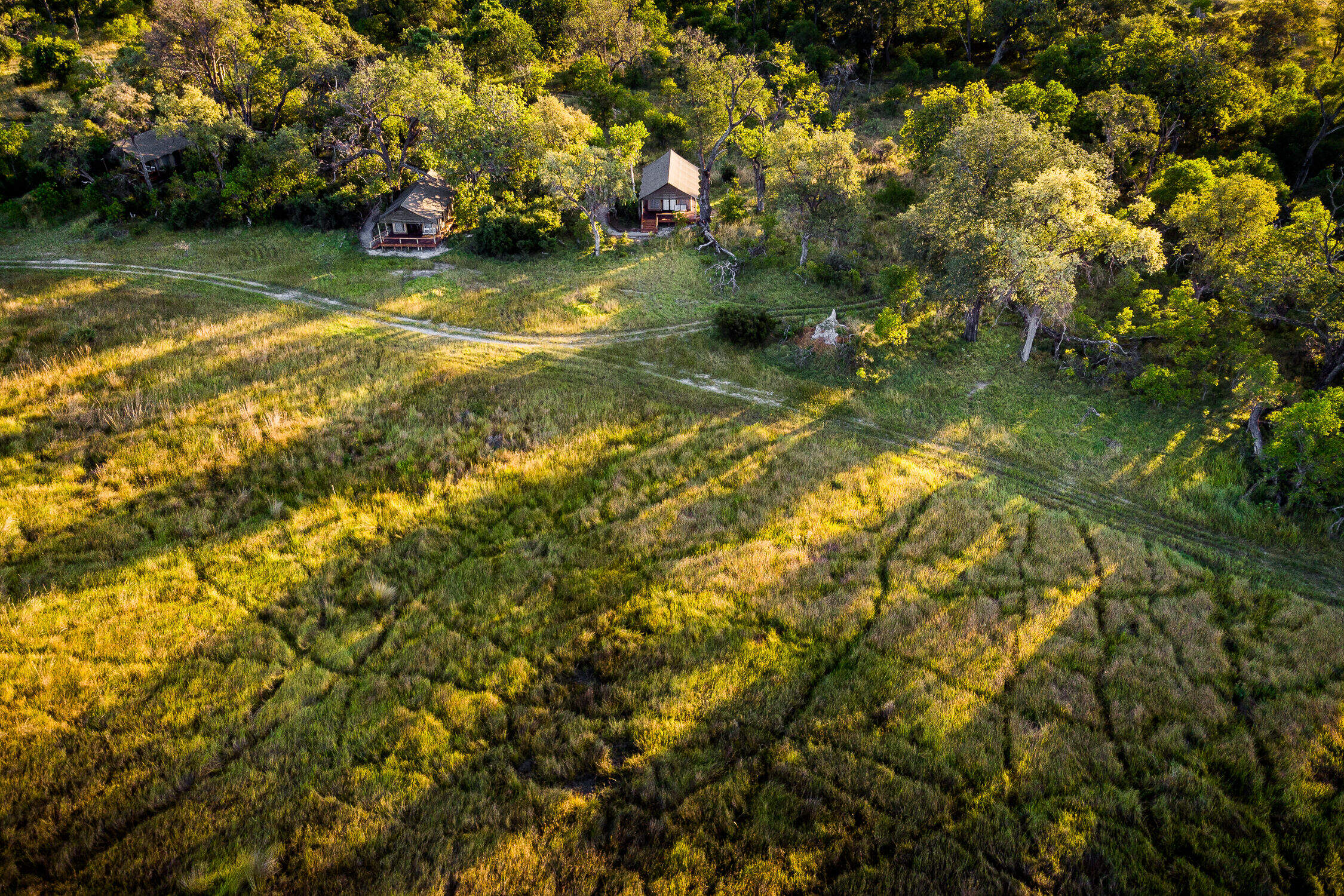
Stanley's Camp
In a private concession south of Moremi Game Reserve, Stanley's Camp offers 4WD game drives, seasonal water activities and a superb elephant interaction.
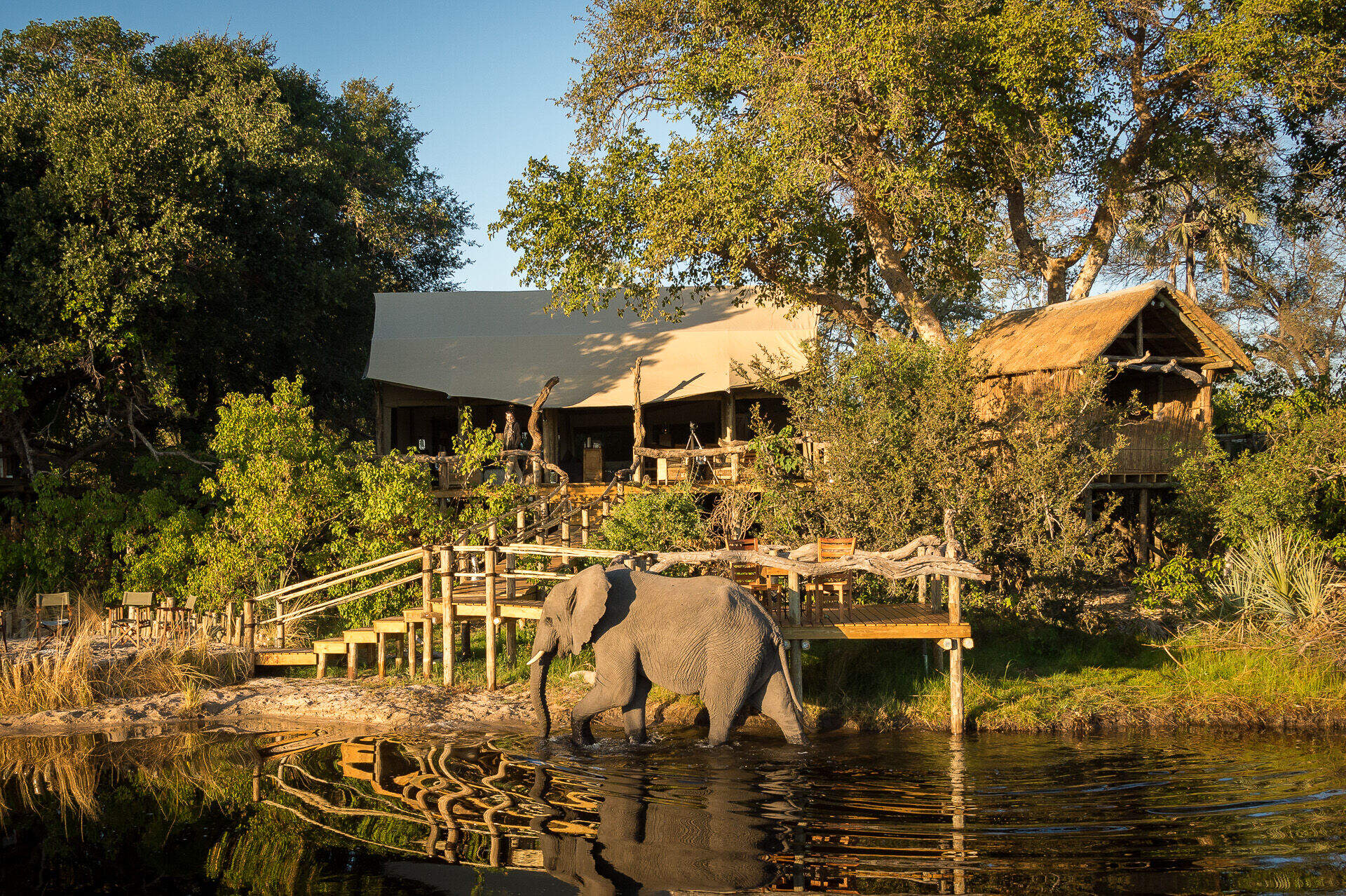
Little Tubu
Little Tubu is a new, traditional camp with just three tented chalets and a distinctive tree-house feel. The areas around it can be explored by water and land-based activities year round.
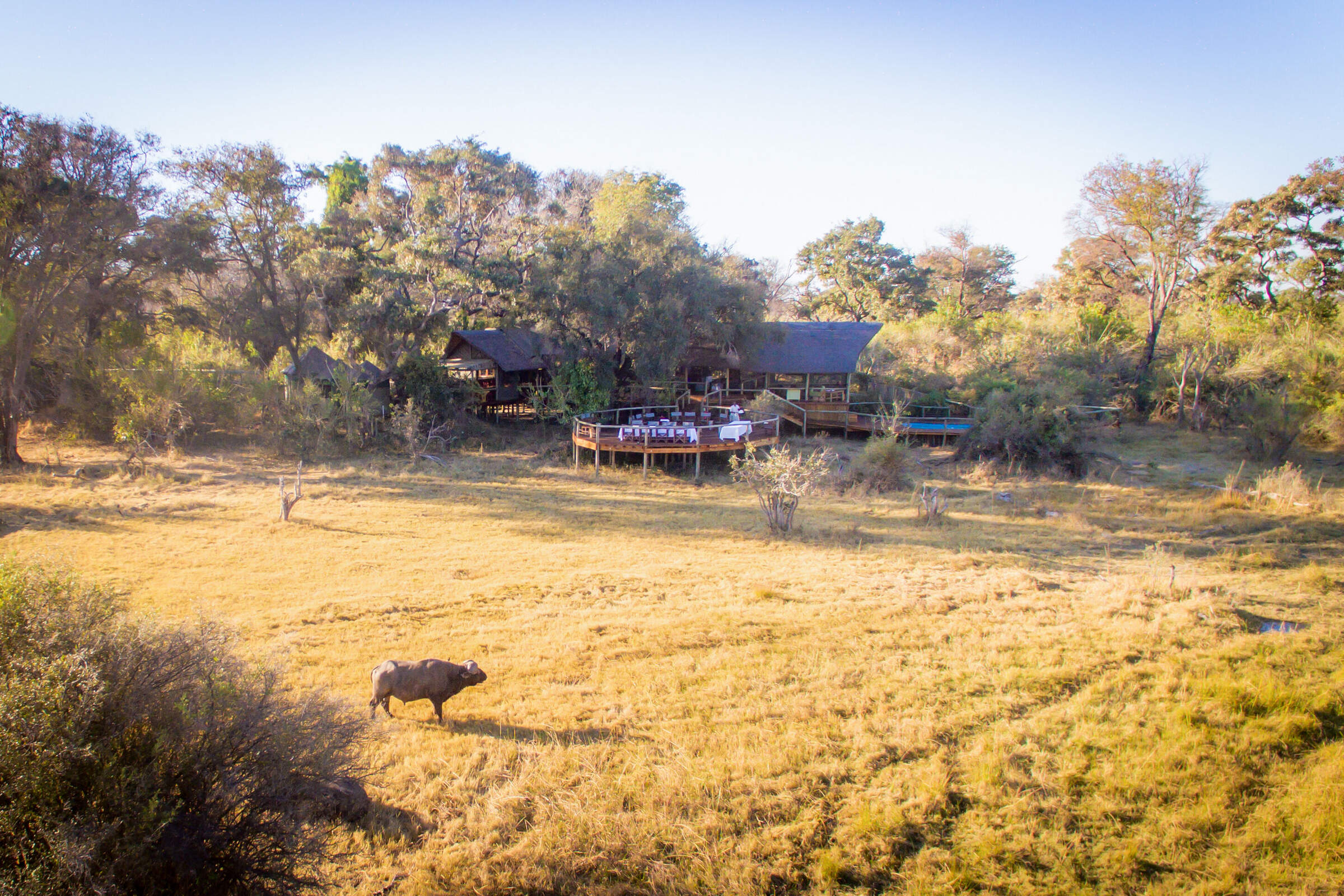
Rra Dinare
Located in a private concession in the southern reaches of the Okavango Delta, overlooking the Gomoti River, Rra Dinare is a traditional-style, well-priced camp.
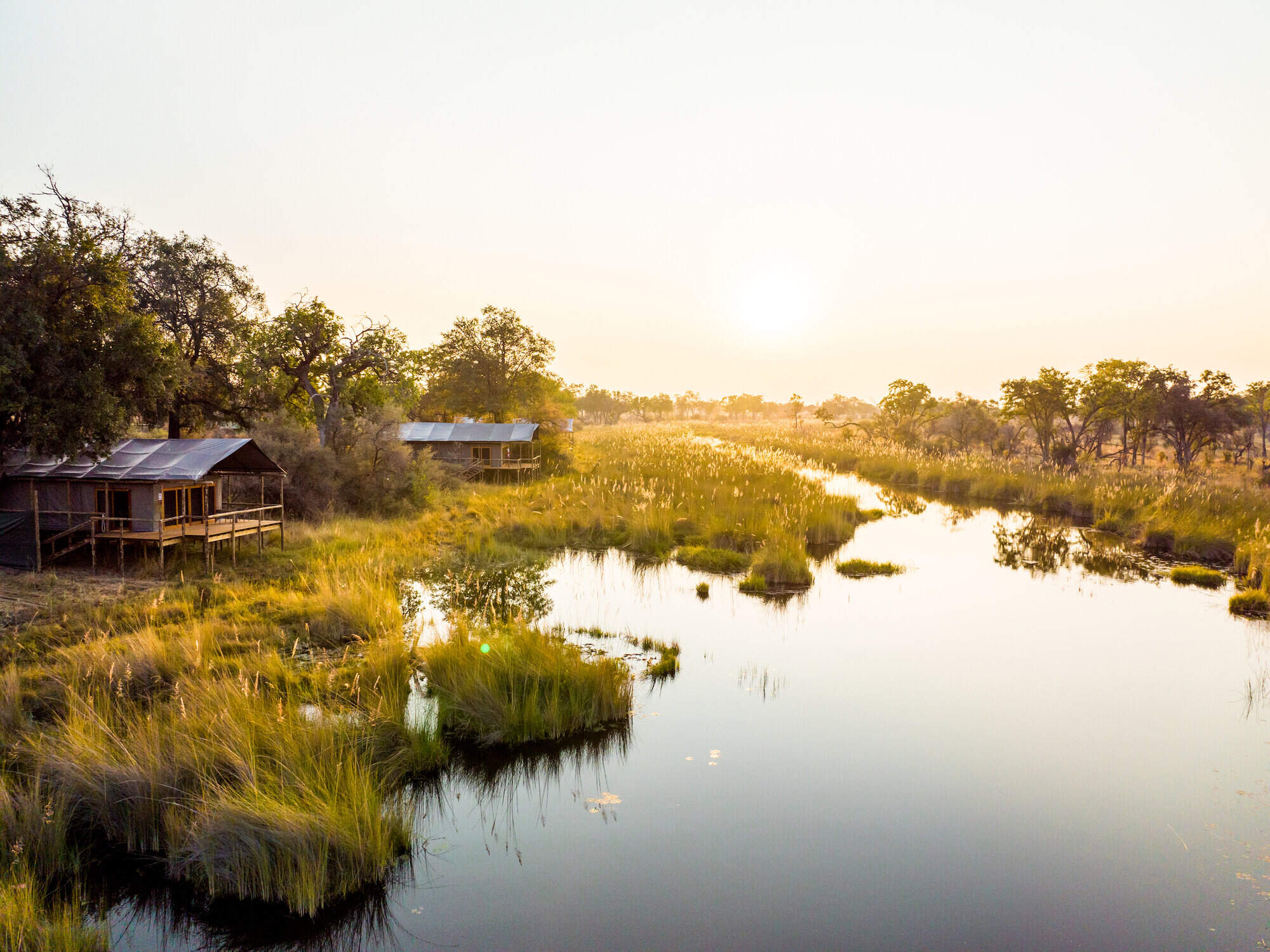
4 Rivers
4 Rivers is a new camp in a previously in accessible area of the excellent Kwara concession.
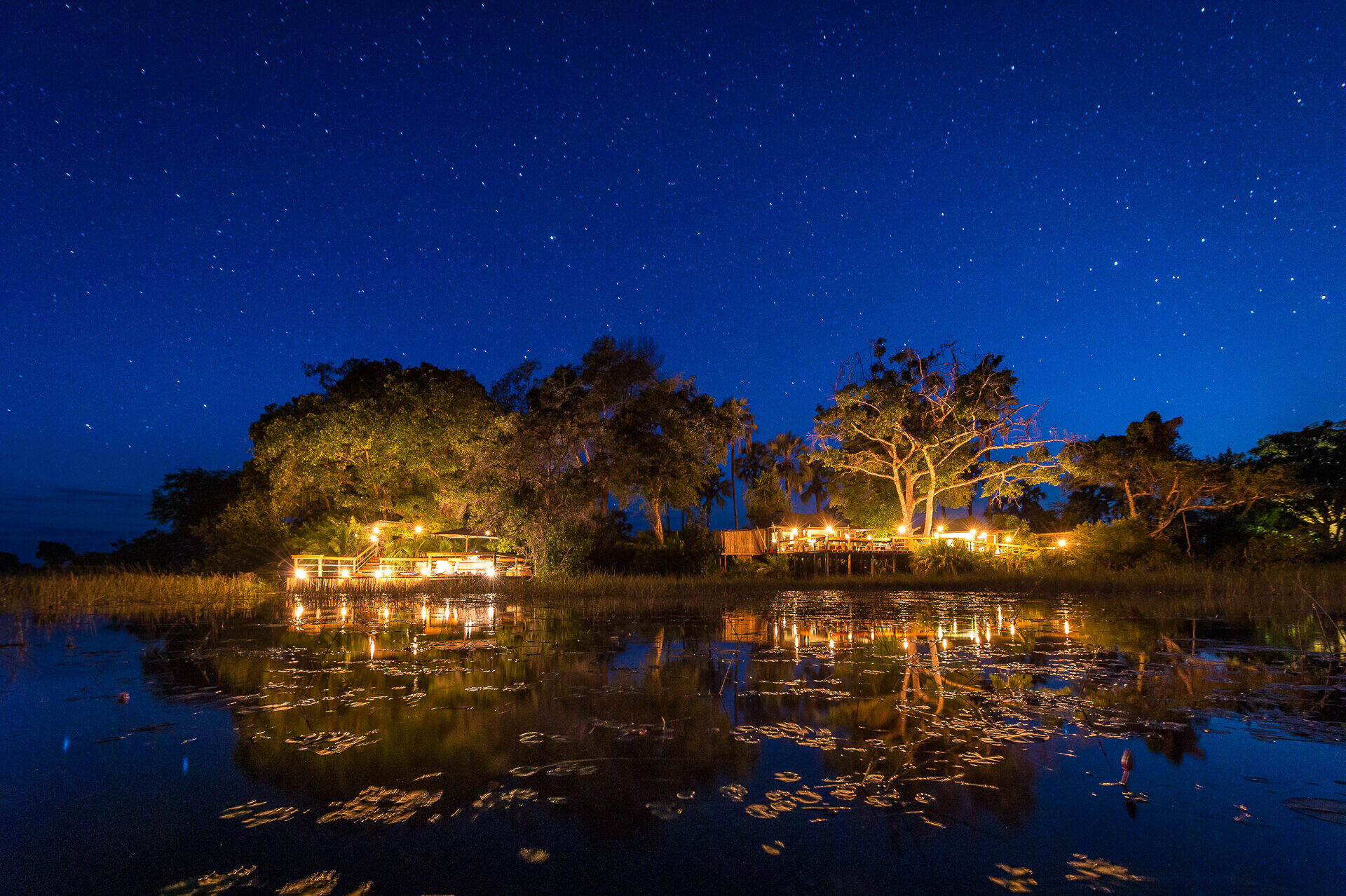
Pelo Camp
In a pristine wilderness environment deep in the Okavango Delta, the seasonal Pelo Camp is tented yet comfortable, with activities focusing on excursions by mokoro.
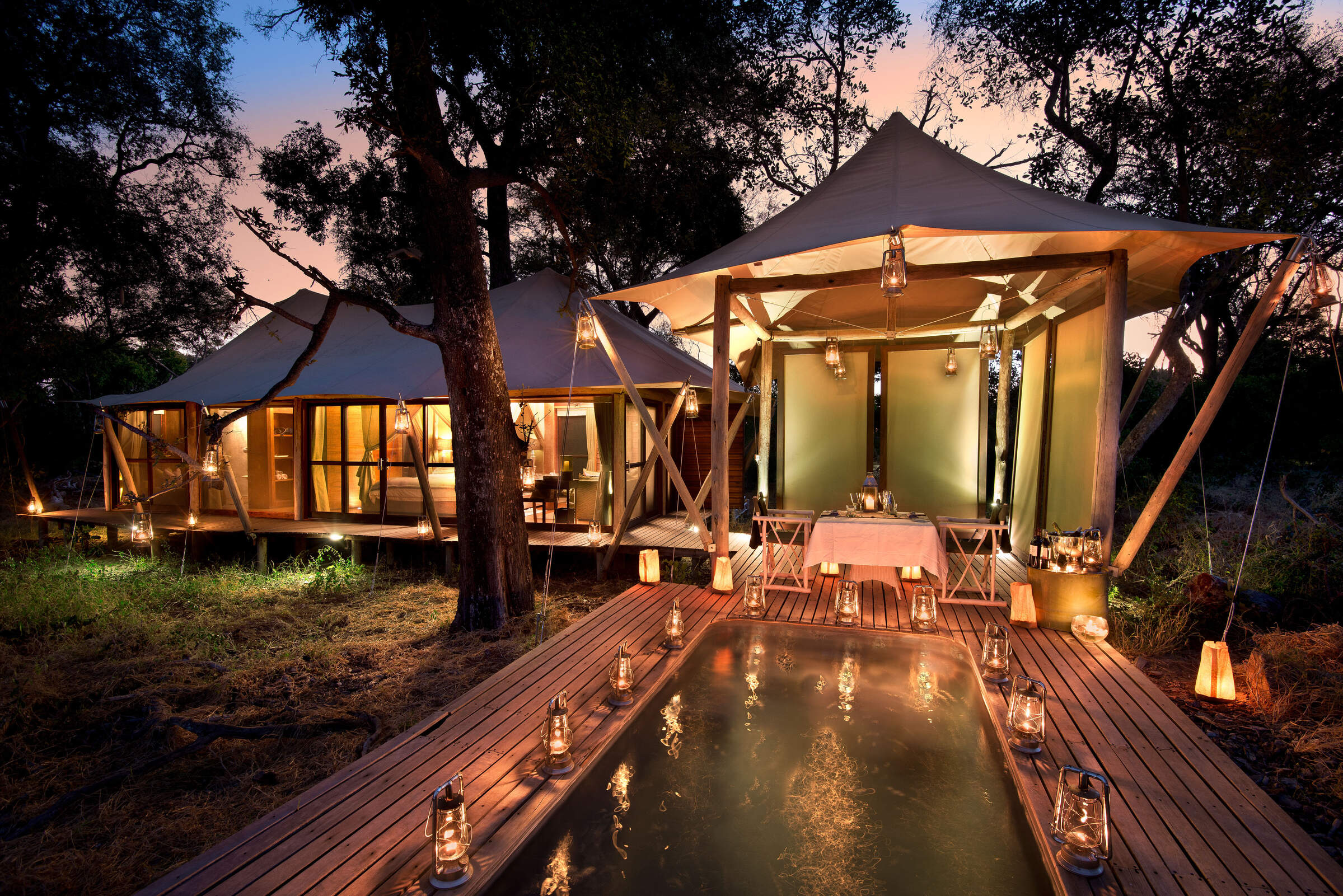
Xaranna
Xaranna is a plush tented camp amongst the idyllic waterways and islands of the Delta. Each air-conditioned tent has a plunge pool. Water activities and pampering are the focus here.
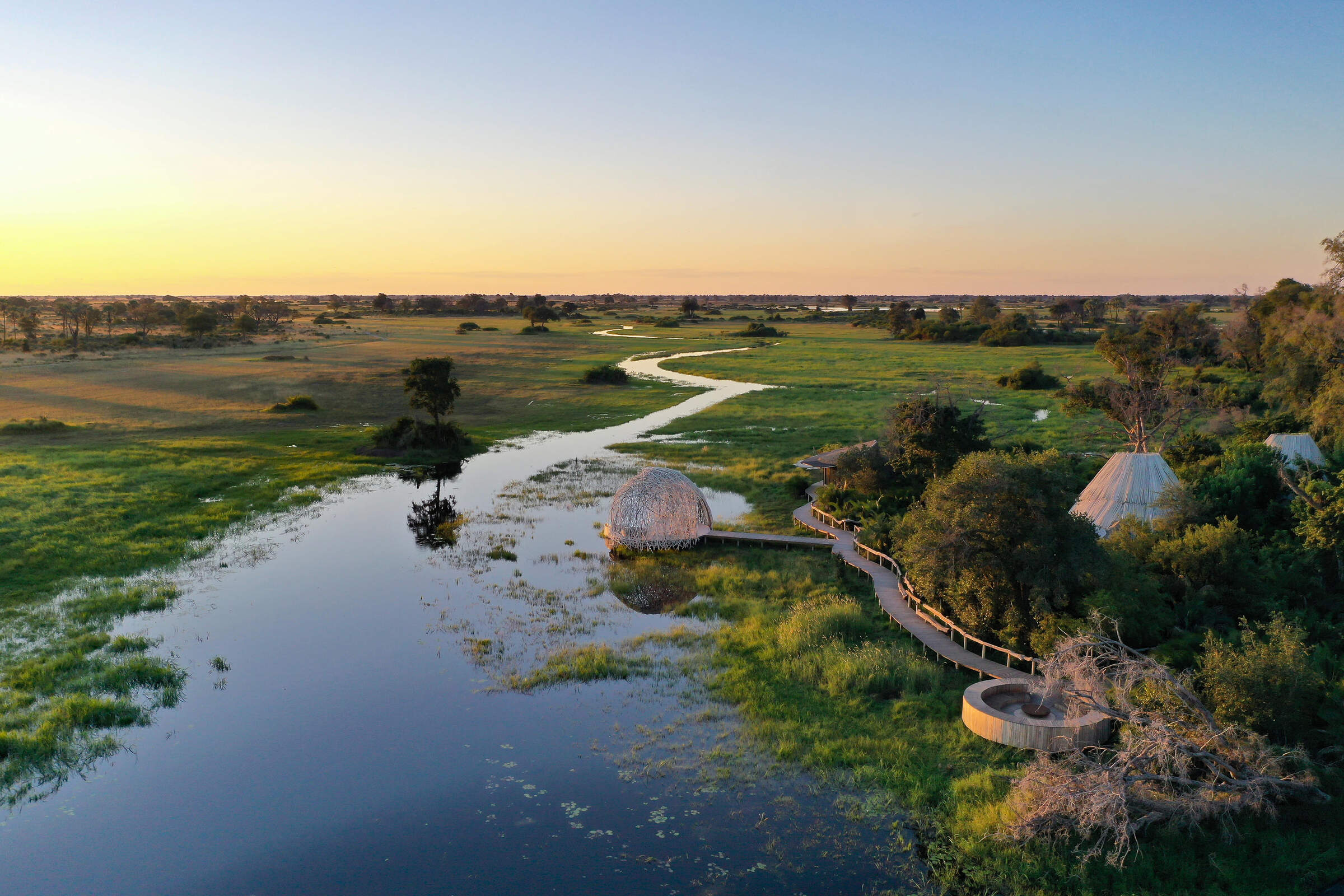
Jao Camp
In a beautiful area with fantastic water activities, Jao combines an idyllic location with high levels of luxury and service, and a top-end spa.
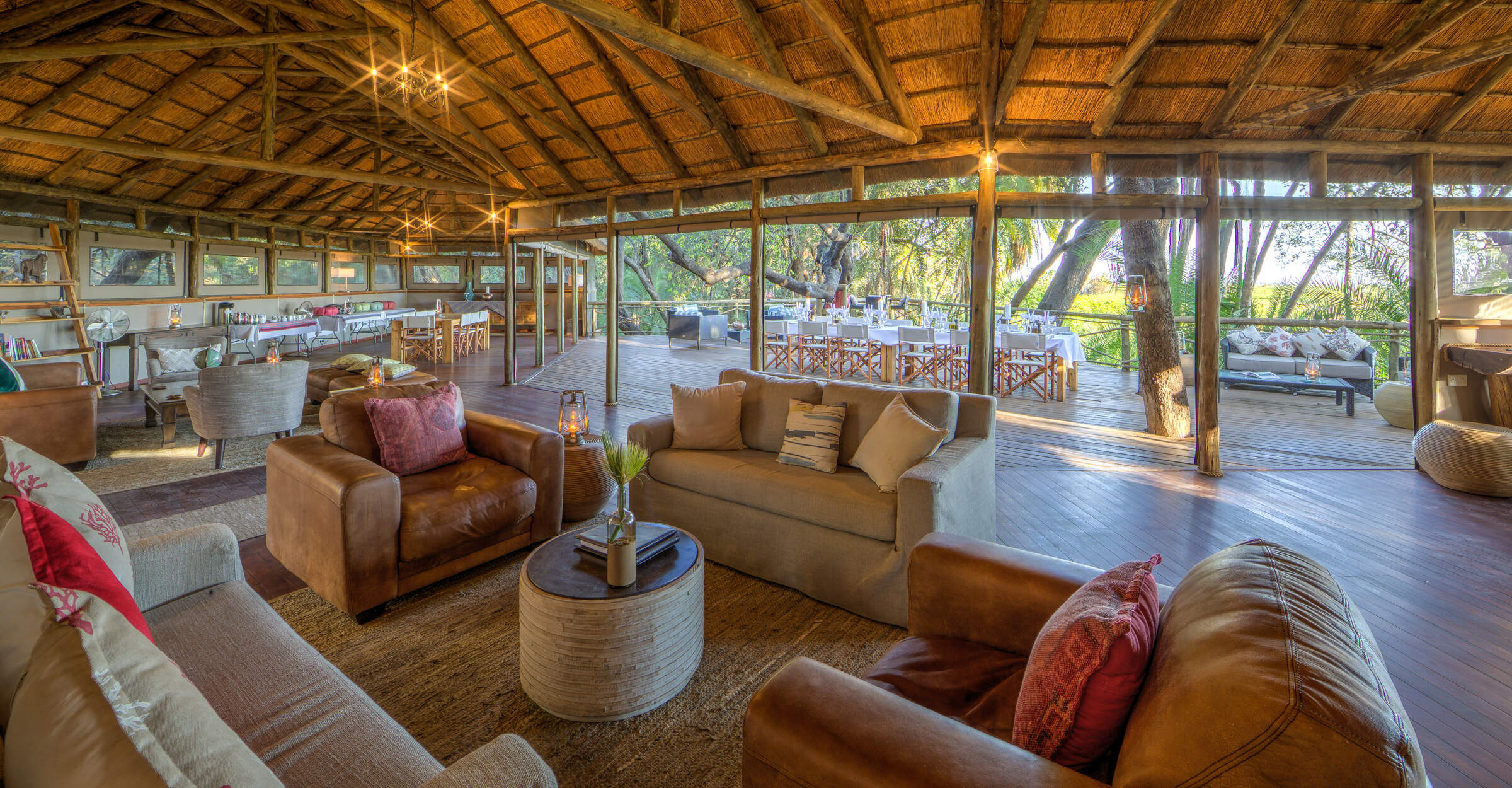
Setari Camp
Setari Camp stands on an island dotted with palm trees, close to the base of the Okavango's 'Panhandle", offering primarily water-based activities.
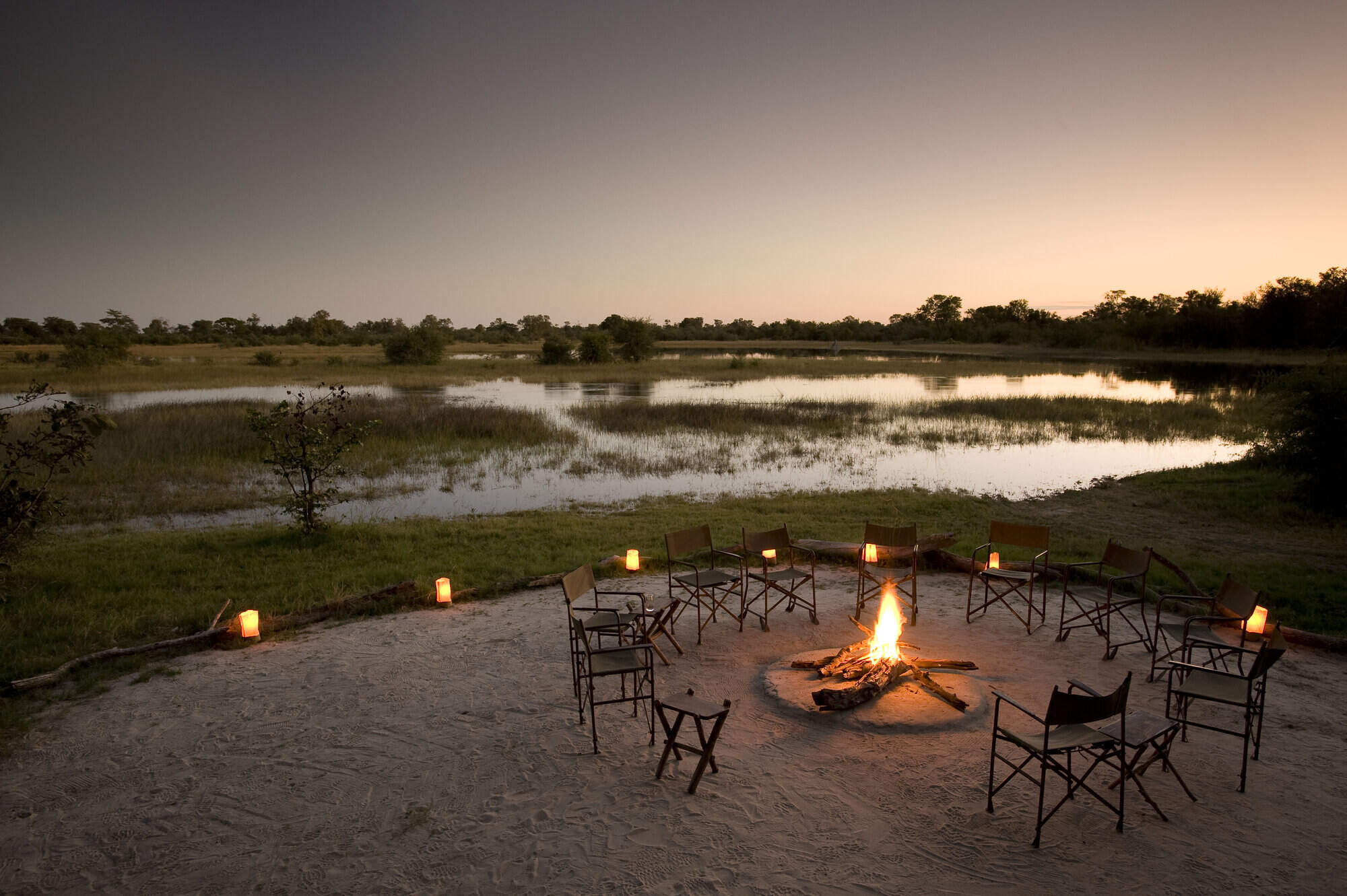
Okavango Explorers
The traditional, tented Okavango Explorers Camp offers a mix of walking, canoeing and game drives led by great guides in a wildlife-rich area.
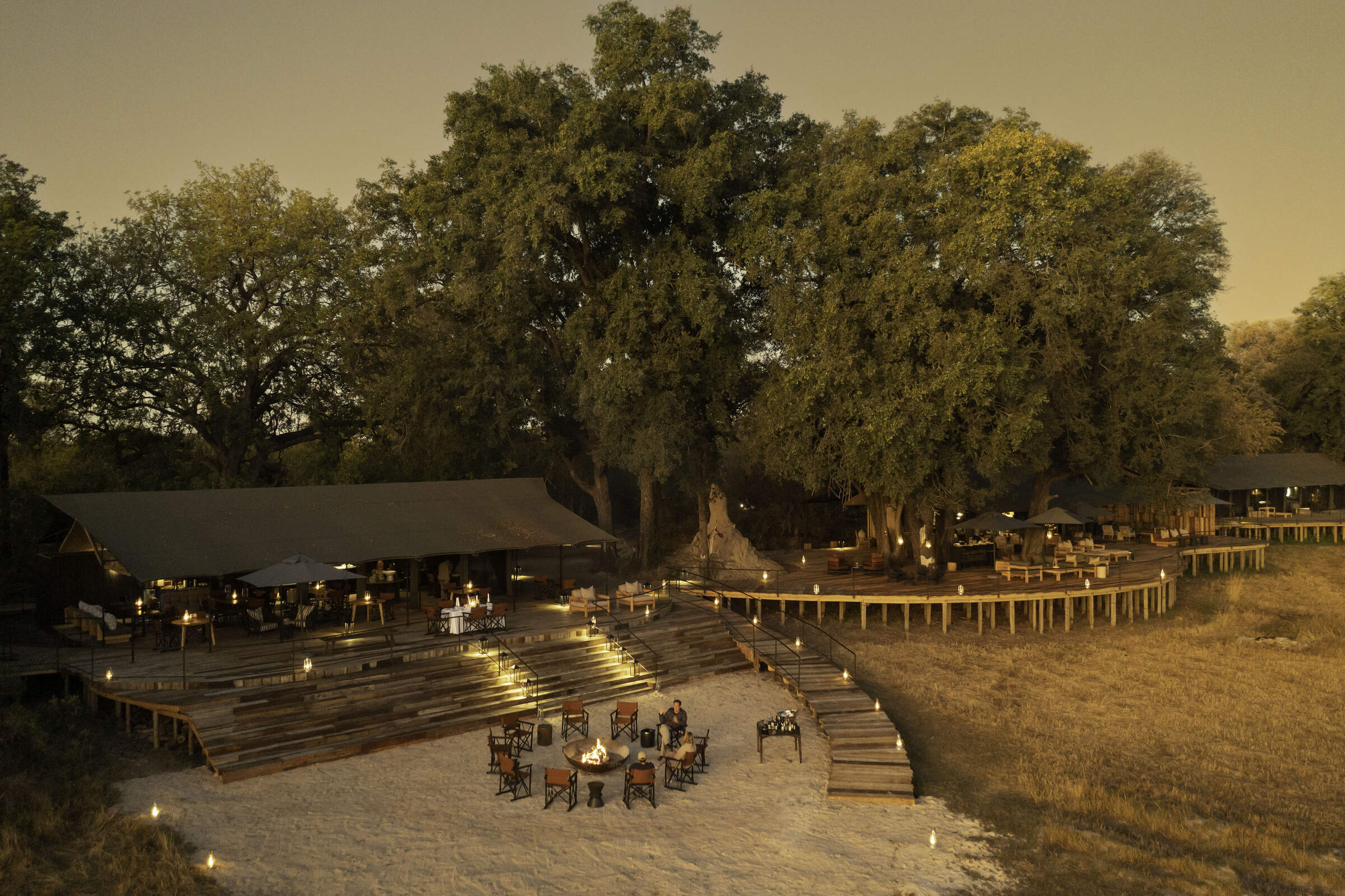
Kiri Camp
Kiri Camp is the latest Okavango offering from the excellent team behind Machaba. In an exciting new location in the heart of the Delta we cannot wait to visit this new camp.
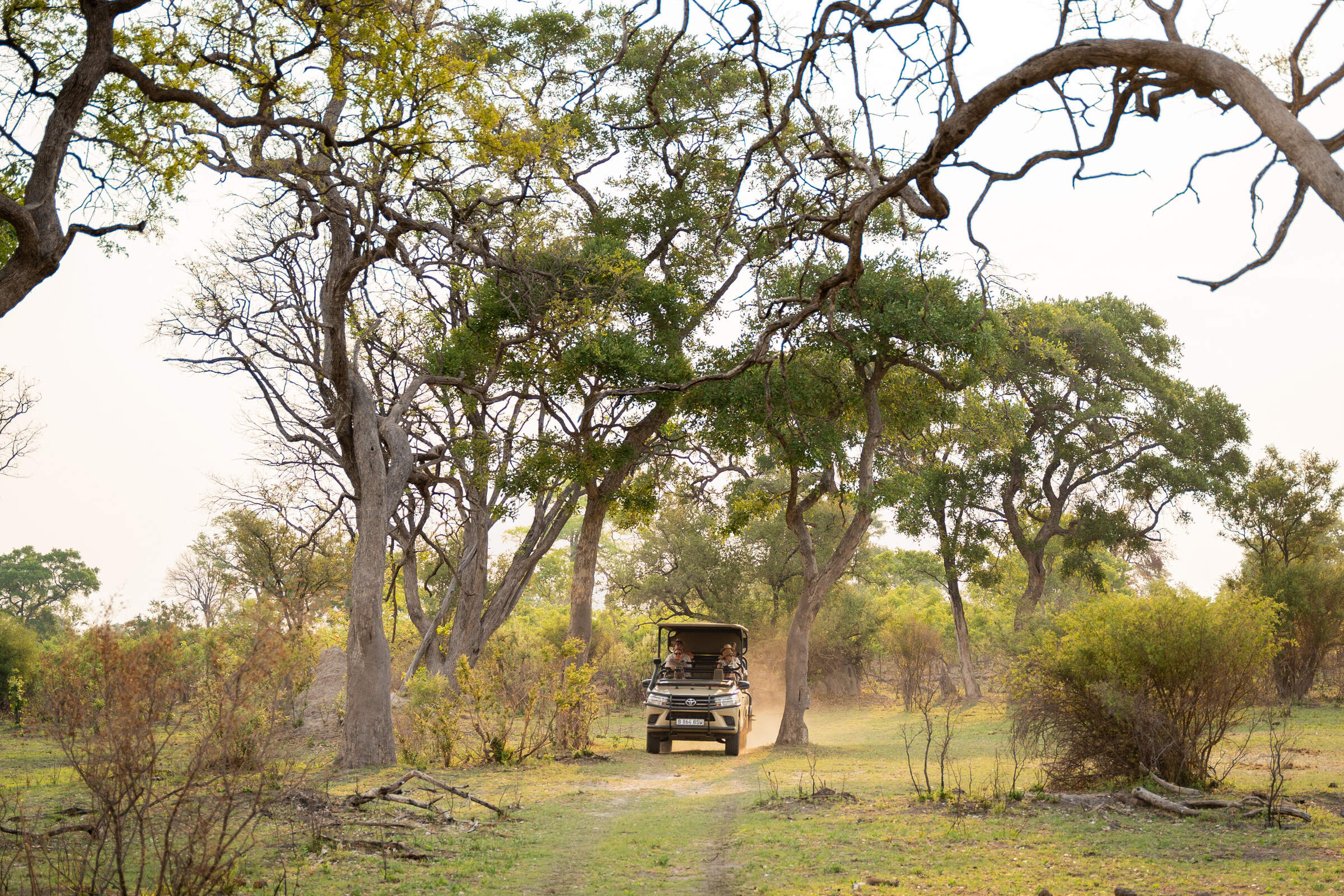
Karangoma
New for 2024, Karangoma is a classic, tented camp offering walking, canoeing and game drives, in partnership with the local Bukakwe San clan.
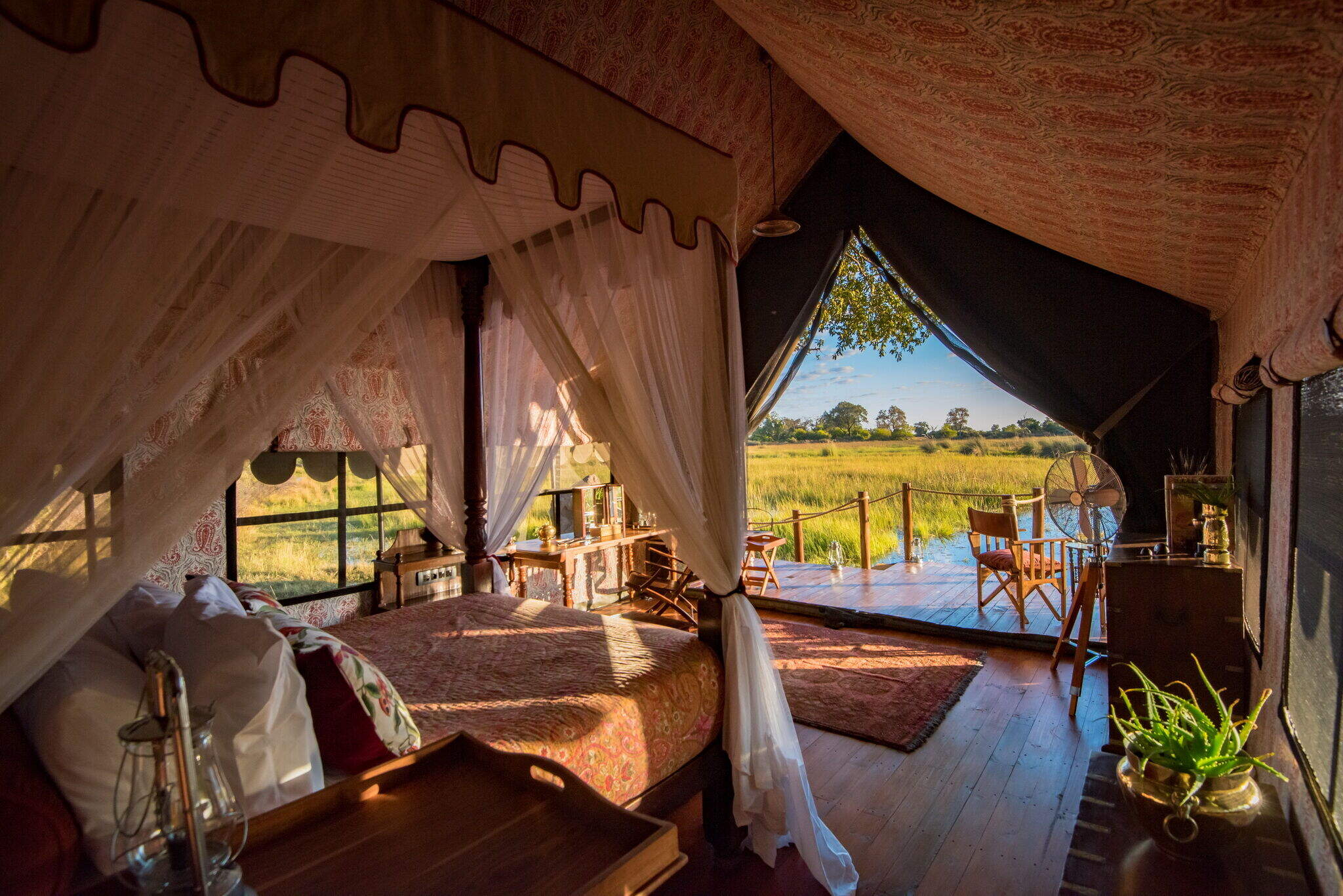
Duke’s Camp
On a remote island within a large concession, the romantic Duke's Camp and smaller Duke’s East are nestled among mature trees overlooking wildlife-rich plains and waterways of the Okavango.
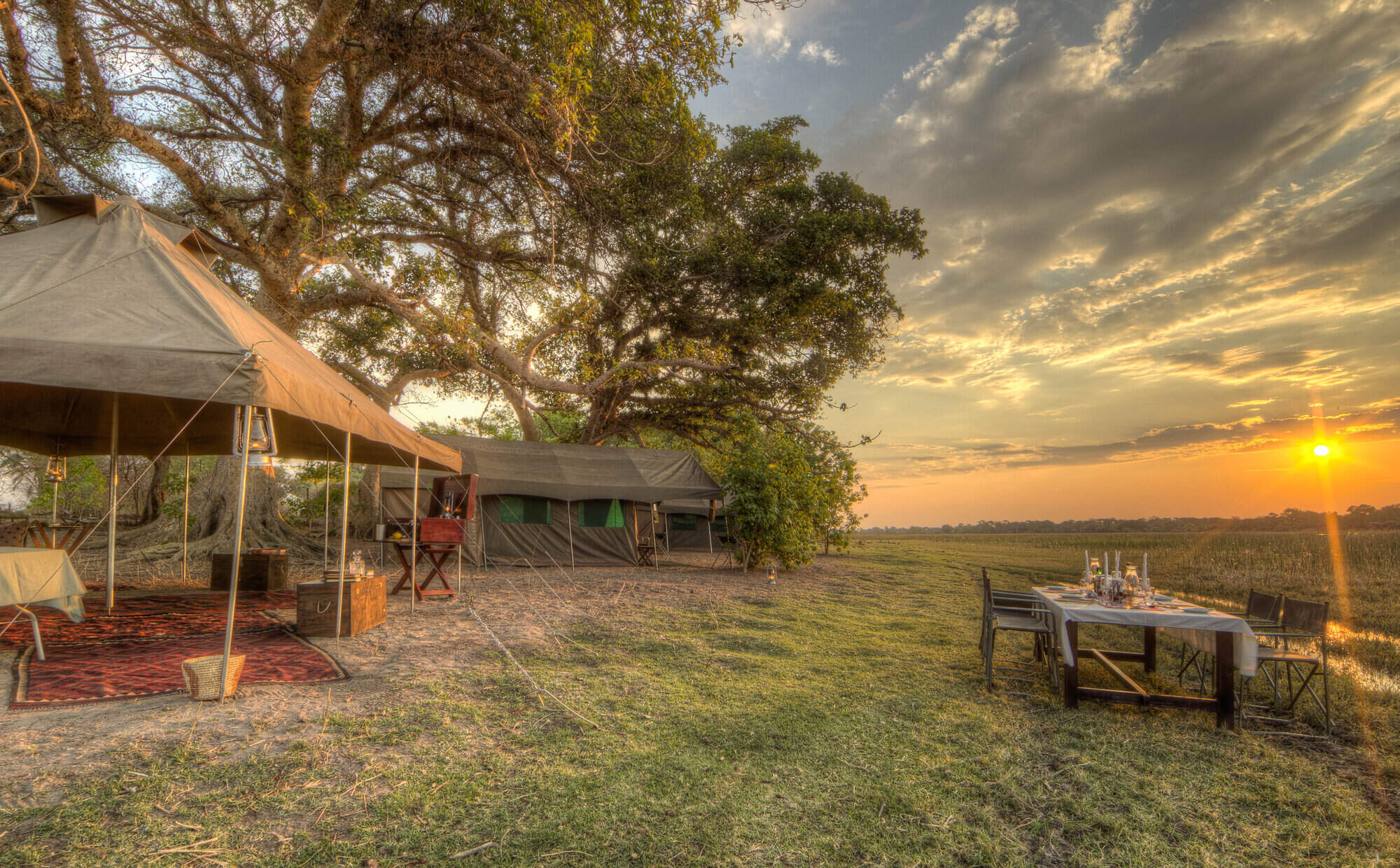
Okavango Walking Safari
The Okavango Delta Walking Safari camps in a secluded Okavango Delta Reserve where there are few roads; the ideal location for a walking trail led by an expert guide.
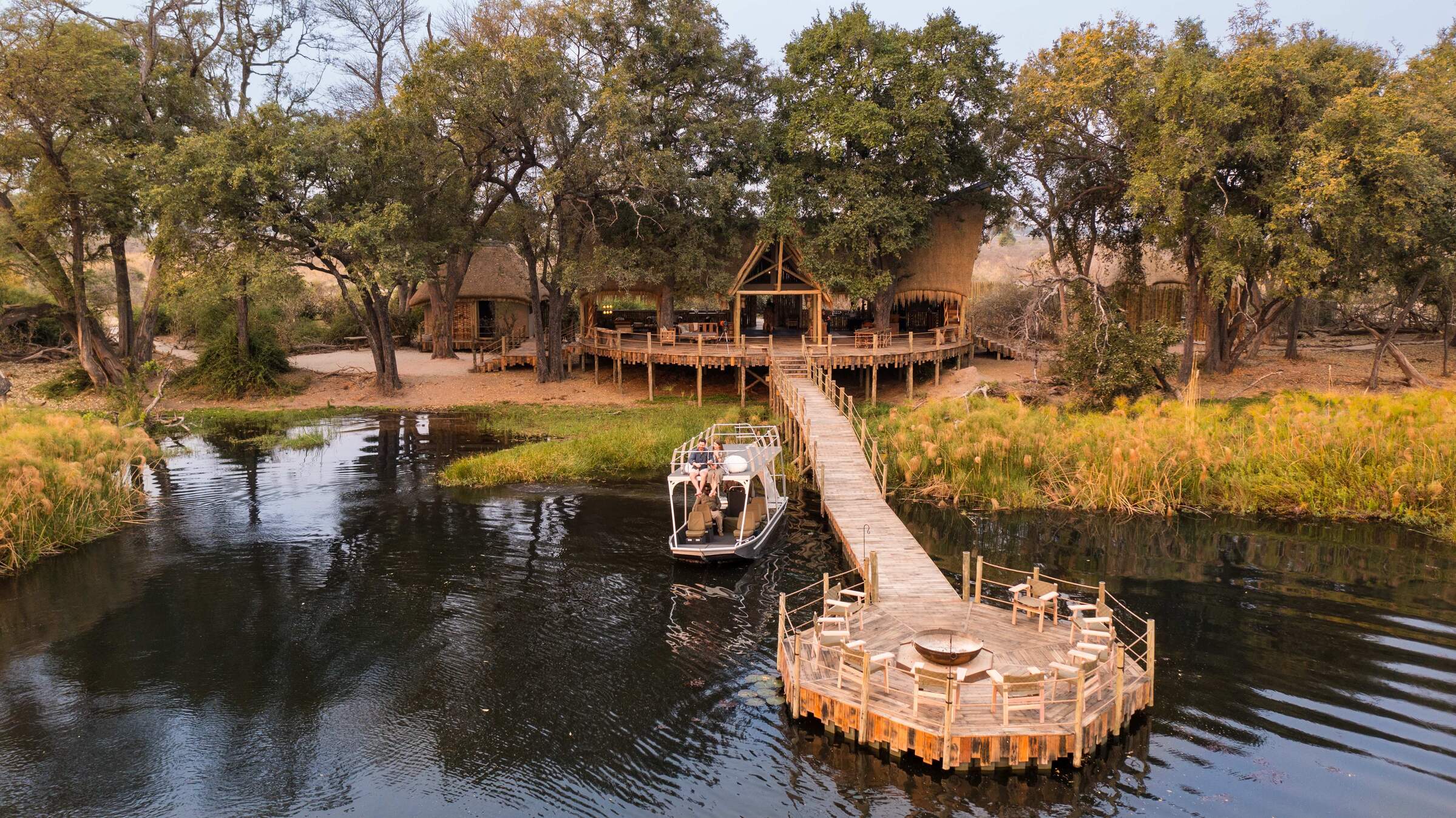
Sitatunga Island Camp
Tucked away in a pristine corner of the Okavango Delta, the exclusive Sitatunga Private Island is a water-based camp offering boating, mokoro trips and fishing.
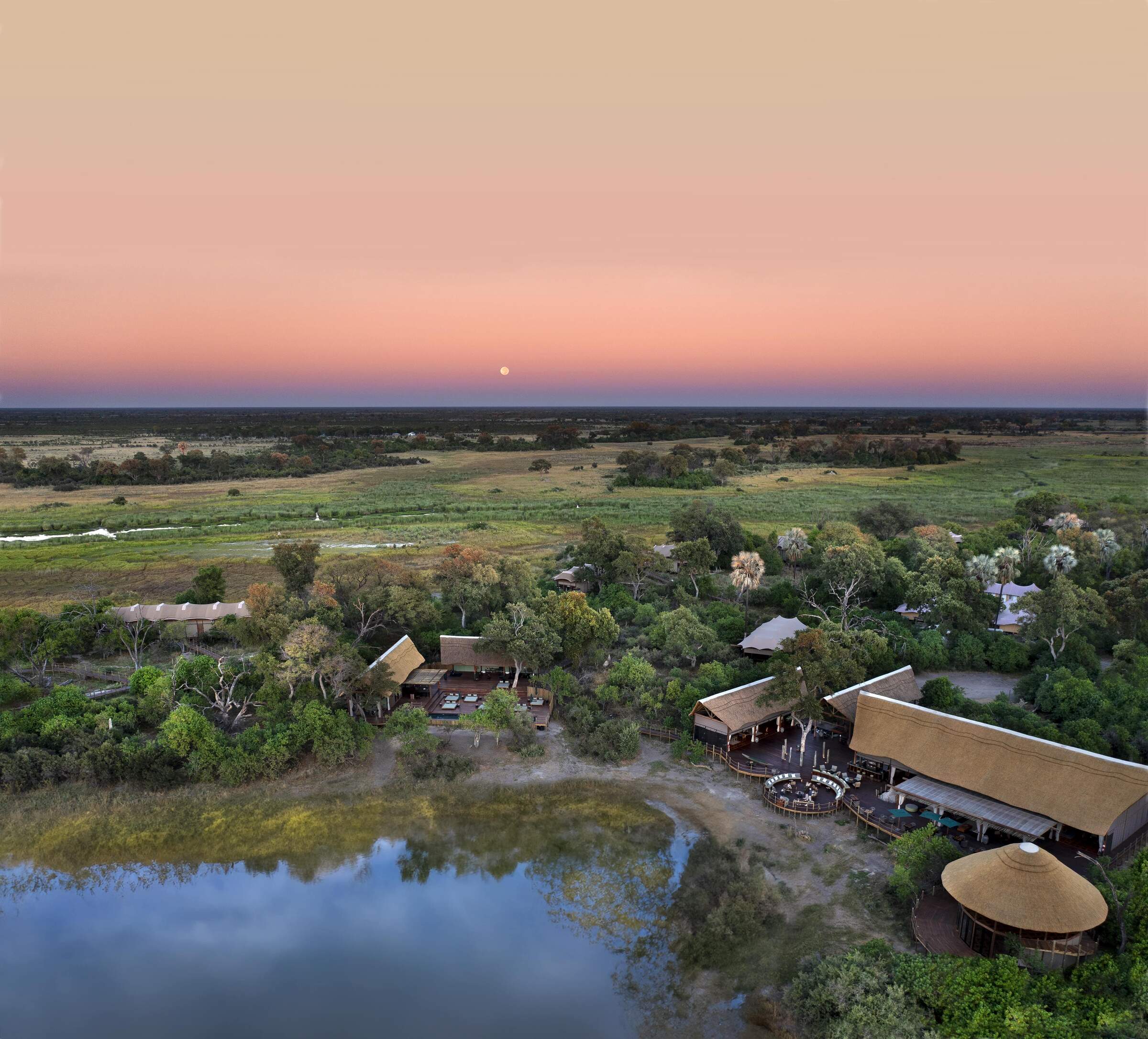
Atzaro Okavango
With a high level of tasteful luxury promised at Atzaro, we think it will be best suited to travellers seeking a touch of pampering alongside their safari.
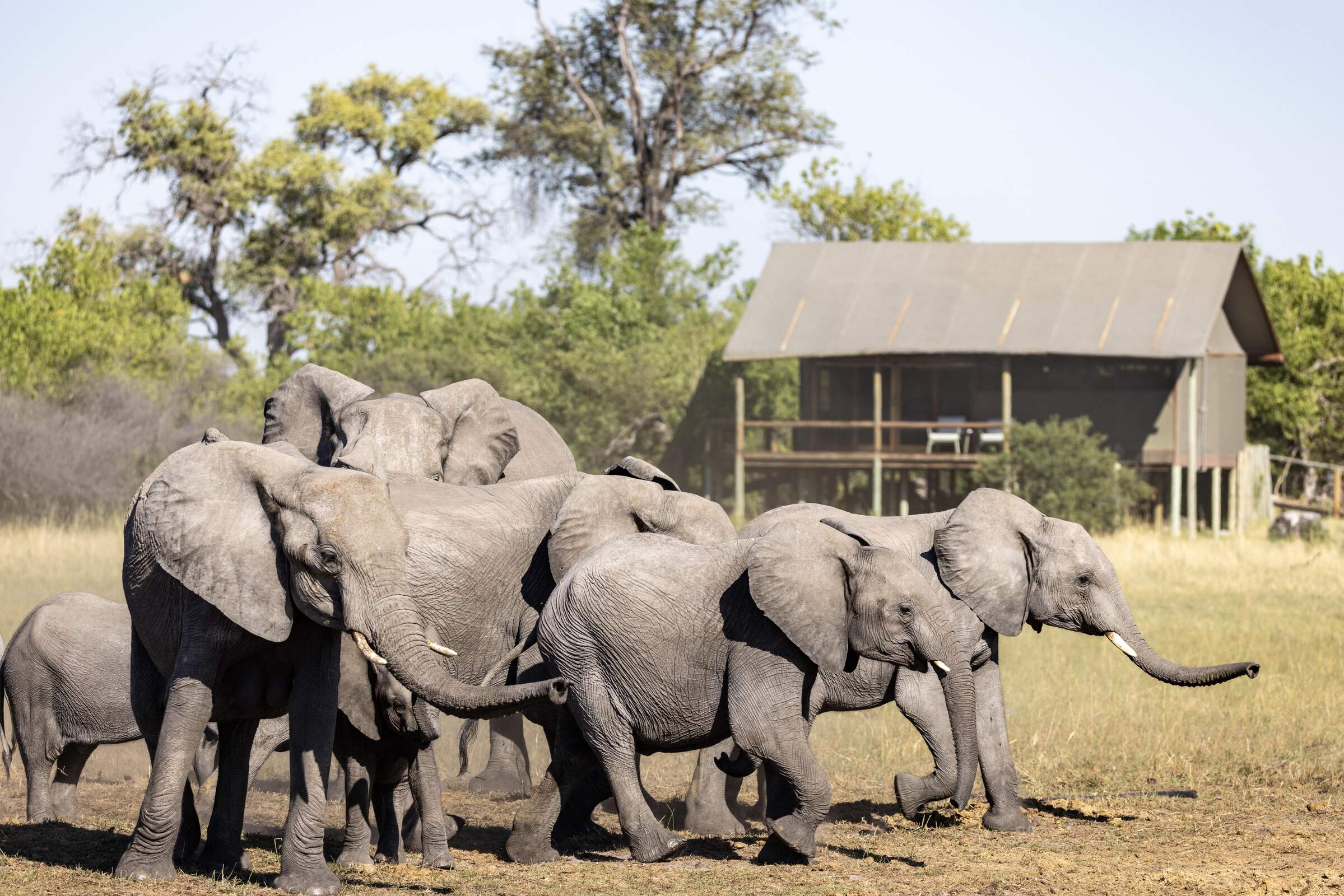
Mokolwane
Deep in the heart of the Okavango, the simple Mokolwane focuses on wildlife viewing in a large, untouched area.
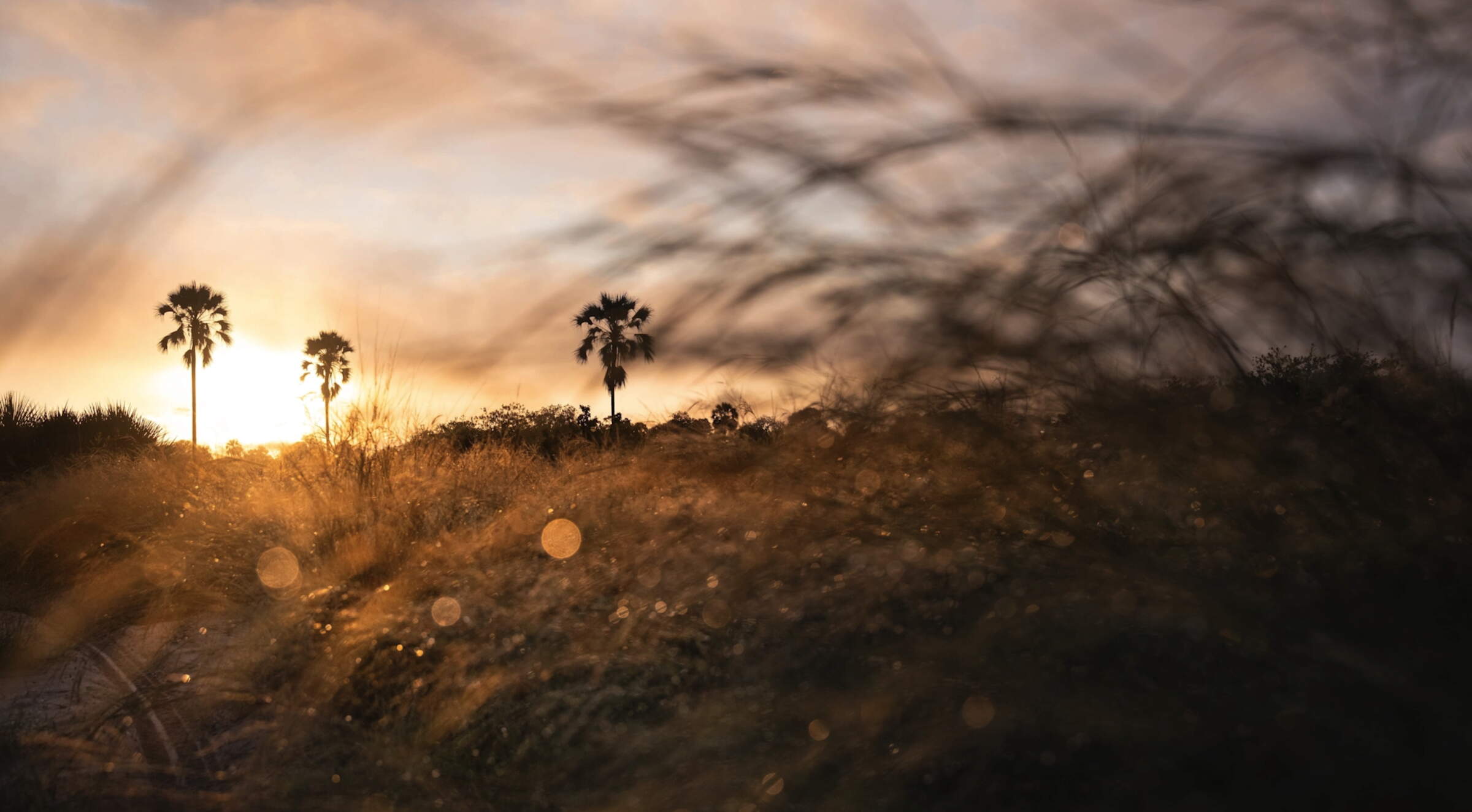
Singita Elela
Singita Elela is an exclusive safari camp on the western side of the Botswana's Okavango Delta - offering superb wildlife and water based opportunities depending on the seasonality.
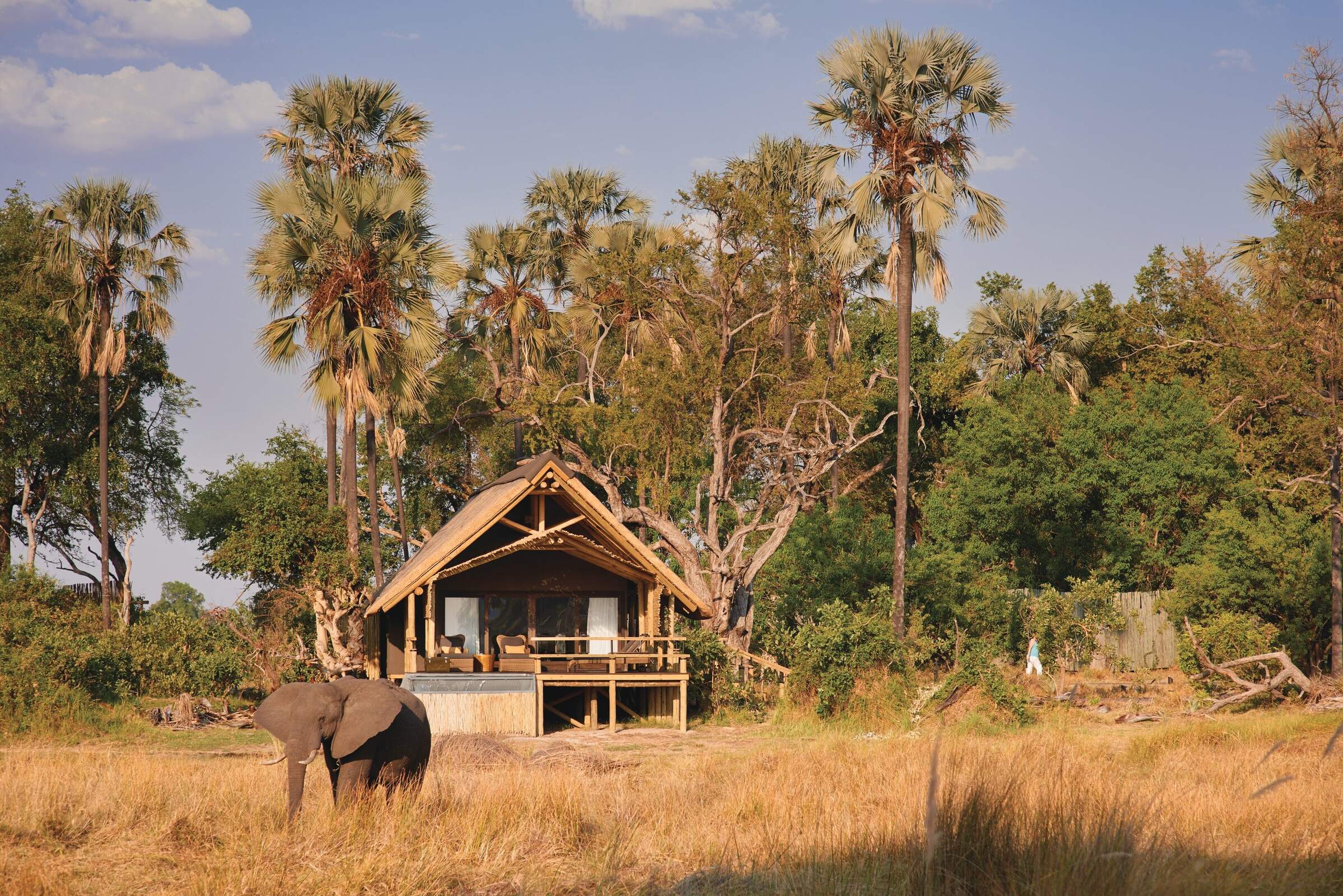
Eagle Island Lodge
Eagle Island Lodge is a luxurious camp with international-style facilities including air conditioning and intercom in each room; offering water based activities in the Okavango Delta.
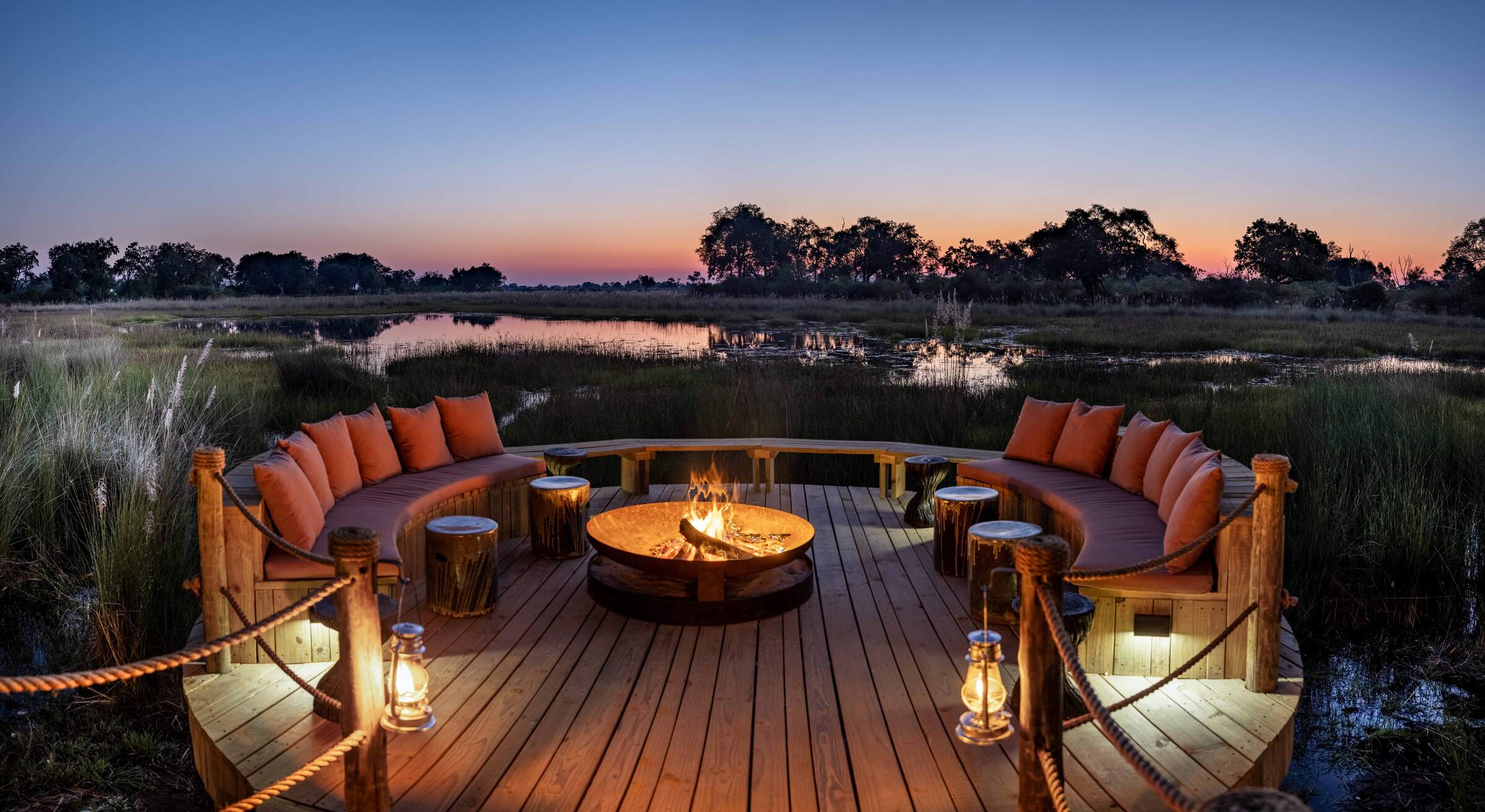
North Island Okavango
Deep in quintessentially “Okavango” territory, between deep-water and dry-land habitats, North Island focuses on a luxury safari experience with very good wildlife viewing opportunities.
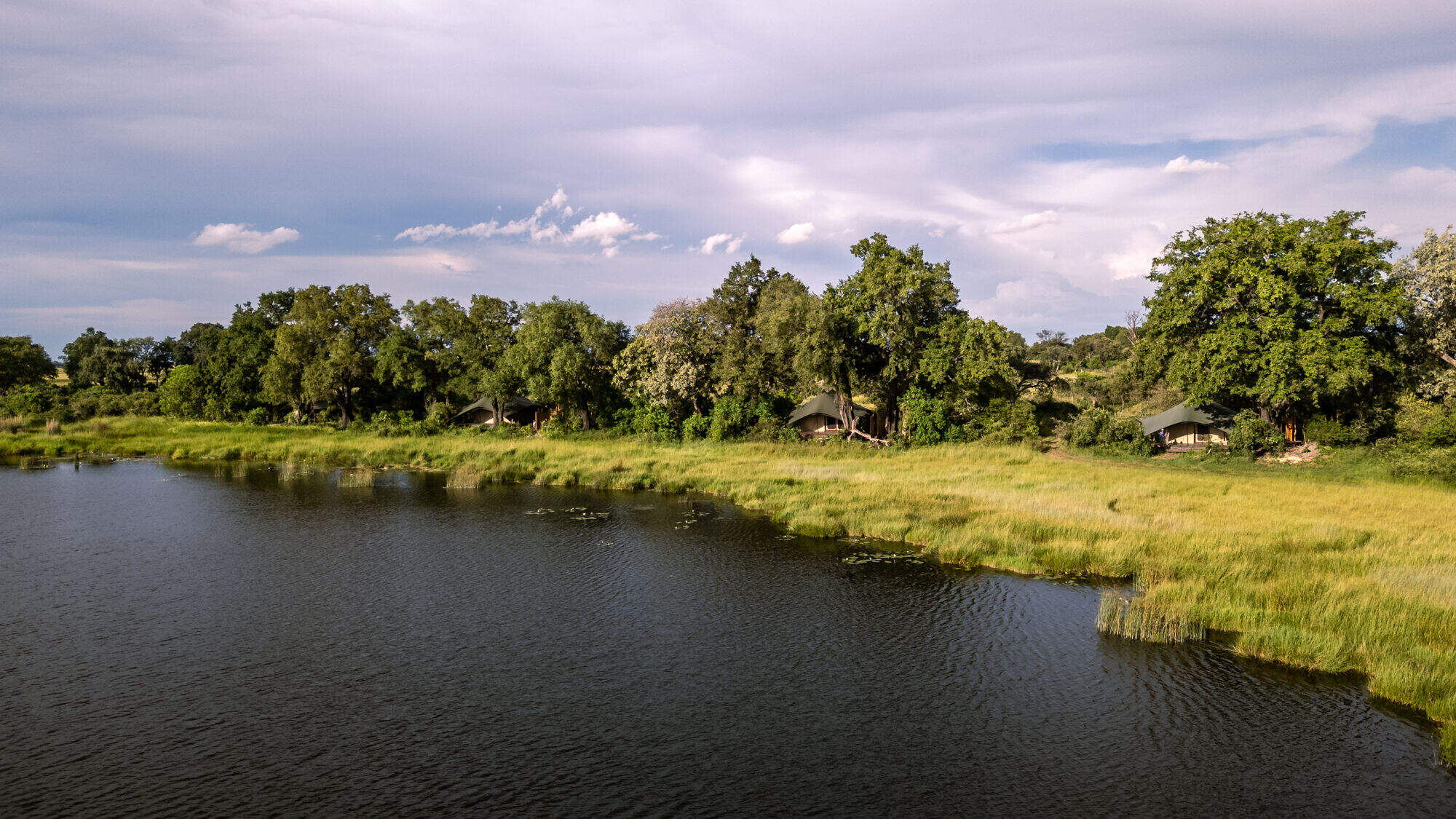
Maxa
Overlooking the permanent Maxa Lagoon, Maxa has a range of activities on offer, combining understated luxury with comfort in a remote location.
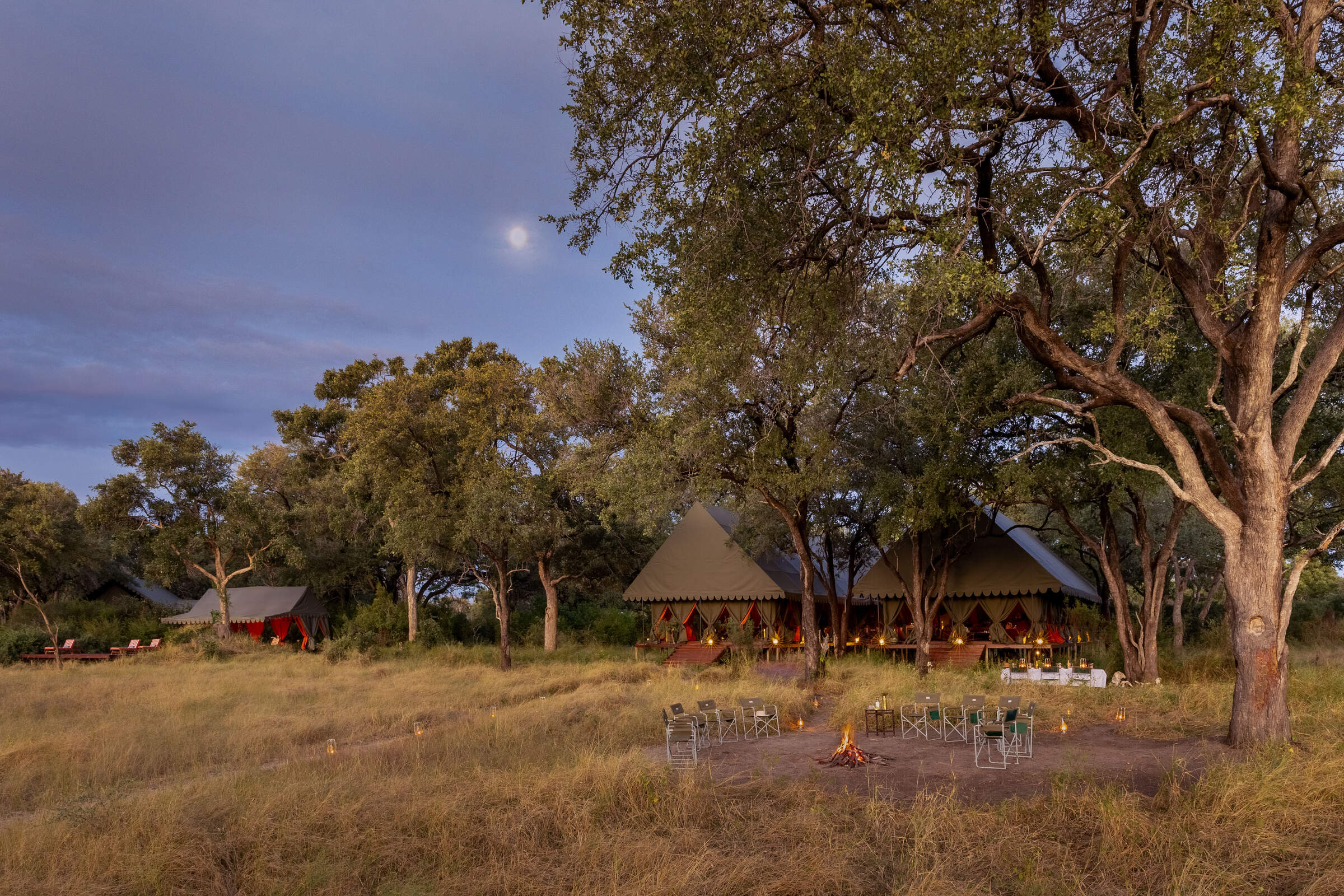
Mbamba
Deep within the northern Okavango, the classically styled Mbamba is located in the same wildlife-rich private concession as its sister camp Dukes.
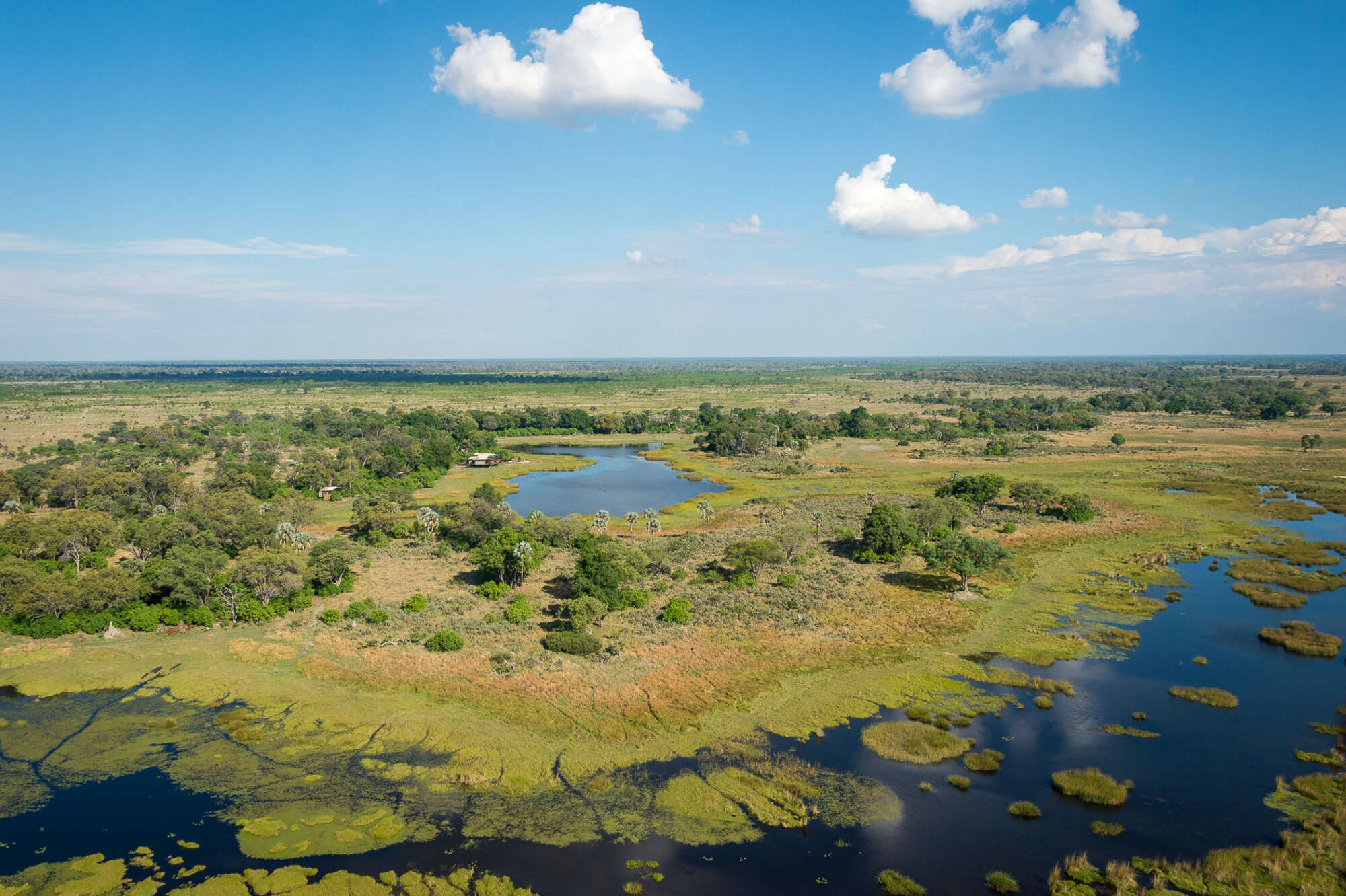
Qorokwe Camp
Luxurious and contemporary, the relatively new Qorokwe Camp is a gem in the Okavango Delta, offering land- and occasionally water-based activities in a prime wildlife area.
When to go to Okavango Delta Safari Reserves
Our month by month guide: What it's like to visit Gomoti Plains in Okavango Delta Safari Reserves
Jan
Feb
Mar
Apr
May
Jun
Jul
Aug
Sep
Oct
Nov
Dec
Okavango Delta Safari Reserves in January
January marks the peak of the rainy season in the Okavango Delta. Evening rains are often short but heavy, accompanied by occasional dramatic thunderstorms. Temperatures remain high, although cooler than the preceding months of October to December. Wildlife can be harder to spot as animals spread out across the lush floodplains.
This month is a birdwatcher’s paradise, with migratory species in abundance over flooded areas. Rising water levels in parts of the Delta make mokoro safaris possible, offering serene and immersive experiences. The vibrant greenery and dramatic skies provide stunning opportunities for photography. With relatively low rates and fewer visitors, January is ideal for those seeking a quieter, budget-conscious Botswana safari.
- Warm temperatures with frequent evening showers
- Birdlife at its most spectacular in the Delta
- Wildlife dispersed, but insects and smaller creatures abound
- Excellent availability in Delta lodges and camps
Our view
A good time to visit, with pros & cons
Weather in January
Okavango Delta Safari Reserves in February
February mirrors January’s weather patterns, with heavy rains and slightly cooler temperatures. The Delta’s landscape is at its greenest and teeming with life. Smaller animals, insects, and vibrant birdlife dominate, as many species raise their young. The rains create temporary pools and waterholes, further dispersing larger game, while thick vegetation and tall grass adds to the challenge of spotting big wildlife.
However, Moremi Game Reserve and select areas of the Delta still offer excellent game viewing opportunities. Rising water levels enhance water activities, with boat safaris providing unique access to the Delta’s watery beauty. February is particularly rewarding for photographers seeking lush landscapes and dramatic skies and birdwatchers, with many migratory species present.
- Warm with occasional thunderstorms
- Many animals with young in the Delta
- Big game dispersed throughout wetlands
- Big game dispersed, but viewing improves in drier areas
- Lower visitor numbers and great lodge availability
Our view
This is not a great time to visit
Weather in February
Okavango Delta Safari Reserves in March
March marks the gradual end of the main rainy season in the Okavango Delta. Sunny days become more frequent, with occasional afternoon thunderstorms. The Delta remains lush and vibrant, with wildlife activity increasing as animals finish raising their young and begin congregating around permanent water sources.
Rising water levels make boat safaris a highlight, offering intimate access to the Delta’s waterways. Birdwatching is excellent, with both resident and migratory species thriving. With fewer visitors, March offers a quieter, more personal safari experience.
- Rains taper off but temperatures remain warm
- Occasional small thunderstorms in Delta
- Wildlife begins congregating around water sources
- Ideal conditions for boat safaris
- Few tourists and attractive rates at camps
Our view
A good time to visit, with pros & cons
Weather in March
Okavango Delta Safari Reserves in April
April brings clearer skies to the Okavango Delta, with the landscape remaining green and lush. Night temperatures begin to drop, especially in the southern Delta. The annual floods from Angola start to flow through the northern Delta, filling channels and lagoons, creating ideal conditions for water-based activities like boat safaris.
Wildlife viewing improves as vegetation thins and predator activity increases with cooler evenings. Moremi Game Reserve and the private concessions offer rewarding game drives, and walking safaris on the larger islands, such as Chief’s Island, become popular during this time. Birdwatching remains excellent, with many migratory species still present. April’s combination of pleasant weather, wildlife activity, and relatively low rates makes it a rewarding time to visit.
- Cooler evenings and occasional light showers
- Floodwaters begin to fill Delta channels
- Predator-prey interactions increase
- Ideal for walking safaris and boat trips
- Popular shoulder season, rates fairly low
Our view
A good time to visit, with pros & cons
Weather in April
Okavango Delta Safari Reserves in May
May is a popular time to visit the Okavango Delta, marking the last month of the shoulder season. The annual floods continue to spread through the Delta, transforming the landscape. Cooler mornings and evenings encourage predator activity, while thinning vegetation makes wildlife spotting easier, though some tall grasses may still obstruct views.
May offers excellent photographic opportunities with clear, crisp air. It's a favourite time for many visitors, combining good wildlife sightings with pleasant weather. Camp bookings throughout the Delta fill up quickly during this period.
This is a perfect month for scenic flights, offering breathtaking views of the advancing floodwaters. Mokoro trips through the Delta’s tranquil waterways provide a unique perspective on the environment. Camps start to fill quickly as the Delta’s combination of pleasant weather and excellent wildlife sightings makes it a favourite among safari-goers.
- Cool mornings and evenings with little rain
- Improved game viewing as Delta grasses thin
- Predator activity increasing in drier areas
- Scenic flights and water activities highly recommended
- Last month of shoulder season for camps
Our view
A very good time to visit
Weather in May
Okavango Delta Safari Reserves in June
June signals the start of the dry season in the Okavango Delta. Days are warm, with clear skies, while mornings and evenings can be cold, occasionally reaching freezing temperatures. The annual floods reach their peak, creating spectacular conditions for water-based activities like boat safaris along the Khwai River and in private concessions.
Wildlife concentrates around permanent water sources as surface water dries up, improving game viewing. The thinning vegetation and crisp, clear air make June perfect for photography. High demand for camp bookings reflects its popularity, as this month combines great game viewing and pleasant weather.
- Warm days, cold mornings and nights
- Peak floodwaters make boat safaris unforgettable
- Wildlife congregates around permanent water sources
- Excellent conditions for photography
- High demand for camps and lodges
Our view
Fantastic: the very best time to visit
Weather in June
Okavango Delta Safari Reserves in July
July offers cool mornings and evenings with warm, sunny days, making it ideal for wildlife viewing. The floodwaters remain at their peak, providing excellent opportunities for boat safaris. Vegetation continues to thin, enhancing visibility on game drives in Moremi Game Reserve and the Okavango’s private reserves.
Large herds of elephants and buffalo are common sights as they gather near water sources. Predator sightings, including lions and leopards, increase as prey concentrates. Birdwatching is rewarding, and the crisp winter air creates stunning photographic conditions. July is one of the most popular months to visit, with many lodges fully booked well in advance.
- Comfortable days, cold mornings and nights
- Excellent game viewing and predator activity
- Moremi and Khwai areas become busy
- Private concessions offer exclusivity
- High season rates; advance bookings essential
Our view
Fantastic: the very best time to visit
Weather in July
Okavango Delta Safari Reserves in August
August remains a highly sought-after month for visiting the Okavango Delta. Nights are cool, while daytime temperatures rise gradually. Wildlife viewing is exceptional as animals concentrate near water sources, while the Delta’s floods are typically at their peak, offering picturesque settings for excellent boat safaris.
Walking safaris and game drives in areas like Moremi Game Reserve and Chief’s Island are particularly rewarding. Large herds of elephants and buffalo are common sights, and predator activity is high, with increased chances of seeing lions, leopards, and wild dogs hunting. The clear skies and lack of humidity create excellent stargazing conditions. With many travellers visiting during European and North American holidays, lodge availability can be challenging.
- Dry, warm days and cool nights in the Delta
- Fantastic wildlife viewing near water sources
- Excellent opportunities for game drives and boat safaris
- Cloudless skies, spectacular stargazing
- High demand for accommodation – book early
Our view
Fantastic: the very best time to visit
Weather in August
Okavango Delta Safari Reserves in September
September is a favourite for many safari-goers in the Okavango Delta. Daytime temperatures rise, but nights remain cool. The landscape transforms as greenery fades, and hazy conditions create dramatic sunsets. Wildlife viewing peaks as animals cluster around permanent water sources, with especially large numbers of elephants and buffalo. This concentration of prey attracts predators, increasing chances of witnessing exciting hunts.
The return of migratory birds enhances birdwatching. Water levels begin to recede, but boat cruises are still possible. Dusty conditions may challenge photographers, but the stunning landscapes and wildlife action more than make up for it.
- Warm days, cool nights in the Delta
- Prime month for Okavango wildlife viewing
- Migratory birds return, enriching birdwatching
- Spectacular sunsets and dramatic scenery
- High season rates, many Delta camps full
Our view
Fantastic: the very best time to visit
Weather in September
Okavango Delta Safari Reserves in October
October is the hottest and driest month in the Okavango Delta. Wildlife concentrates around the last remaining water sources, creating some of the most dramatic game viewing opportunities of the year. Predator-prey interactions are frequent and visibility is excellent, making for thrilling safaris.
Walking safaris are particularly rewarding, especially on smaller islands, but early starts are essential to avoid the midday heat. Towards the end of the month, the first rains may bring relief and begin rejuvenating the parched landscape. Despite the heat, October offers excellent big-game viewing and dramatic photographic moments of animal interactions.
- Hot days, with late-month chances of rain
- Outstanding big-game viewing near water sources
- Water activities limited as floods recede
- Walking safaris provide unique experiences
- Final month of the peak safari season
Our view
Fantastic: the very best time to visit
Weather in October
Okavango Delta Safari Reserves in November
November marks the start of the green season in the Delta. Rising humidity and temperatures often lead to the first heavy rains; these are typically short, heavy showers in the late afternoon or night, creating spectacular scenes and bringing a flush of green to the parched landscape. Wildlife begins to disperse as waterholes refill, but game drives still offer rewarding sightings.
Water levels may be low, limiting boat activities, but November is exceptional for birdwatching, with the arrival of many migratory species. Scenic flights highlight the contrast between dry and wet areas. The first two weeks are popular for travellers seeking good game viewing at lower rates as the Delta transitions into its shoulder season.
- Hot, humid days in the Delta
- Dramatic rain showers , increasing as month progresses
- Migratory birds arrive in abundance
- Wildlife watching good, but less predictable
- Shoulder season offers mid-range rates
Our view
A good time to visit, with pros & cons
Weather in November
Okavango Delta Safari Reserves in December
December sees the rainy season in full swing across the Okavango Delta, bringing some respite from high temperatures. Game viewing becomes more challenging as wildlife disperses, but great sightings can still be had. The landscape transforms dramatically, with lush vegetation sprouting across the Delta. This period is excellent for birdwatching, with numerous migratory species present.
Water levels begin to rise, gradually improving conditions for boat safaris. The green season offers unique photographic opportunities, with dramatic skies and newborn animals. December is ideal for visitors seeking a more intimate Delta experience, with fewer tourists and lower rates at many camps and lodges. The combination of wildlife, birdlife, and scenic beauty makes it a rewarding time to visit.
- Warm temperatures
- High chance of rain in short, heavy storms
- Wildlife more dispersed across Delta
- Game viewing more challenging in wetlands
- Low-season rates and fewer visitors in most Delta camps
Our view
A good time to visit, with pros & cons
Weather in December

Looking for inspiration on where to travel next?
Visit our trip chooser to explore your options and find inspiration for your perfect African adventure
Inspire me